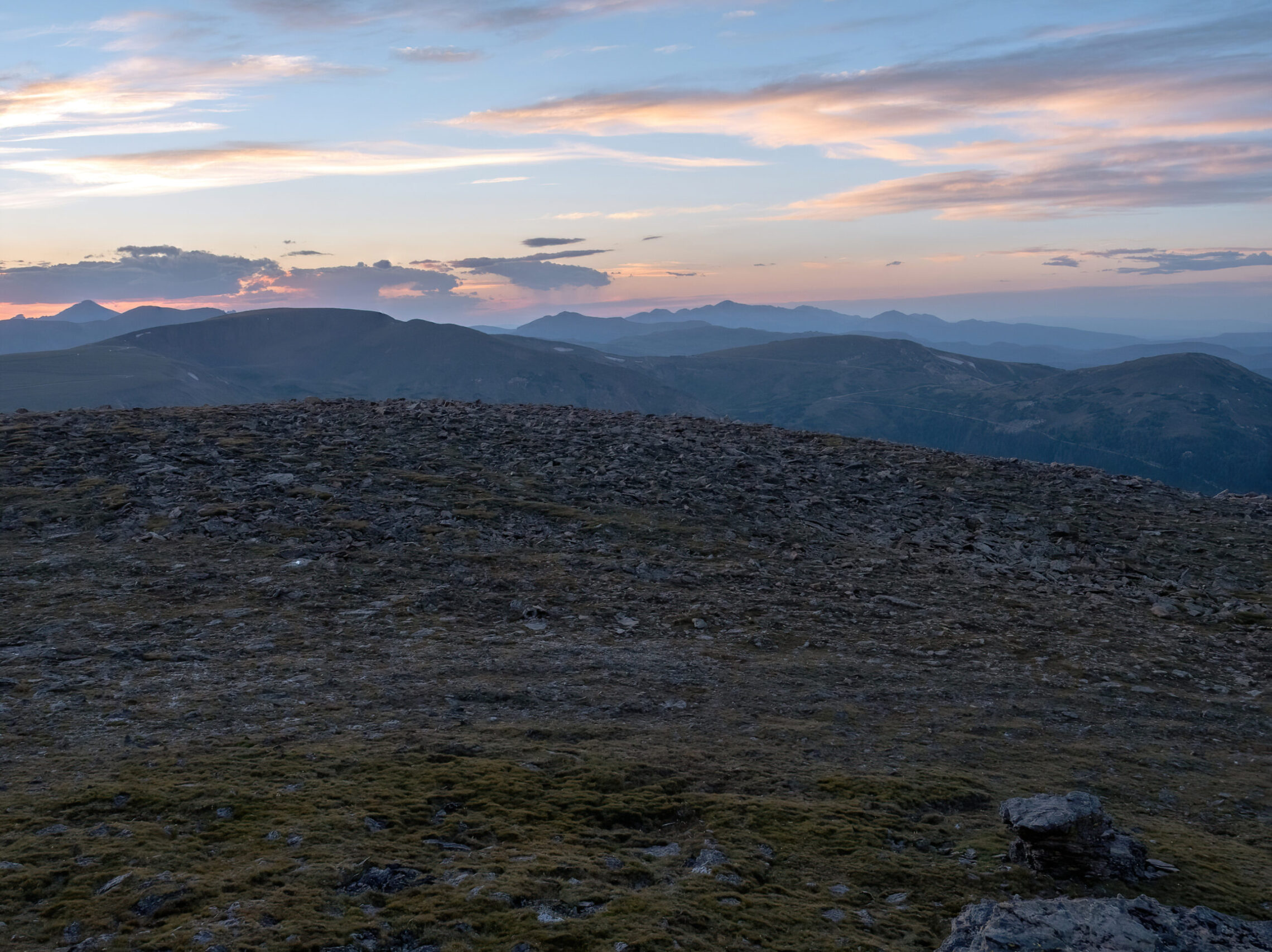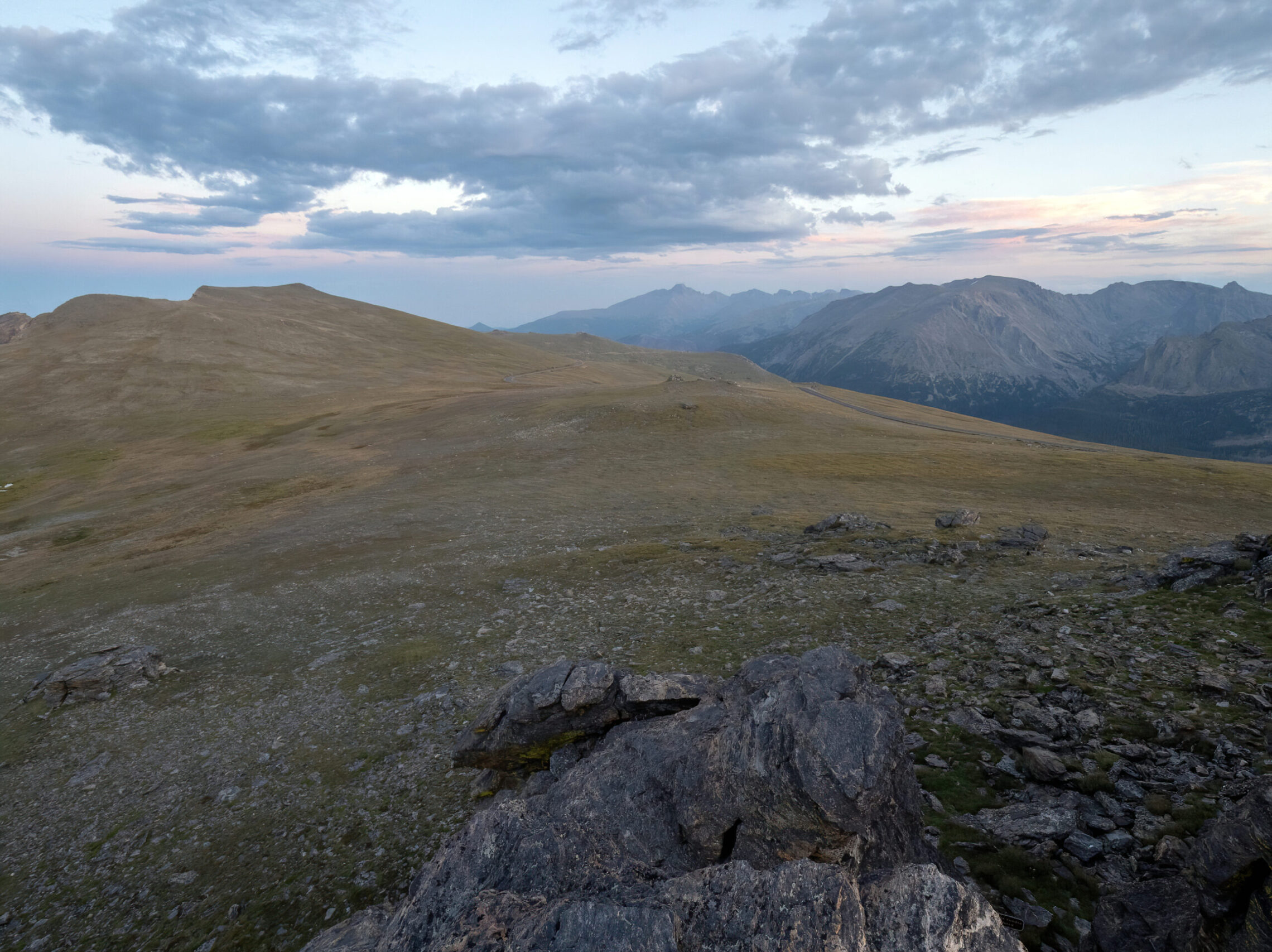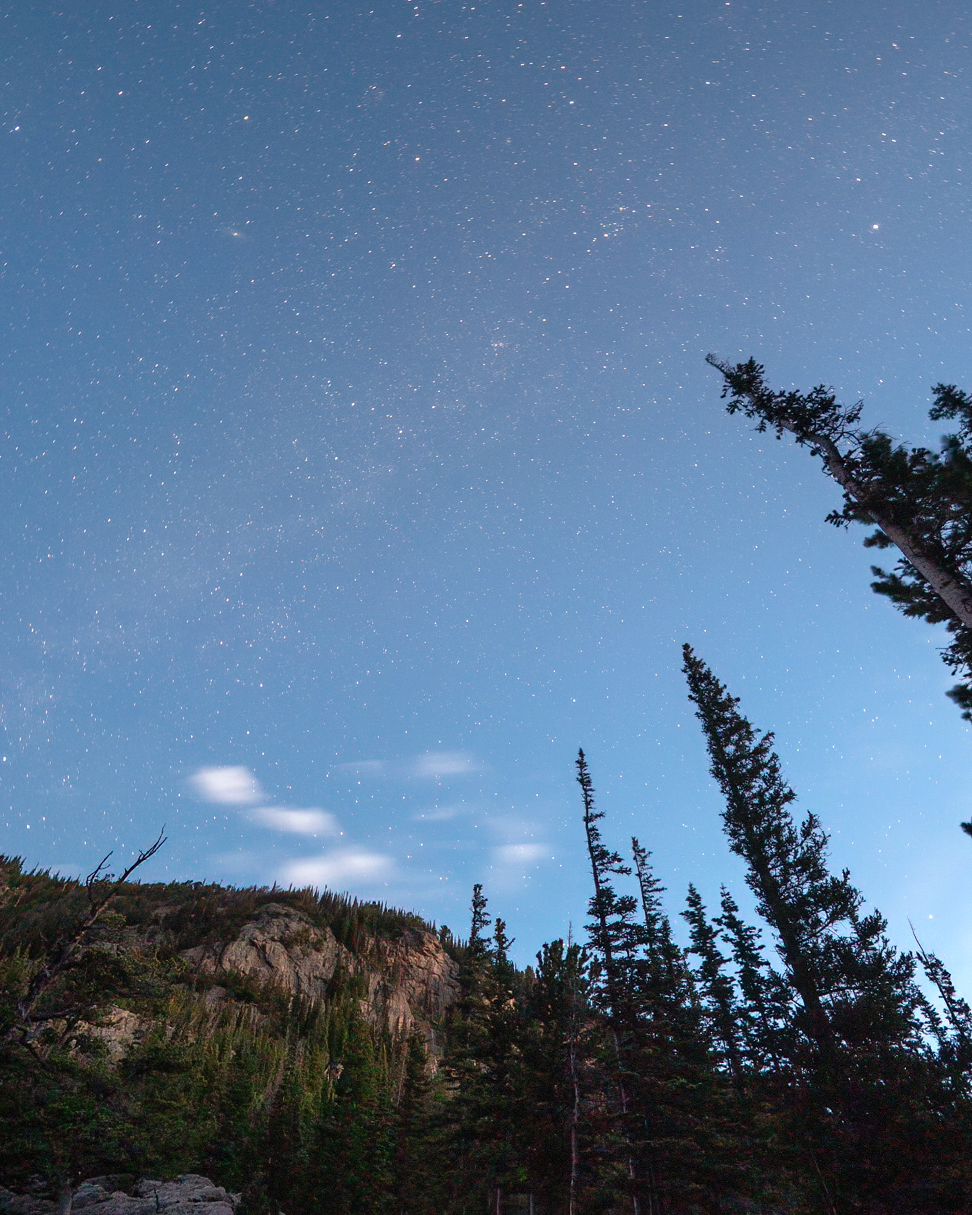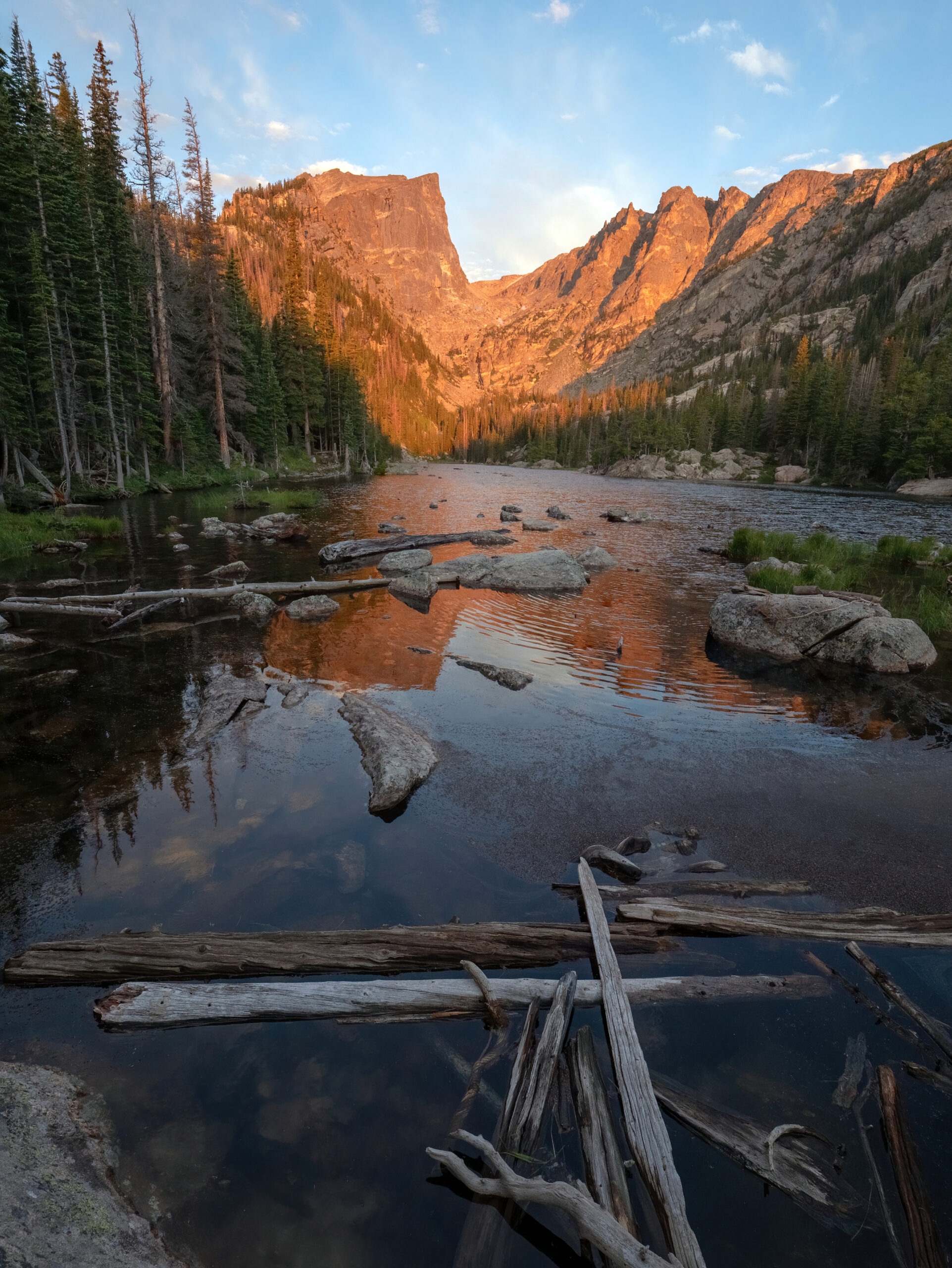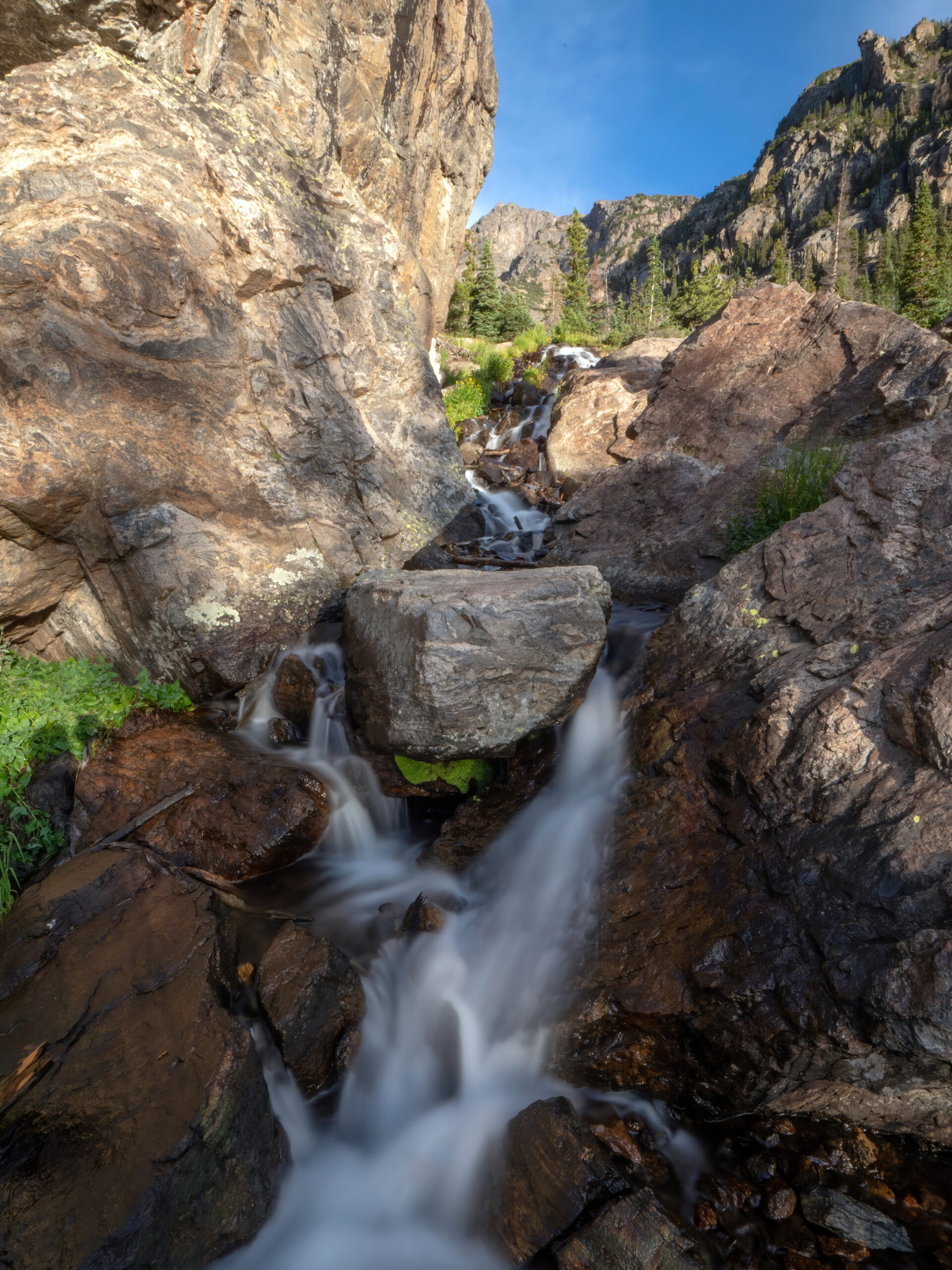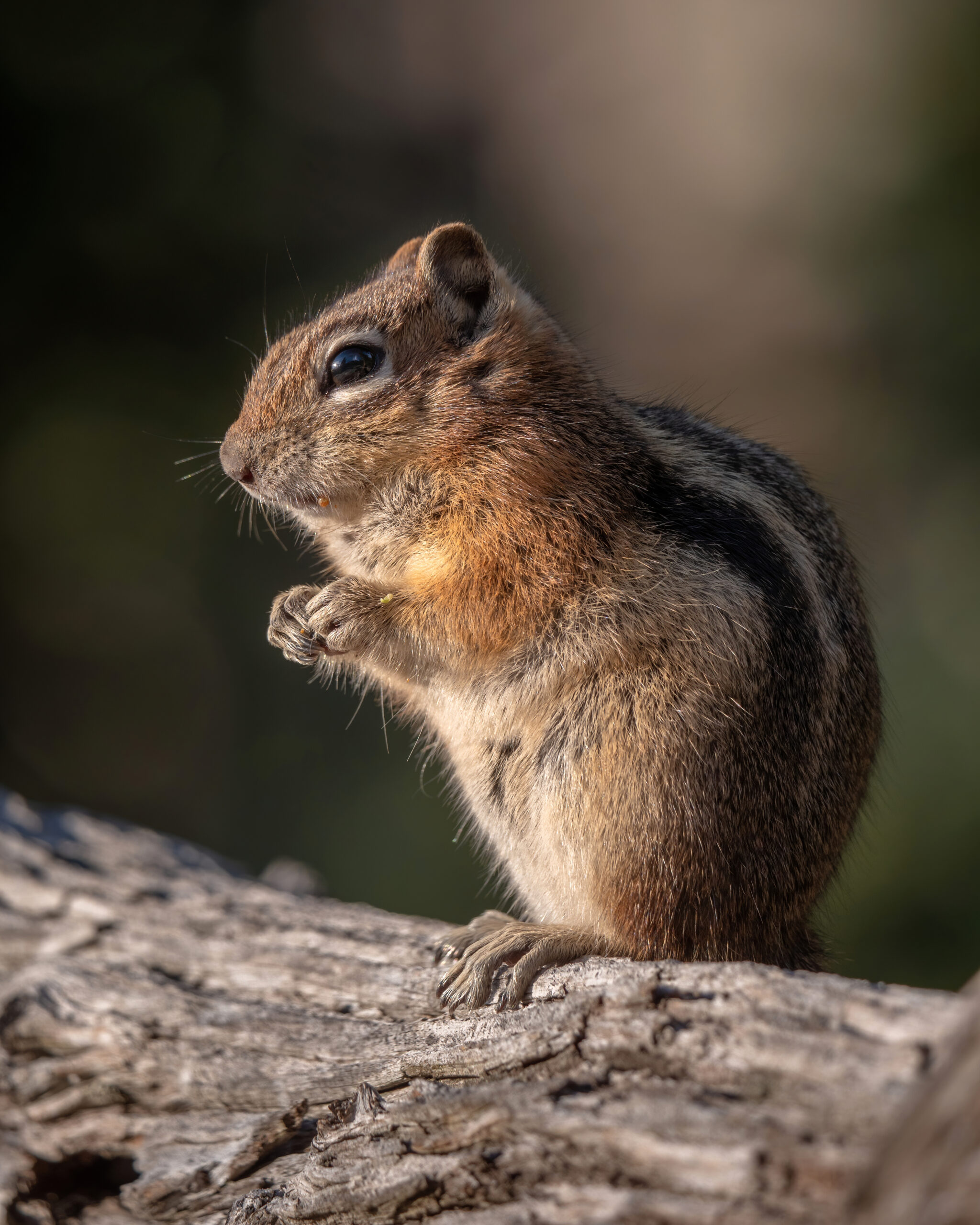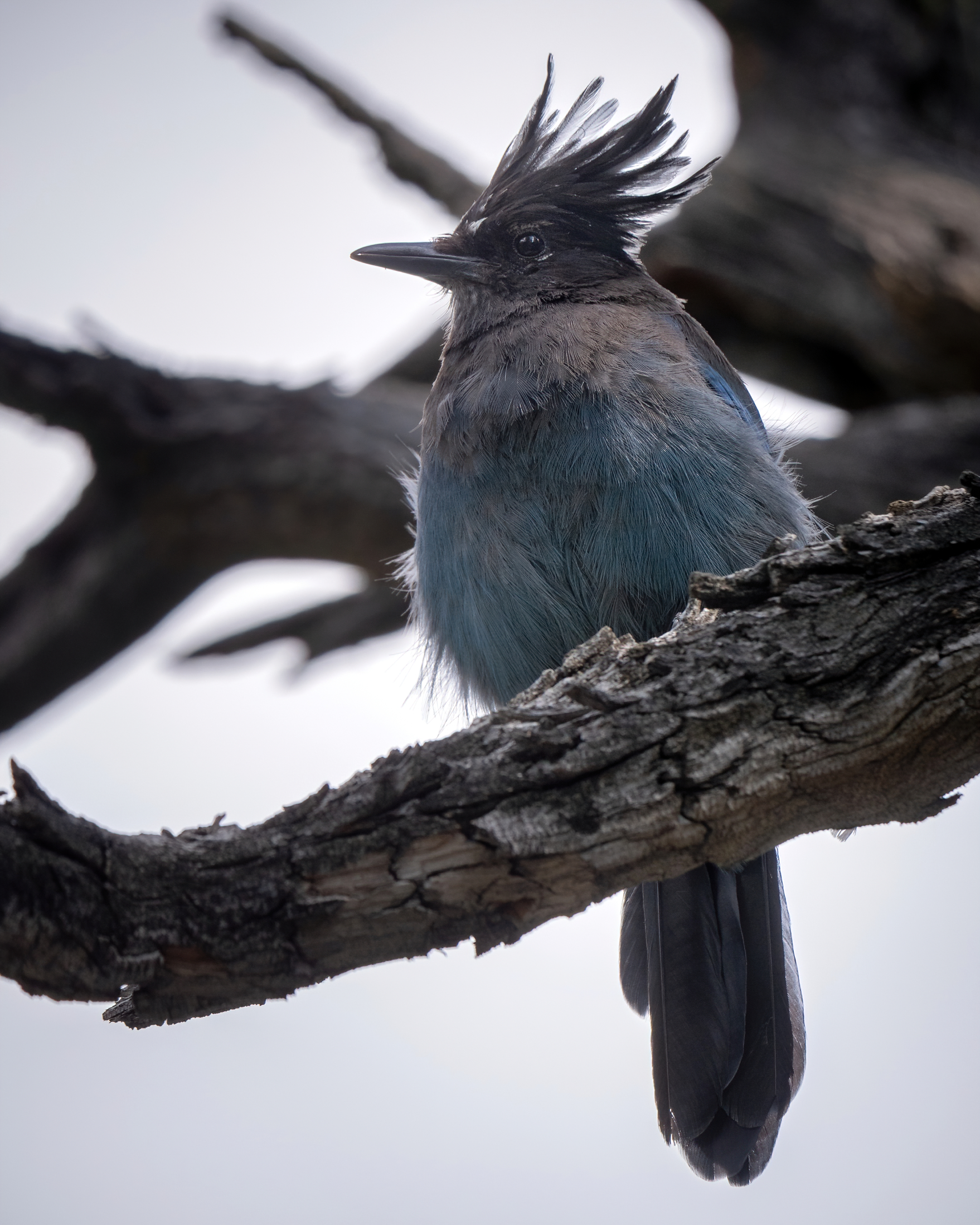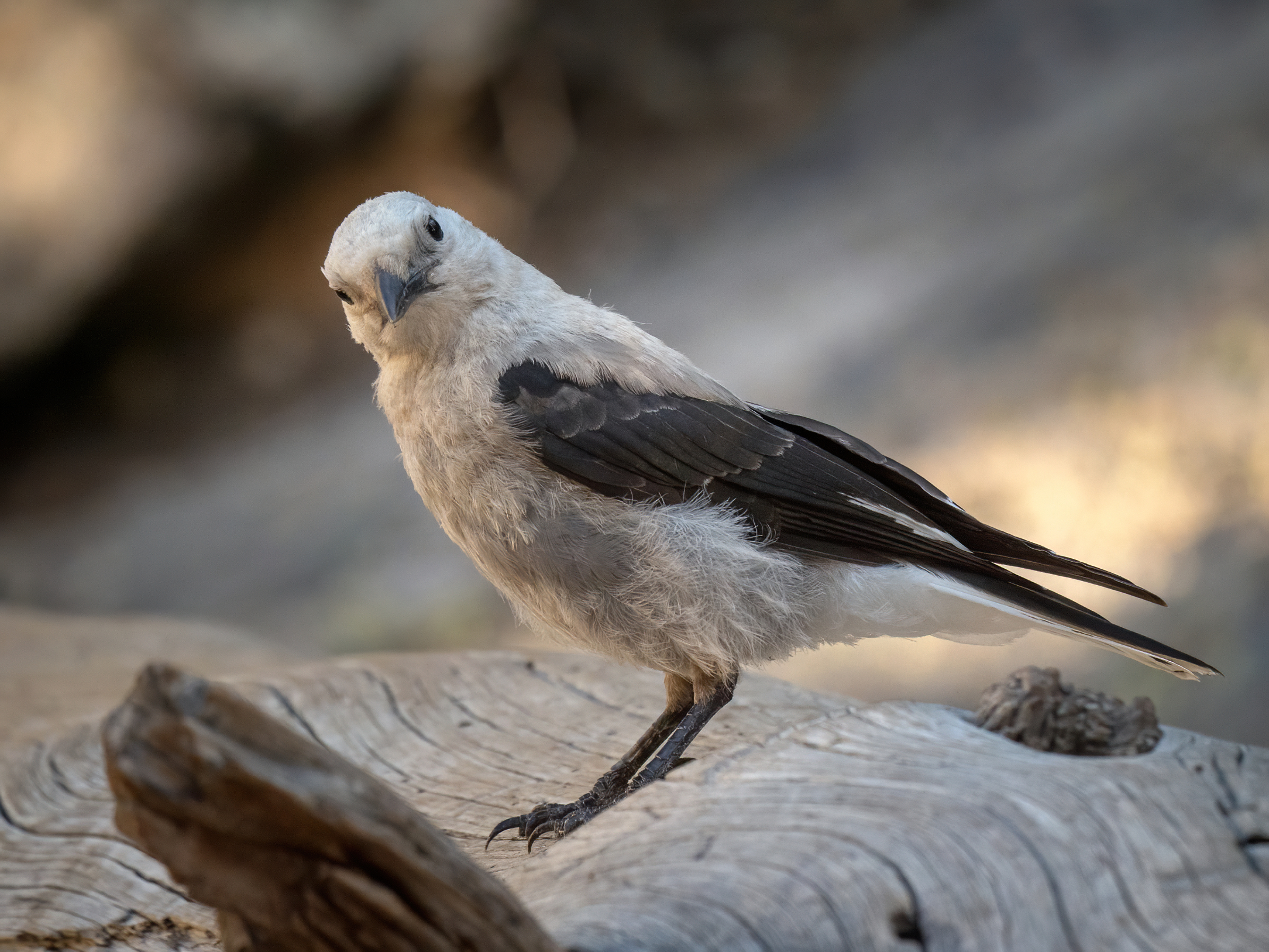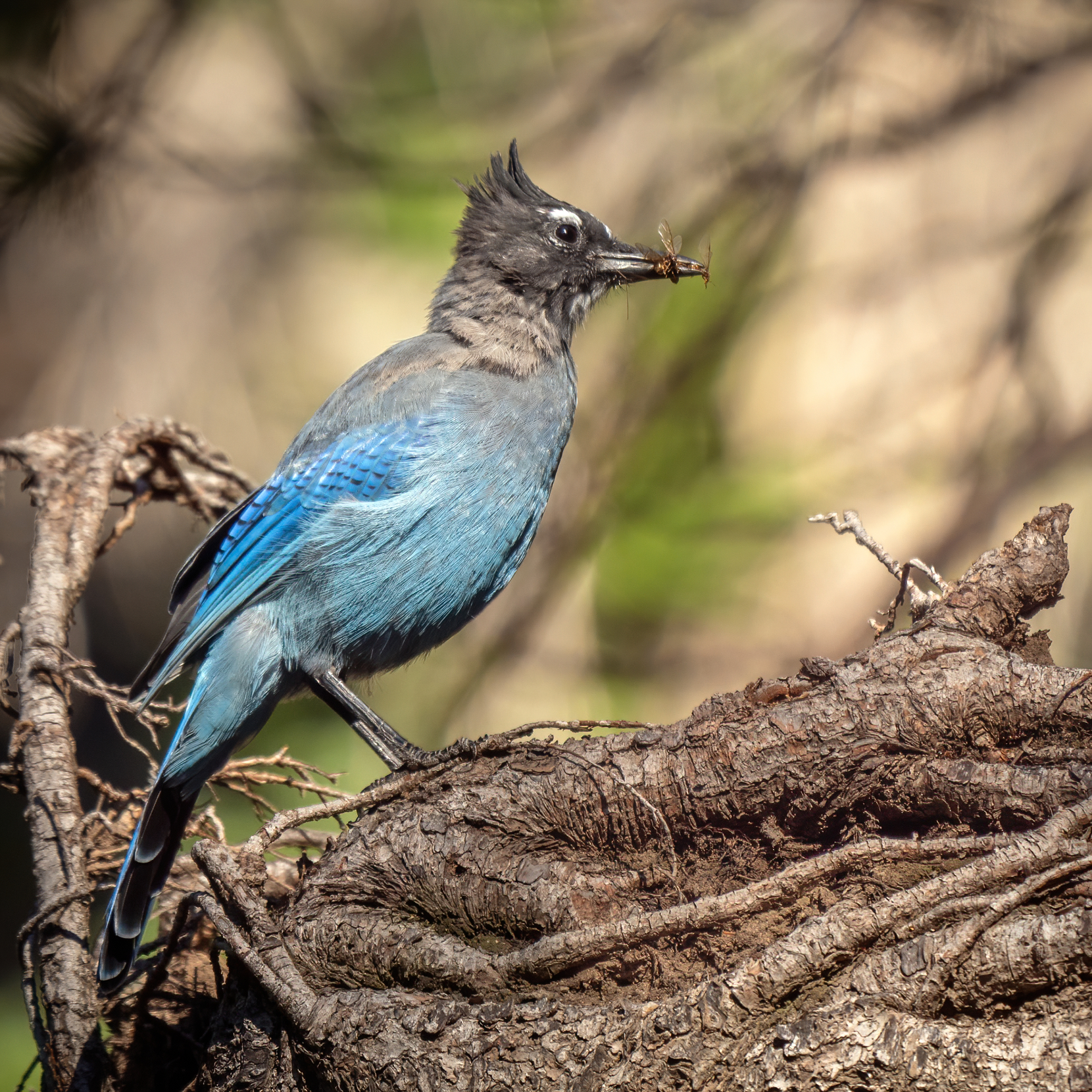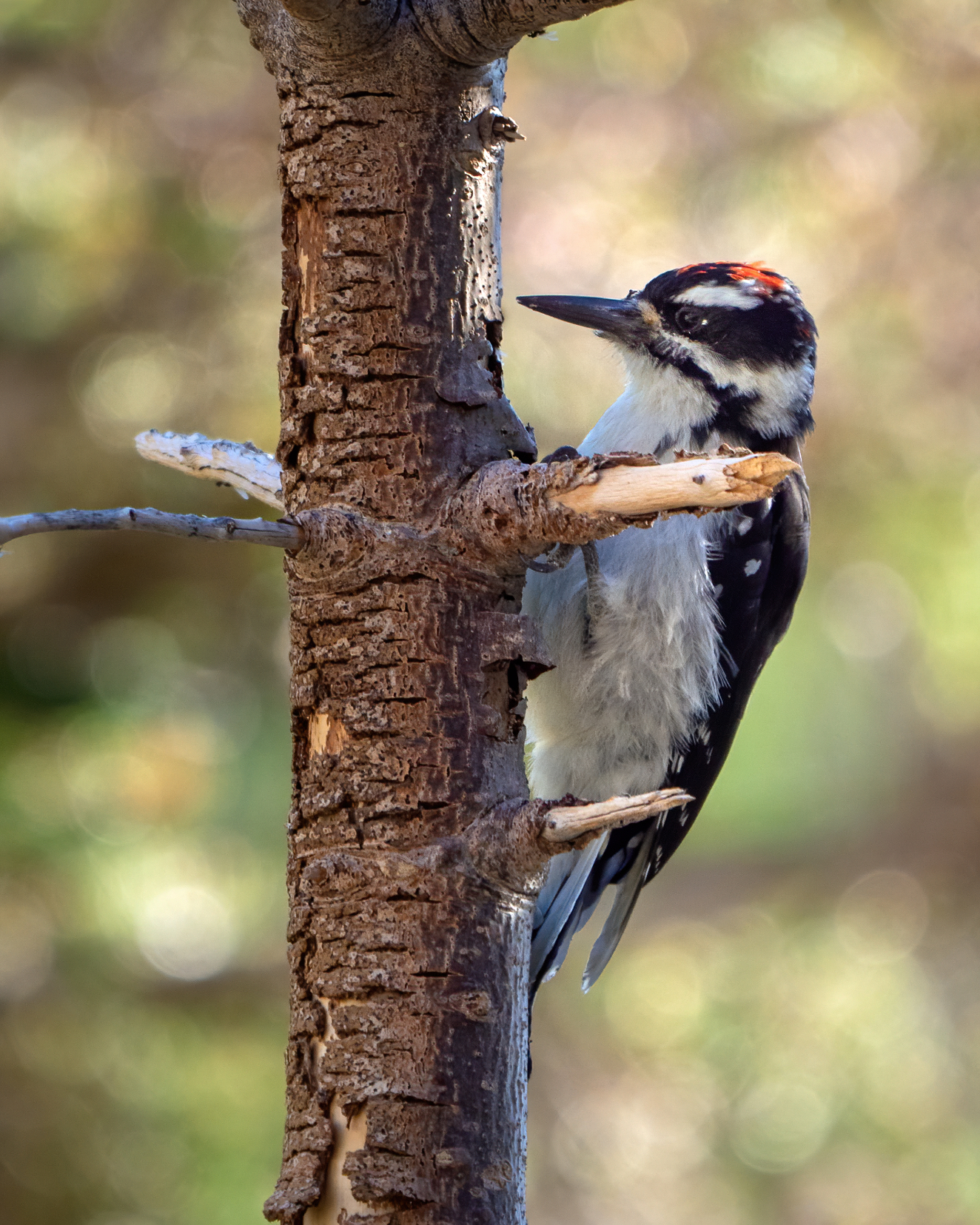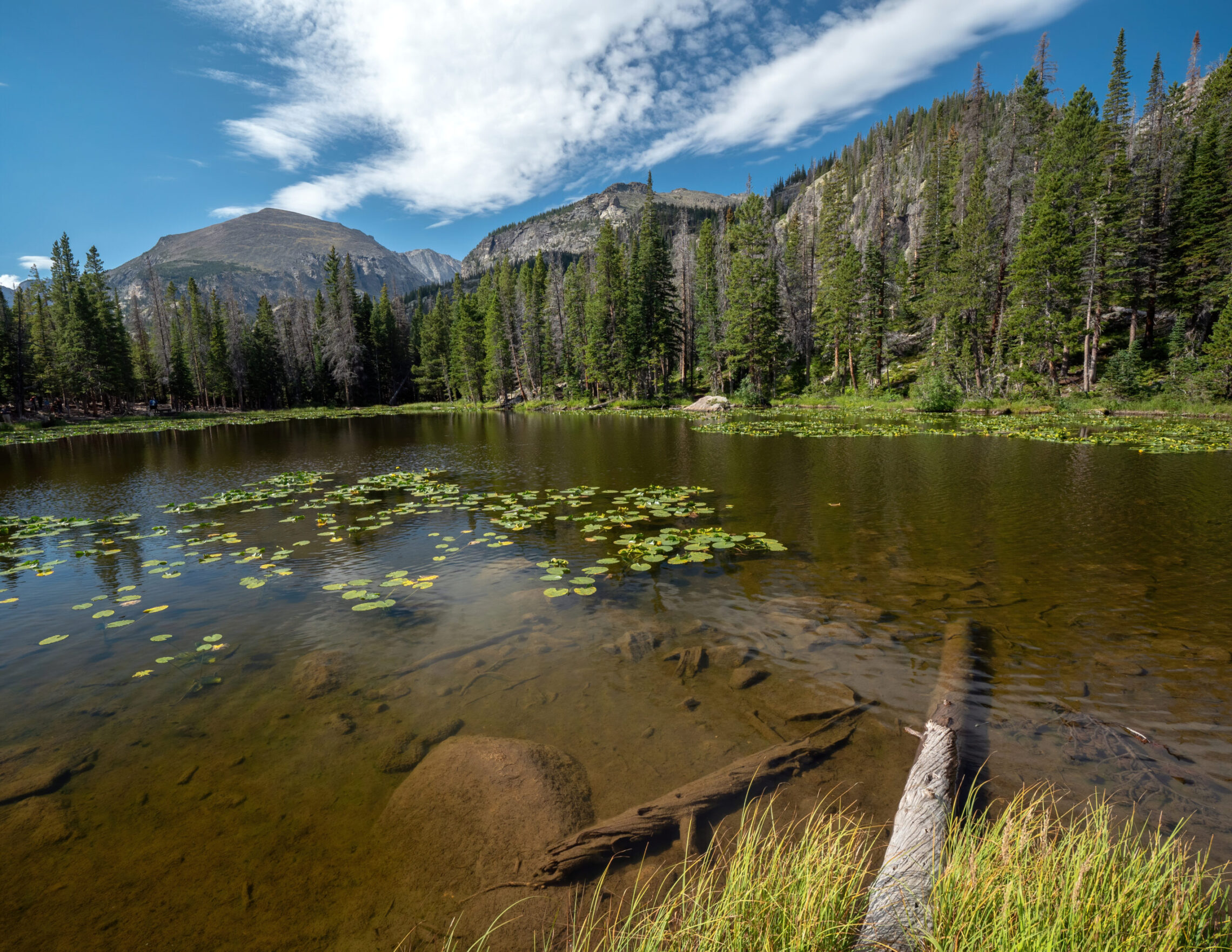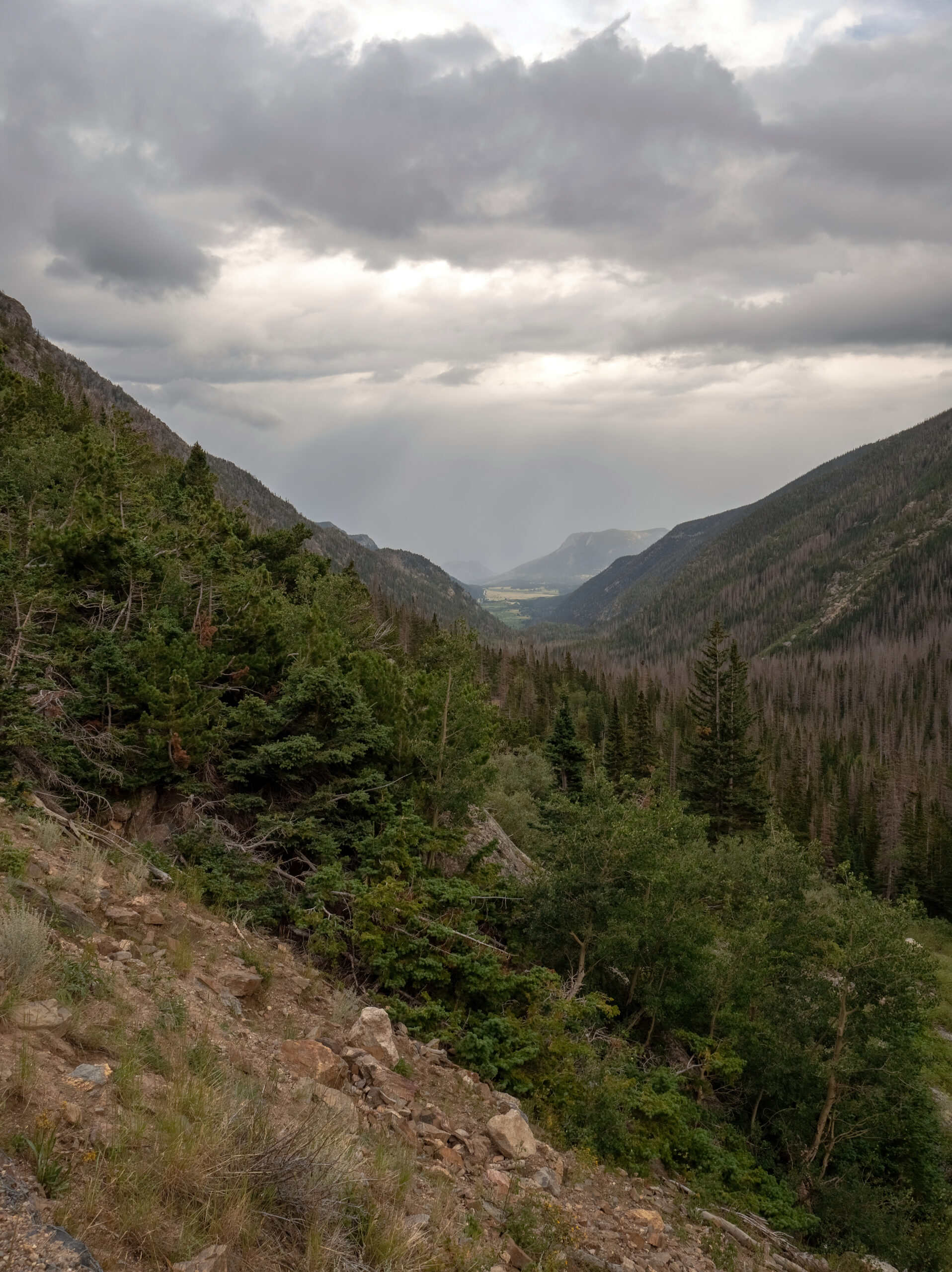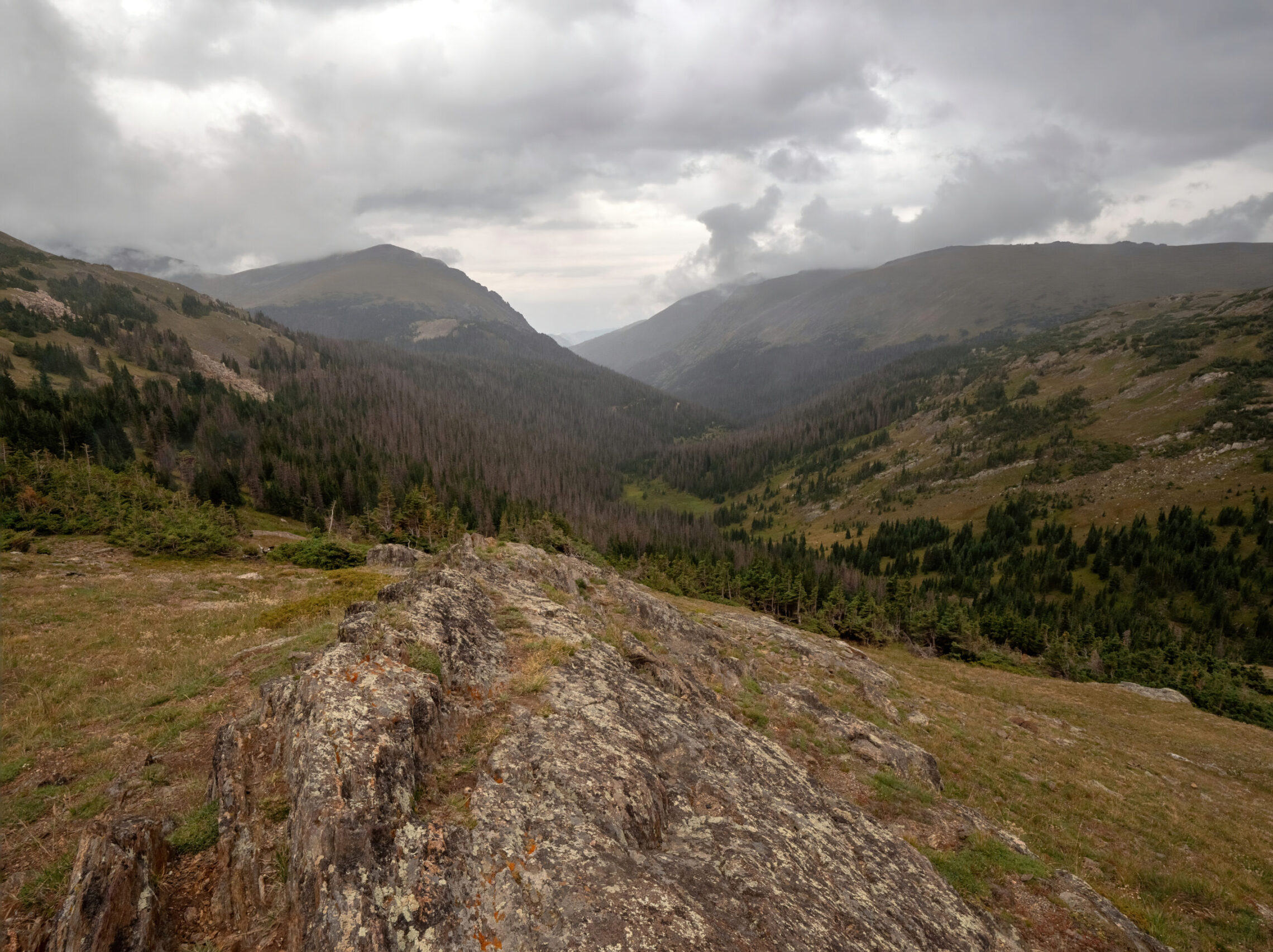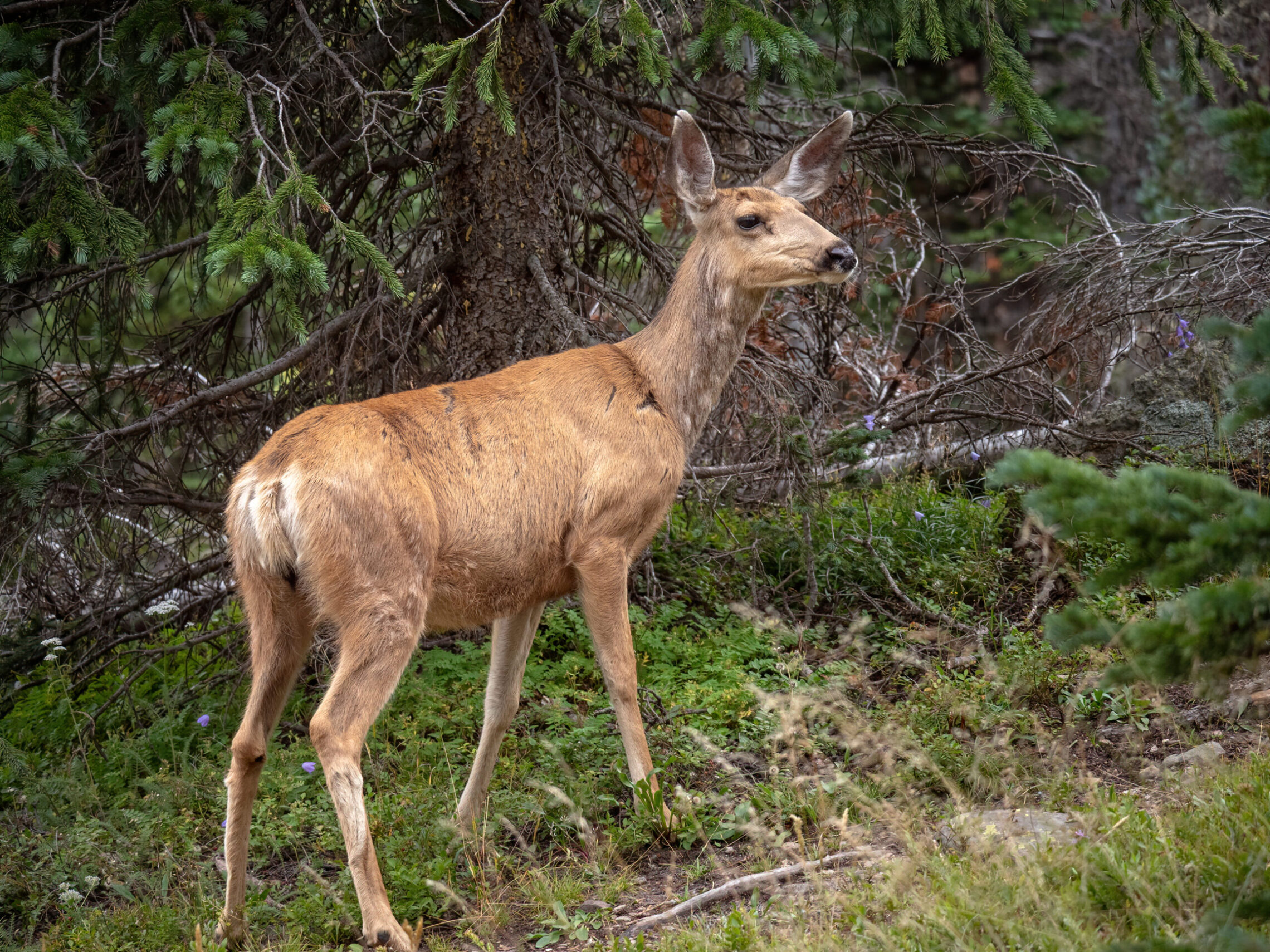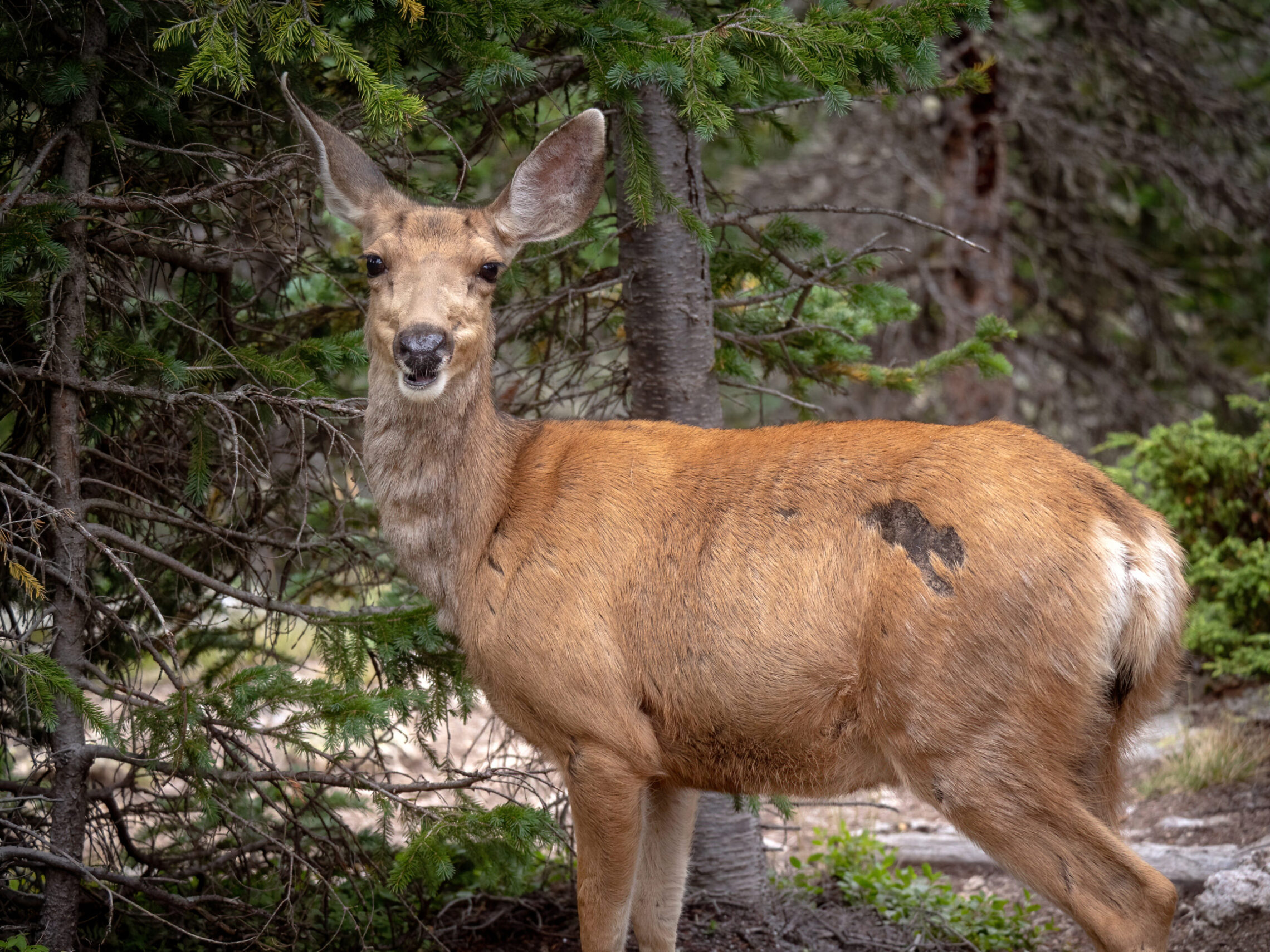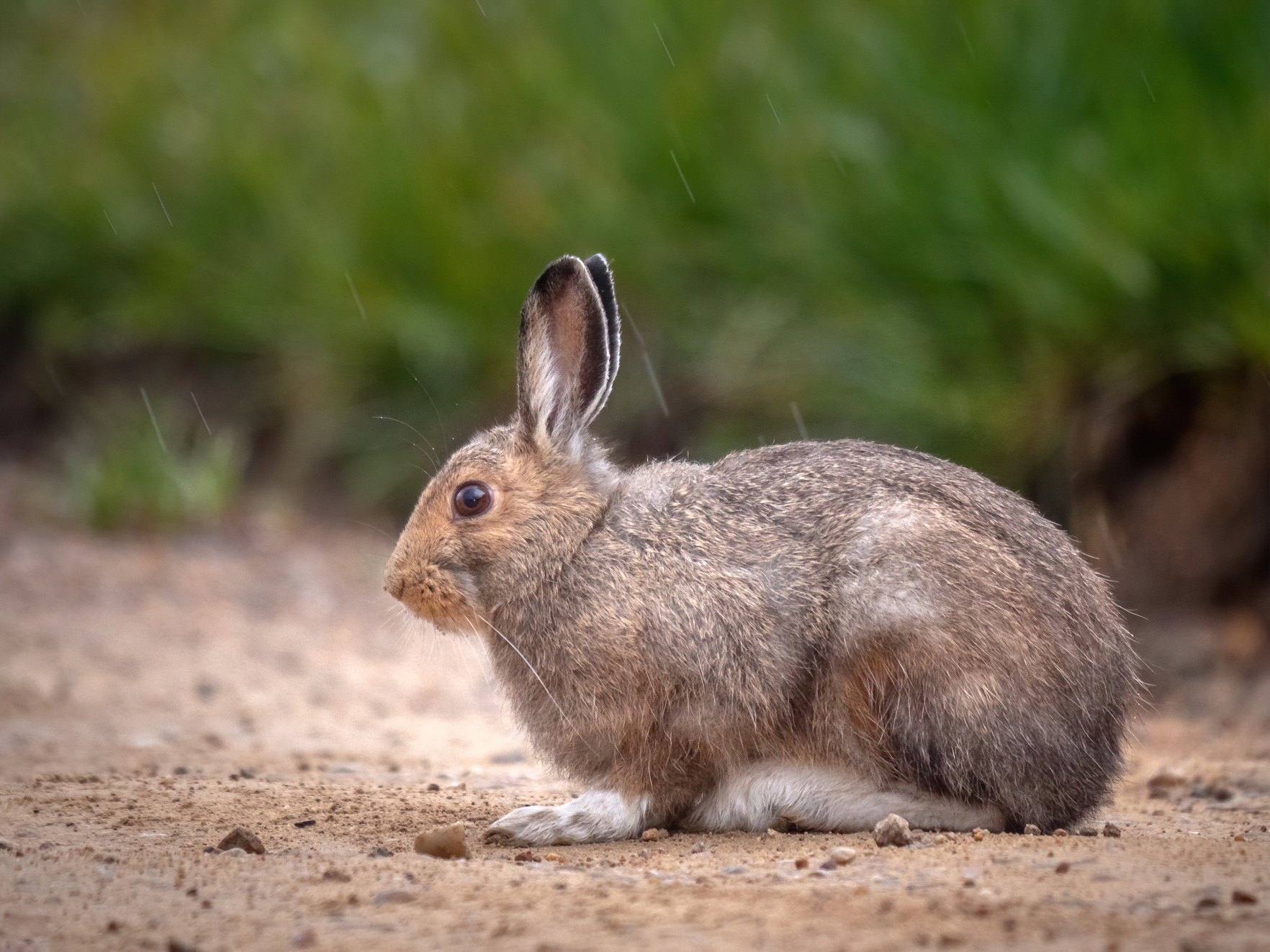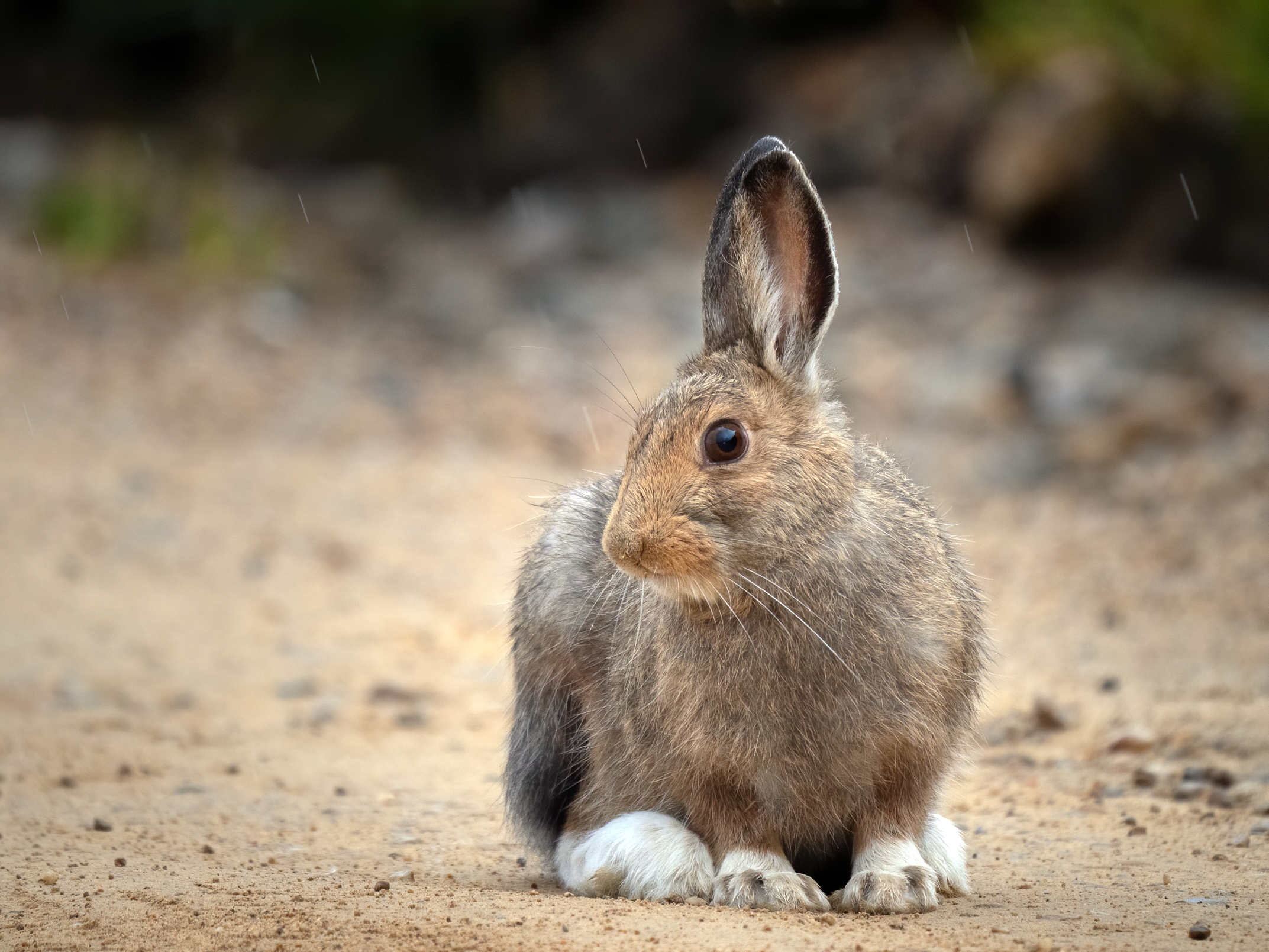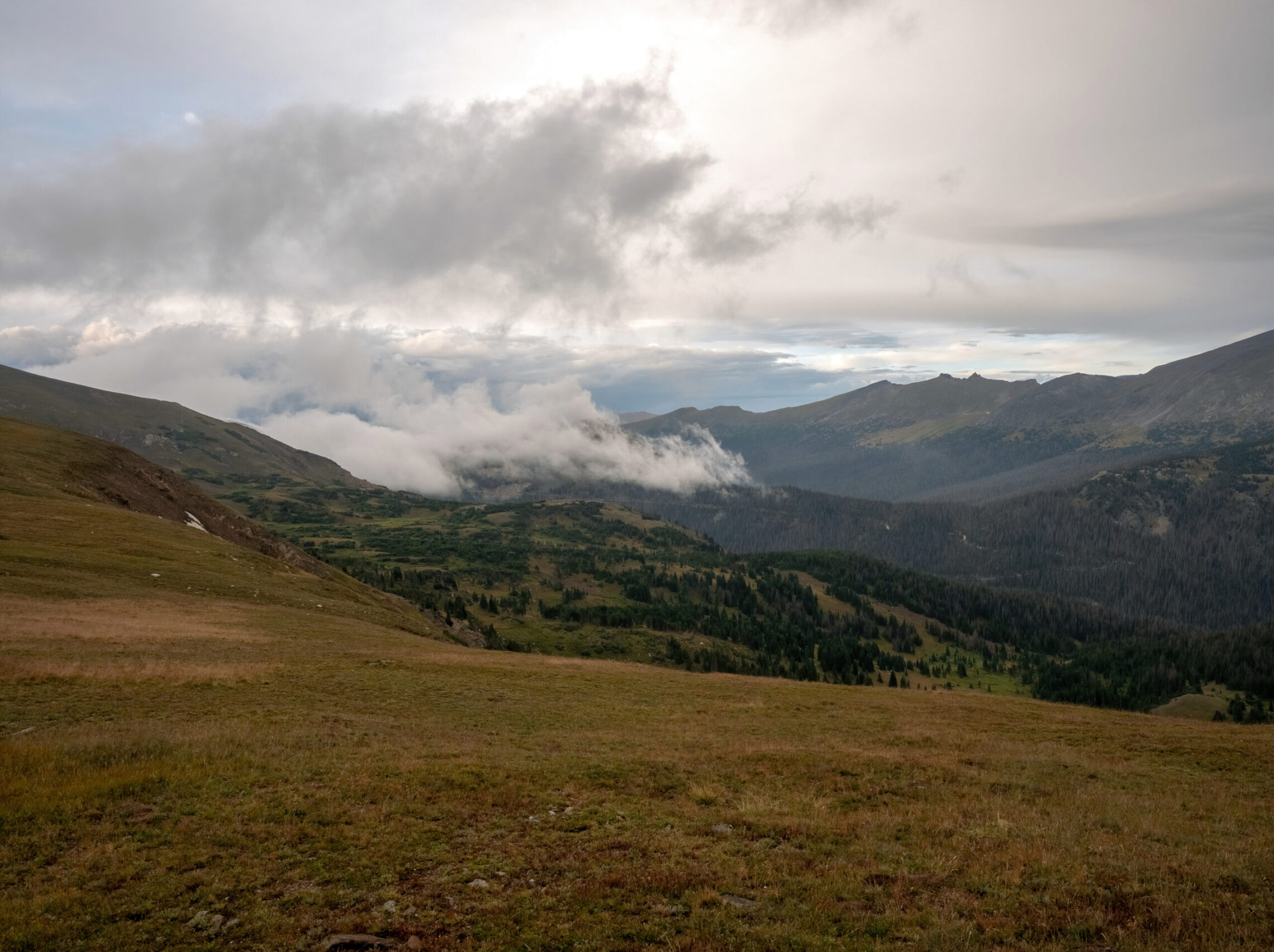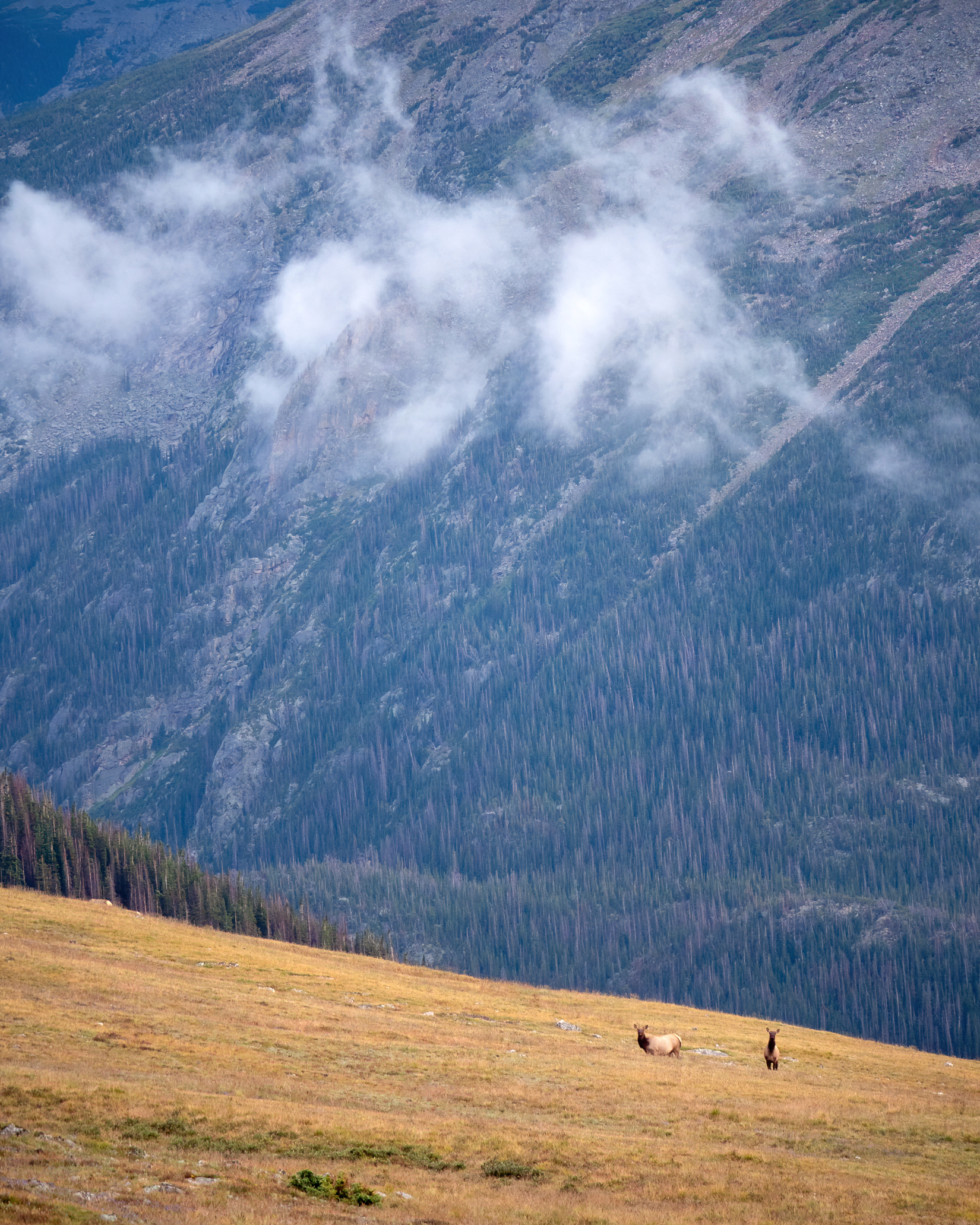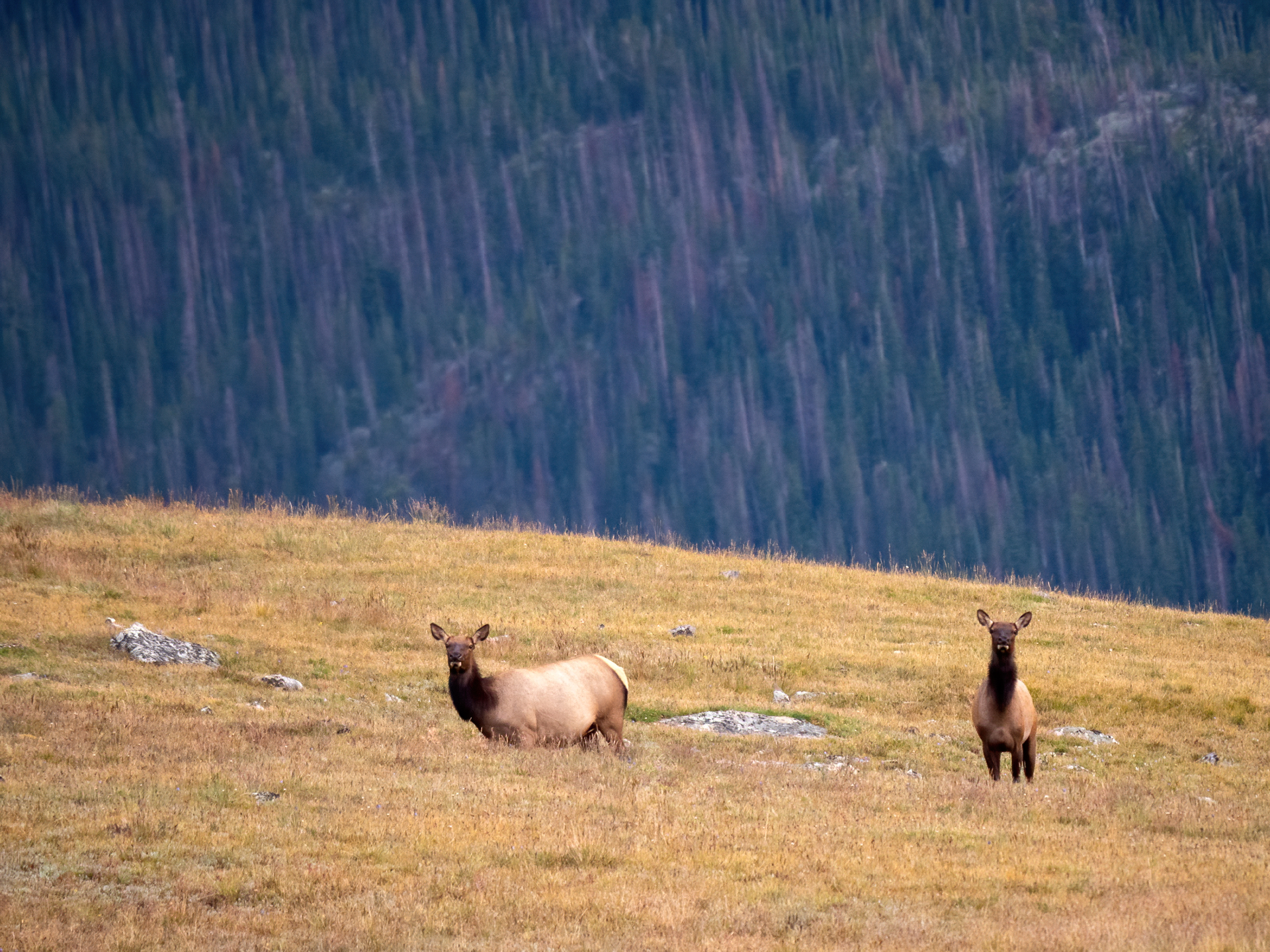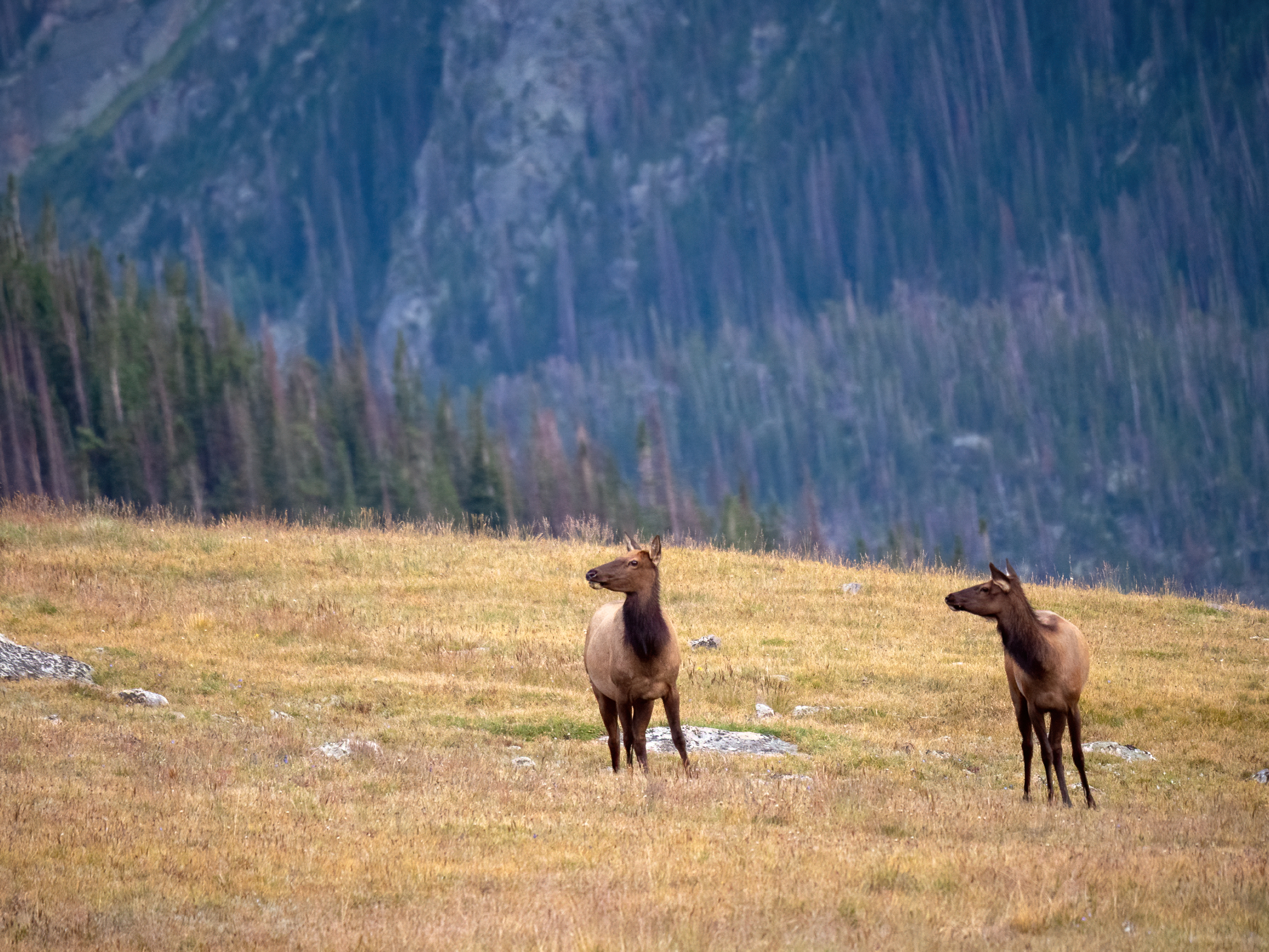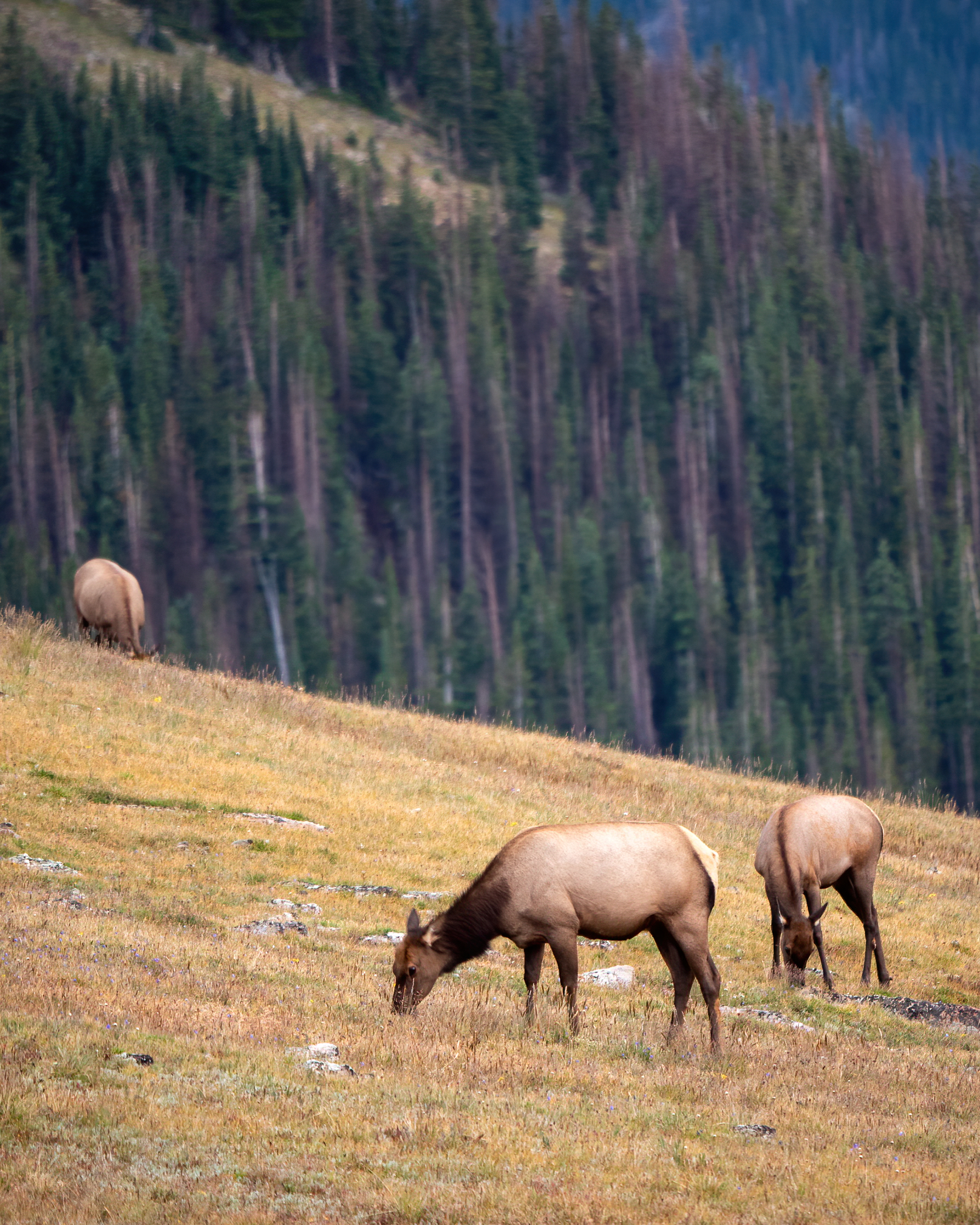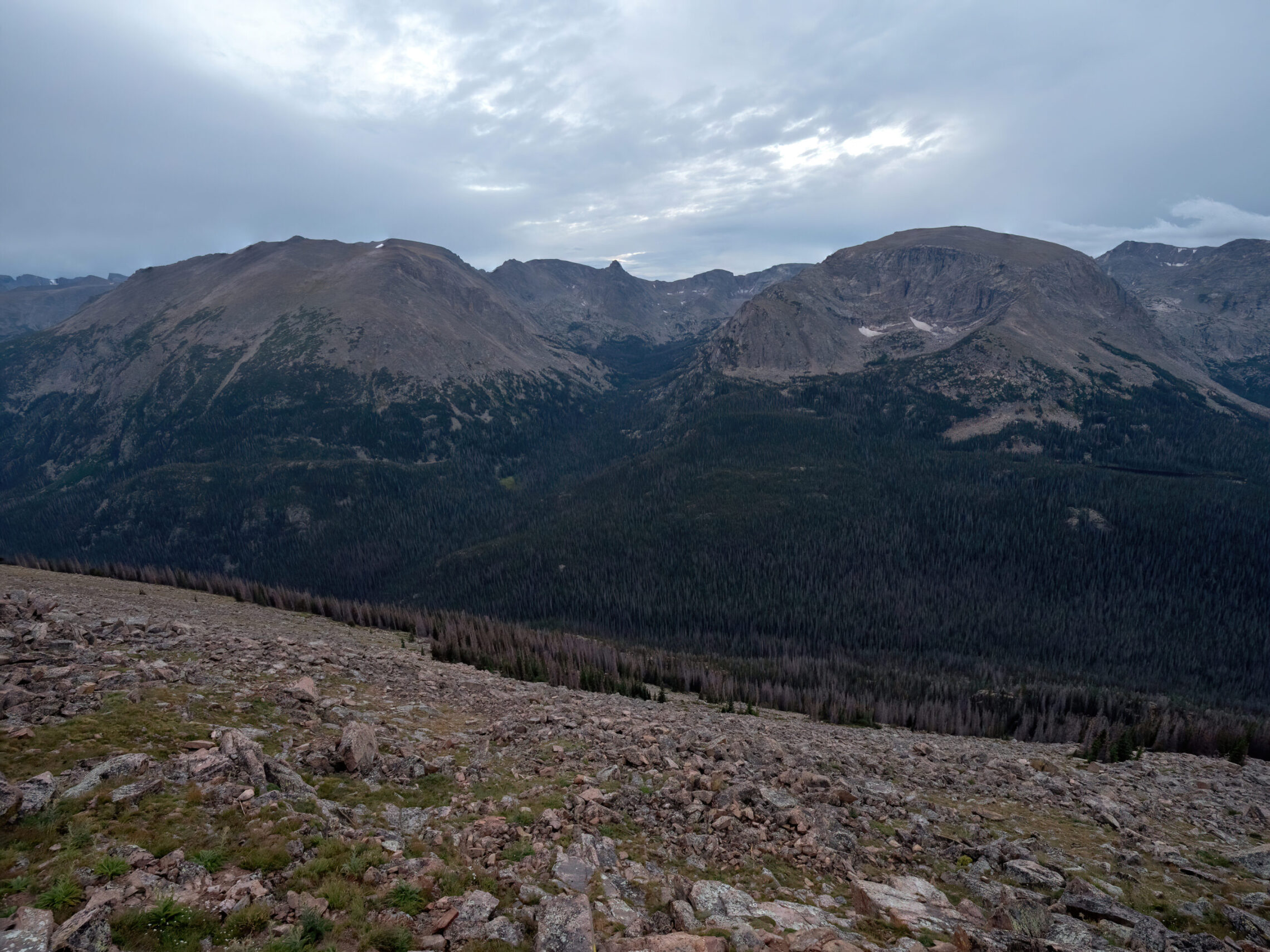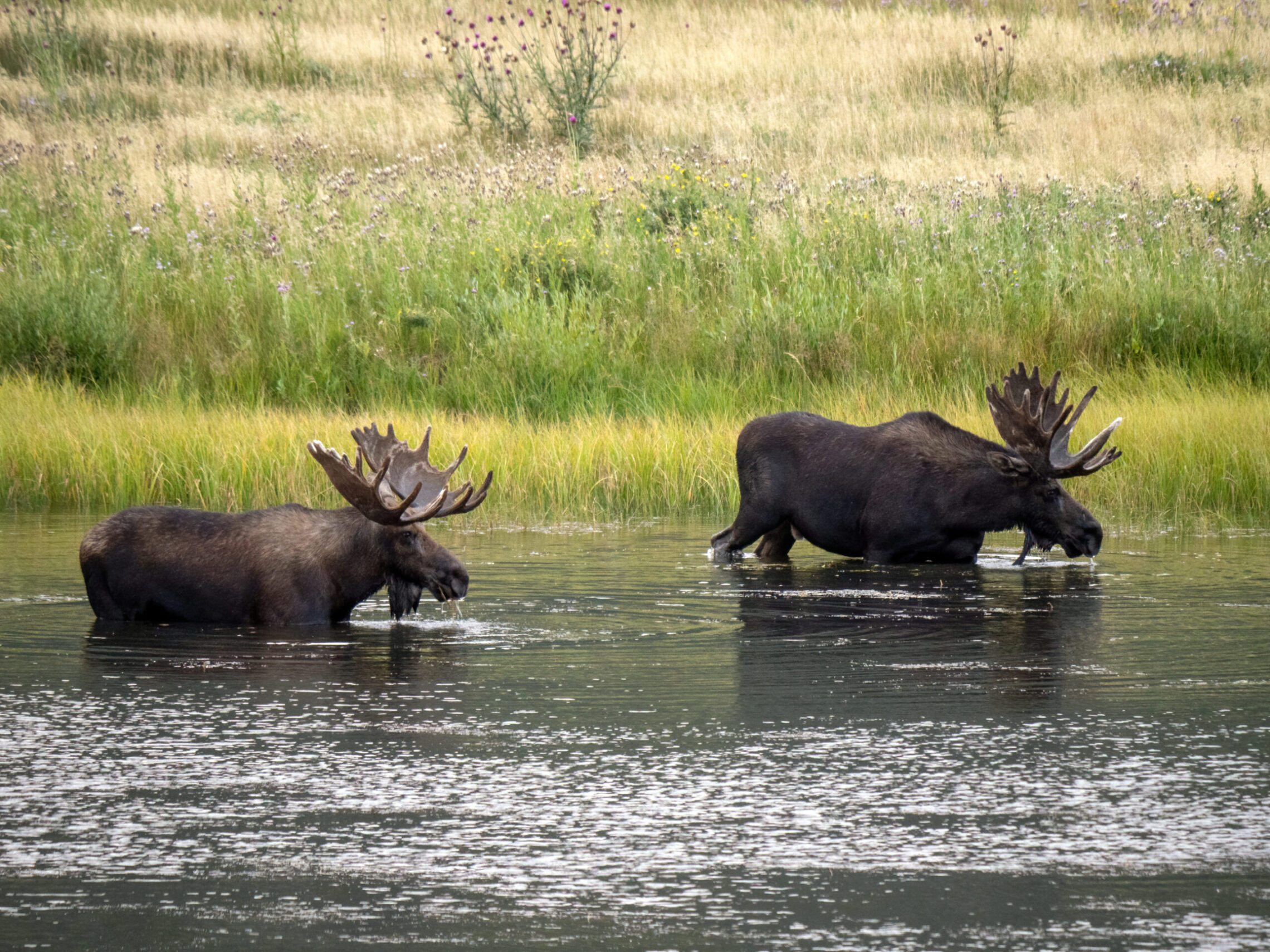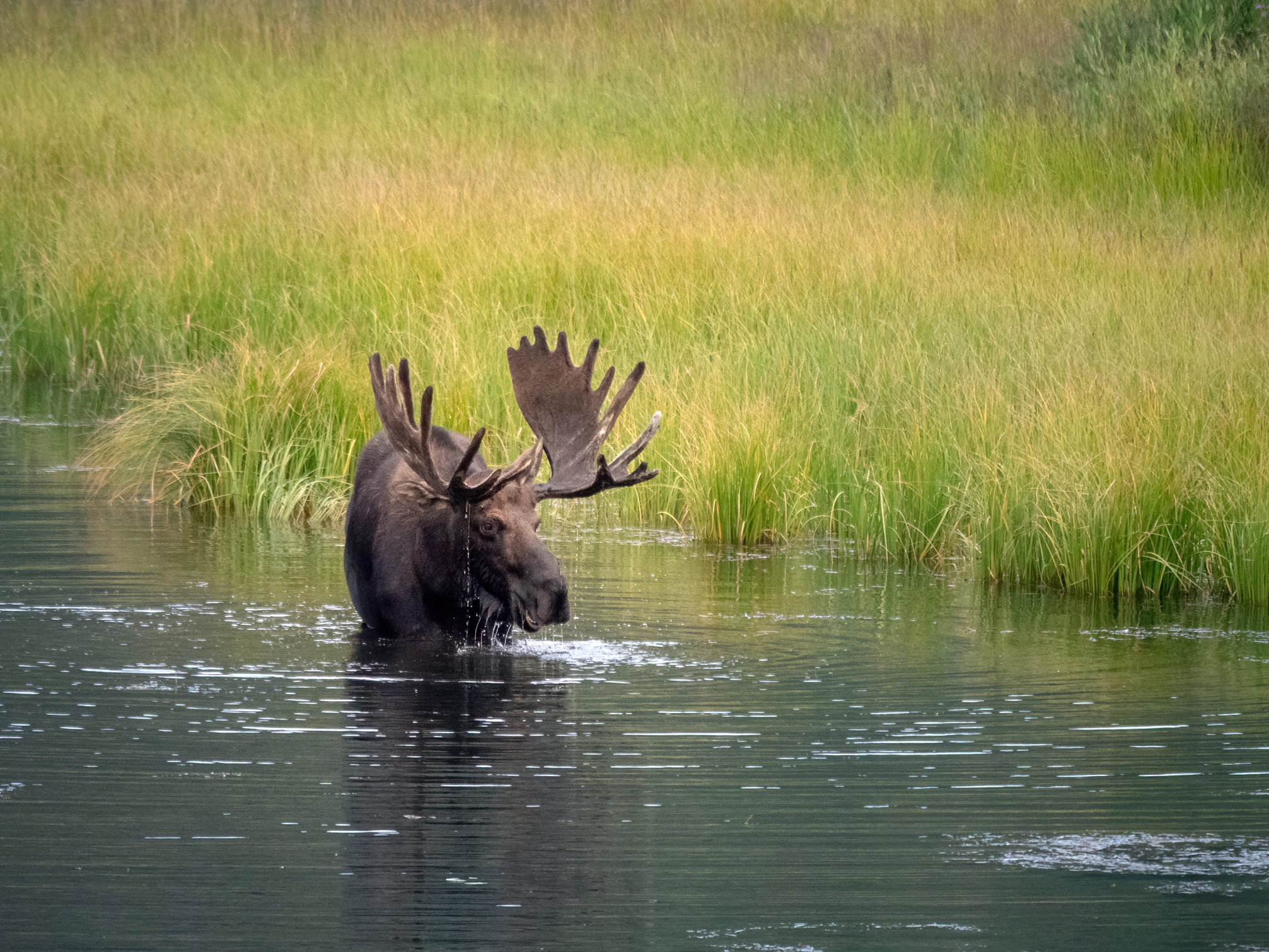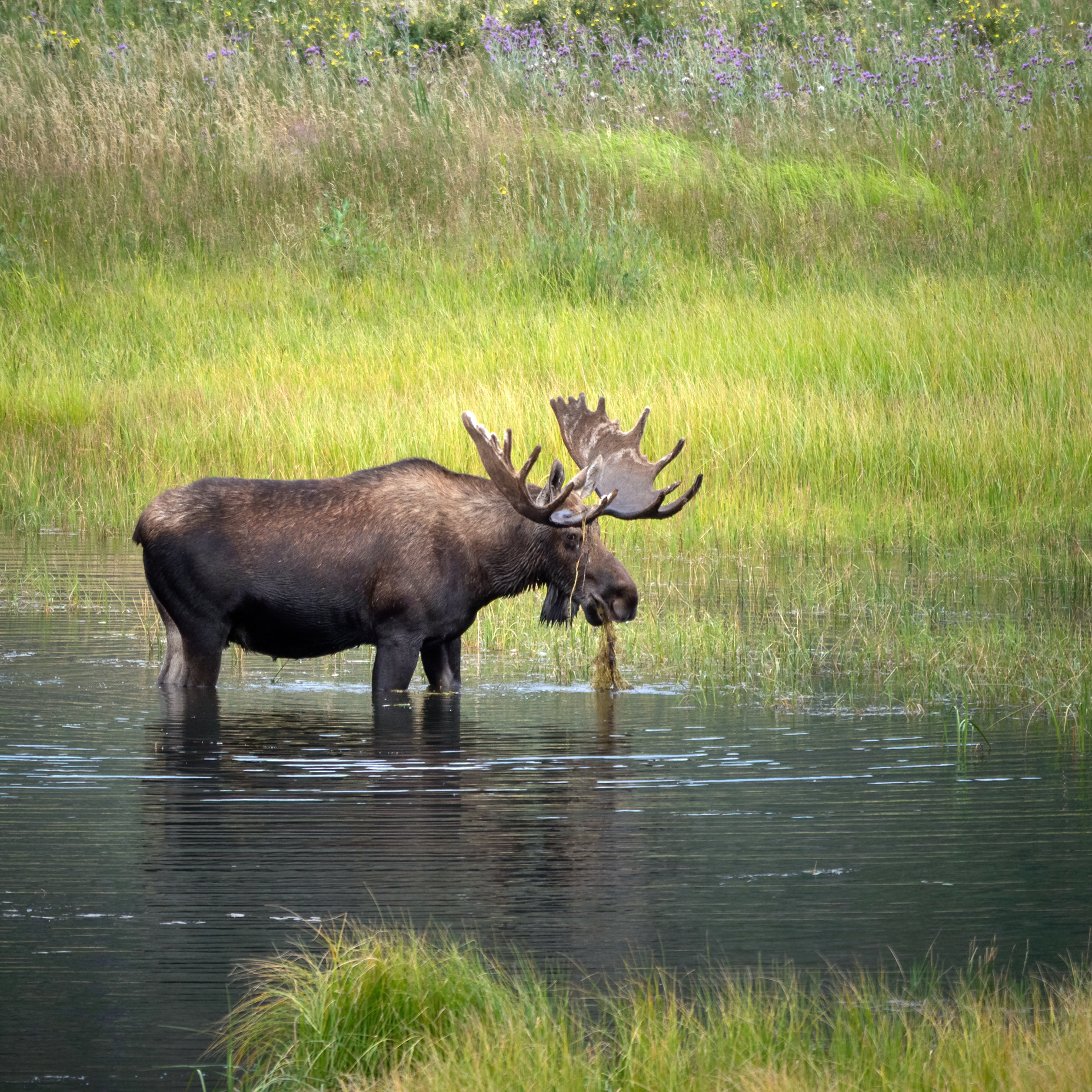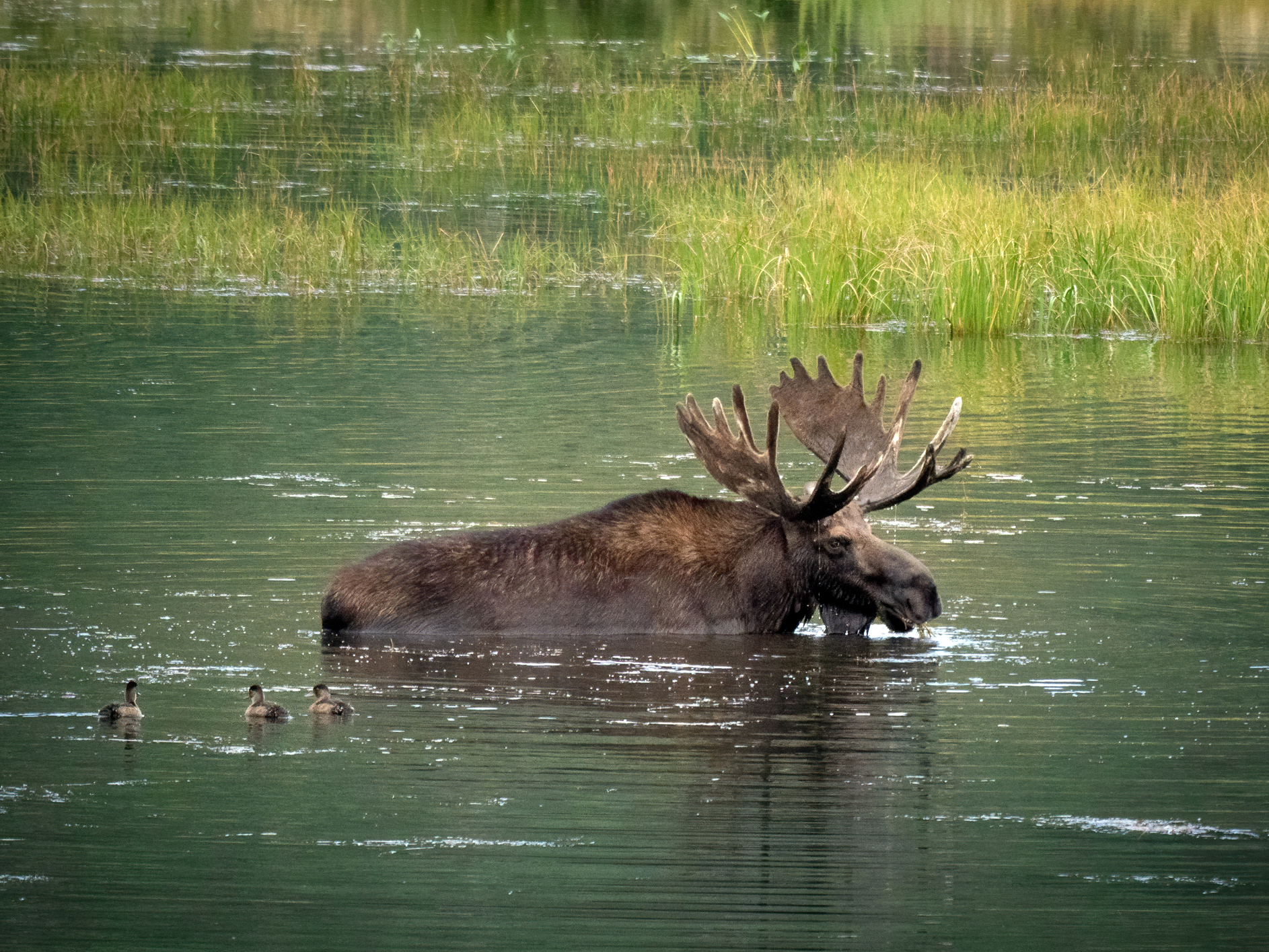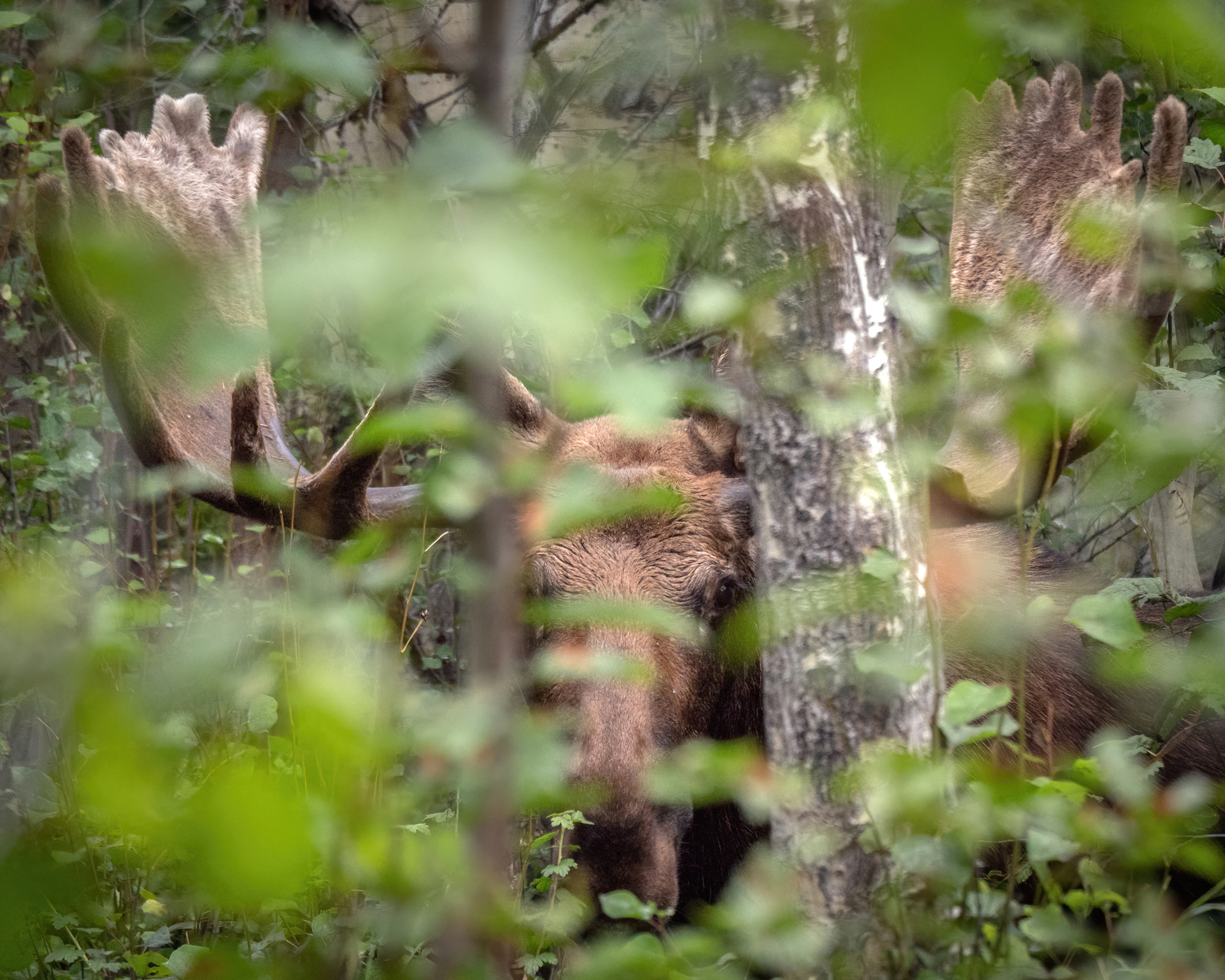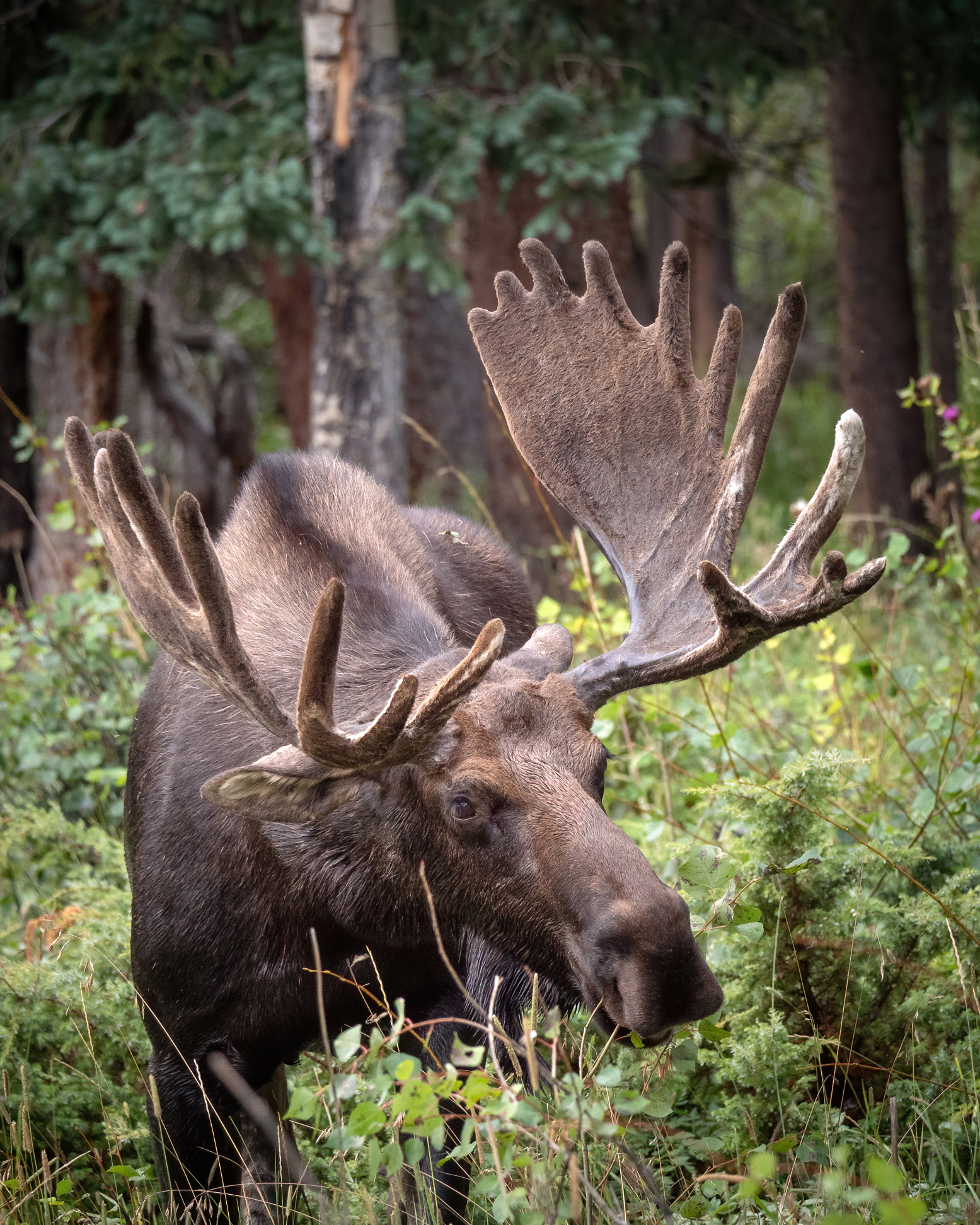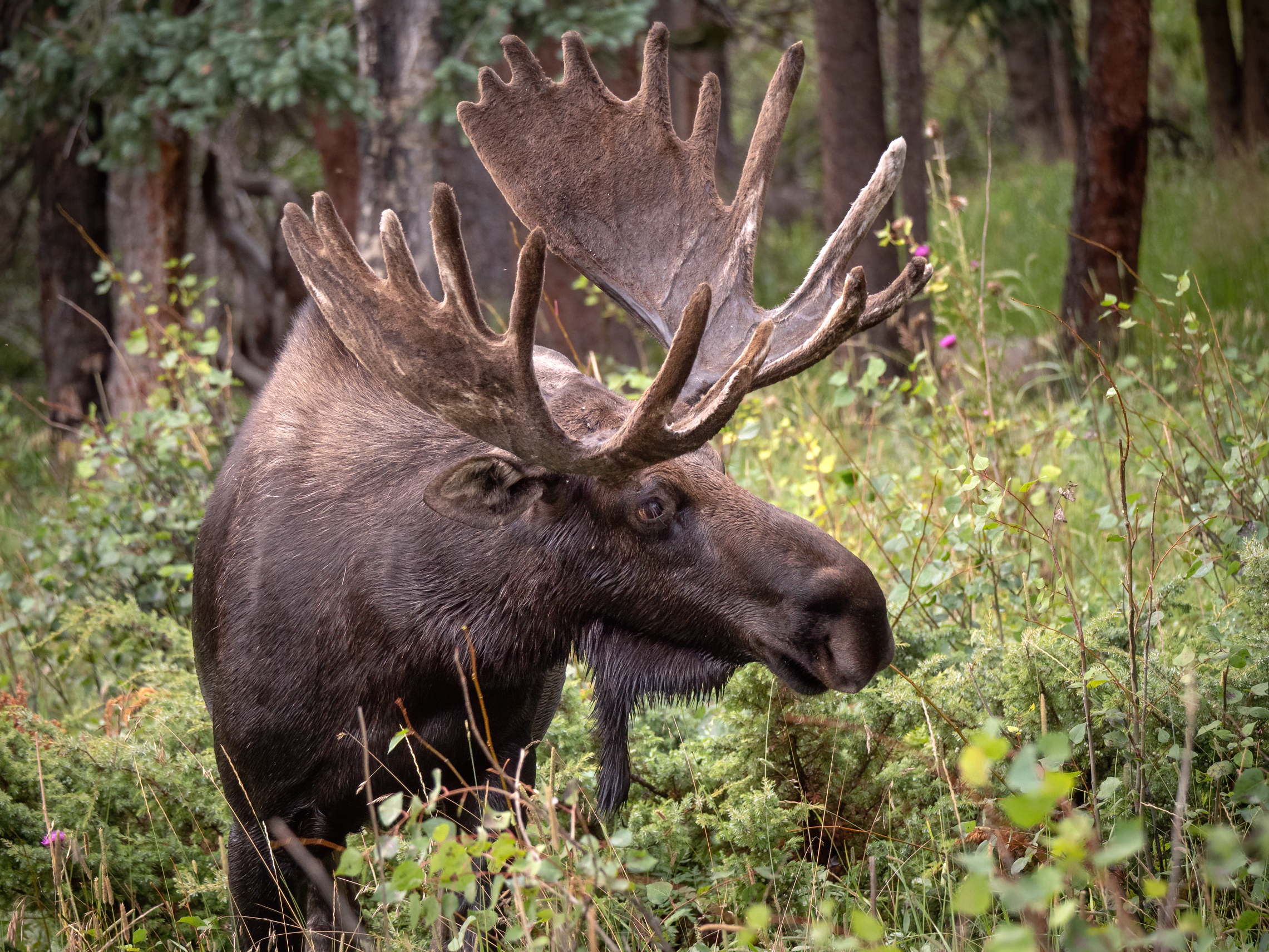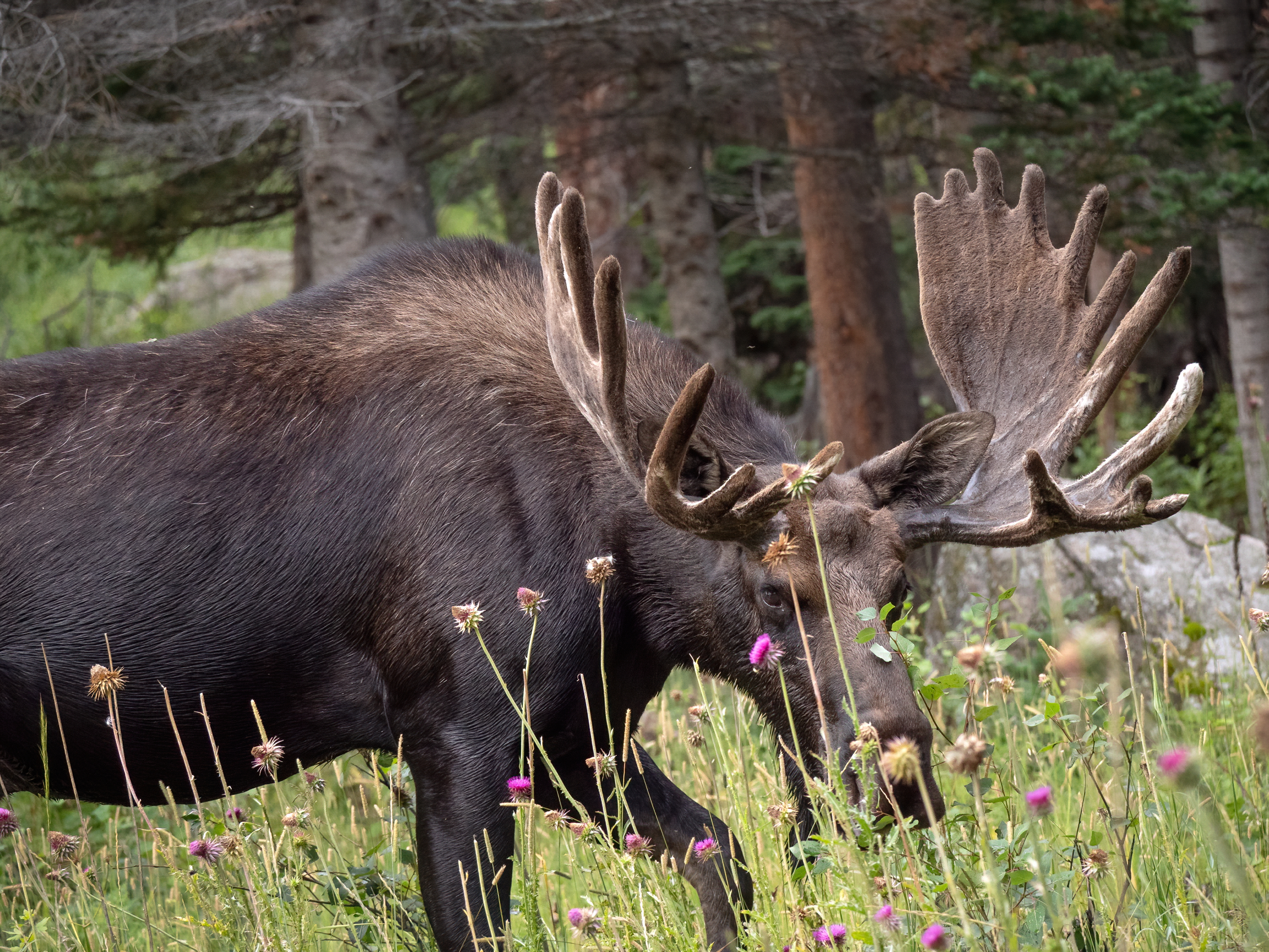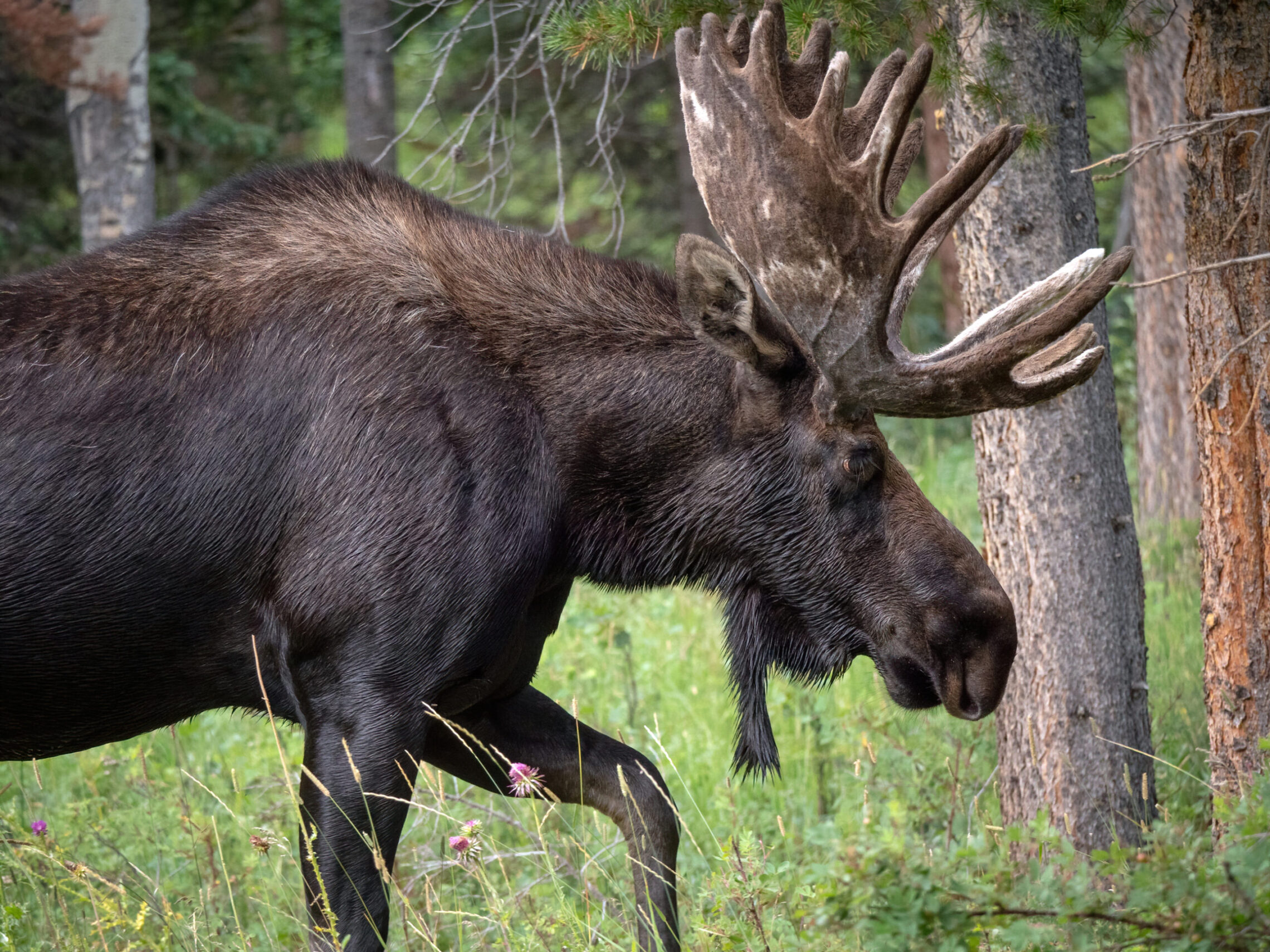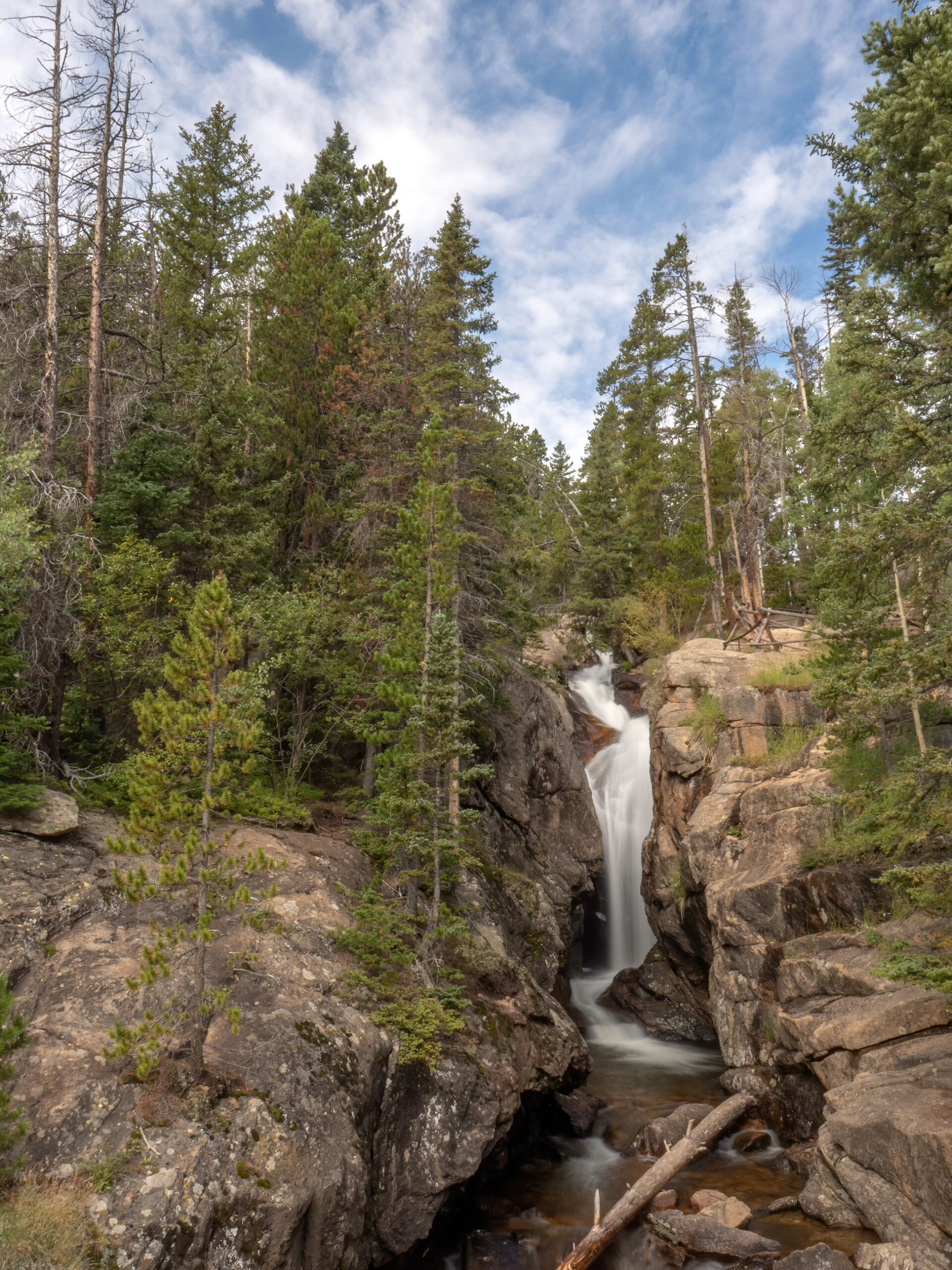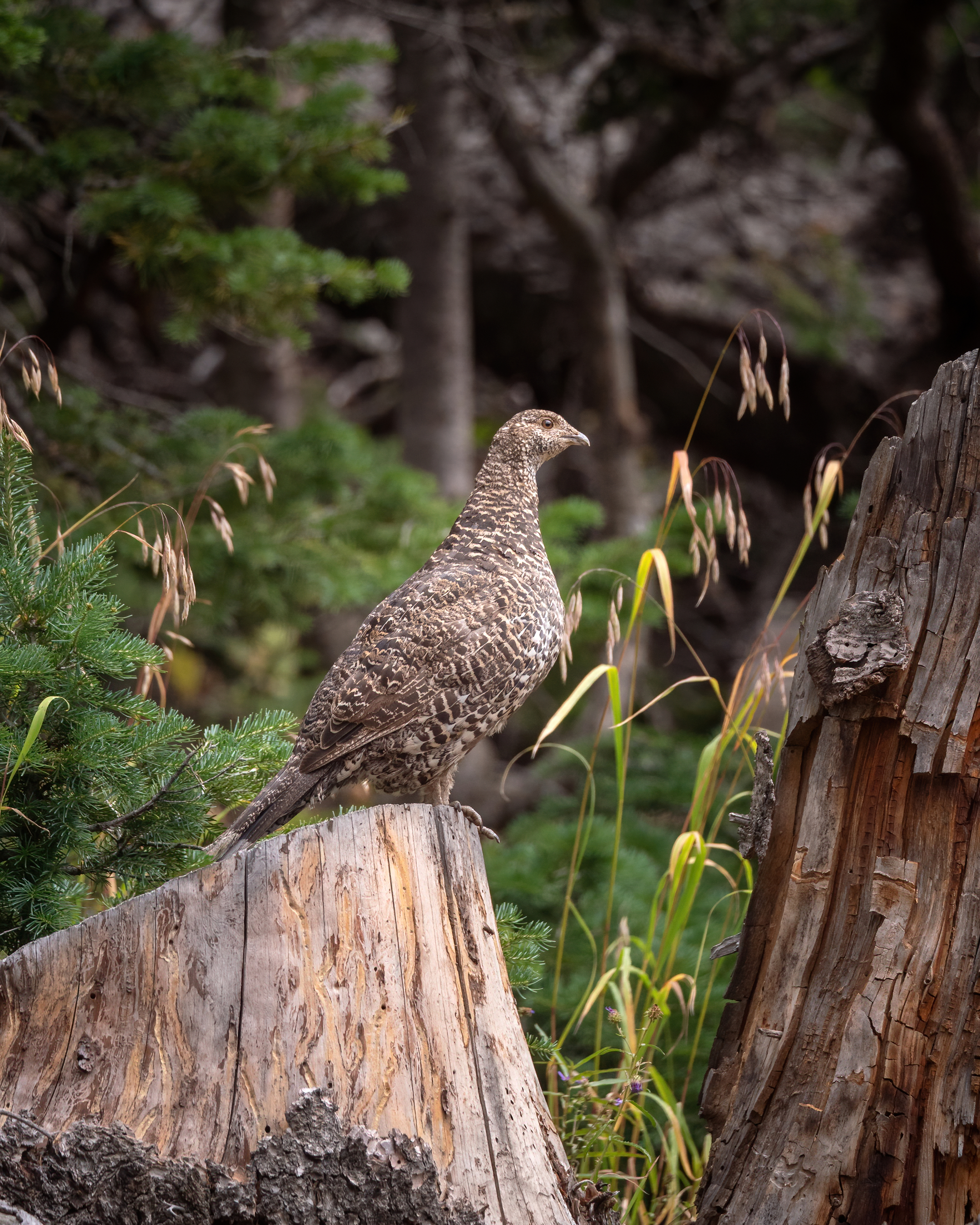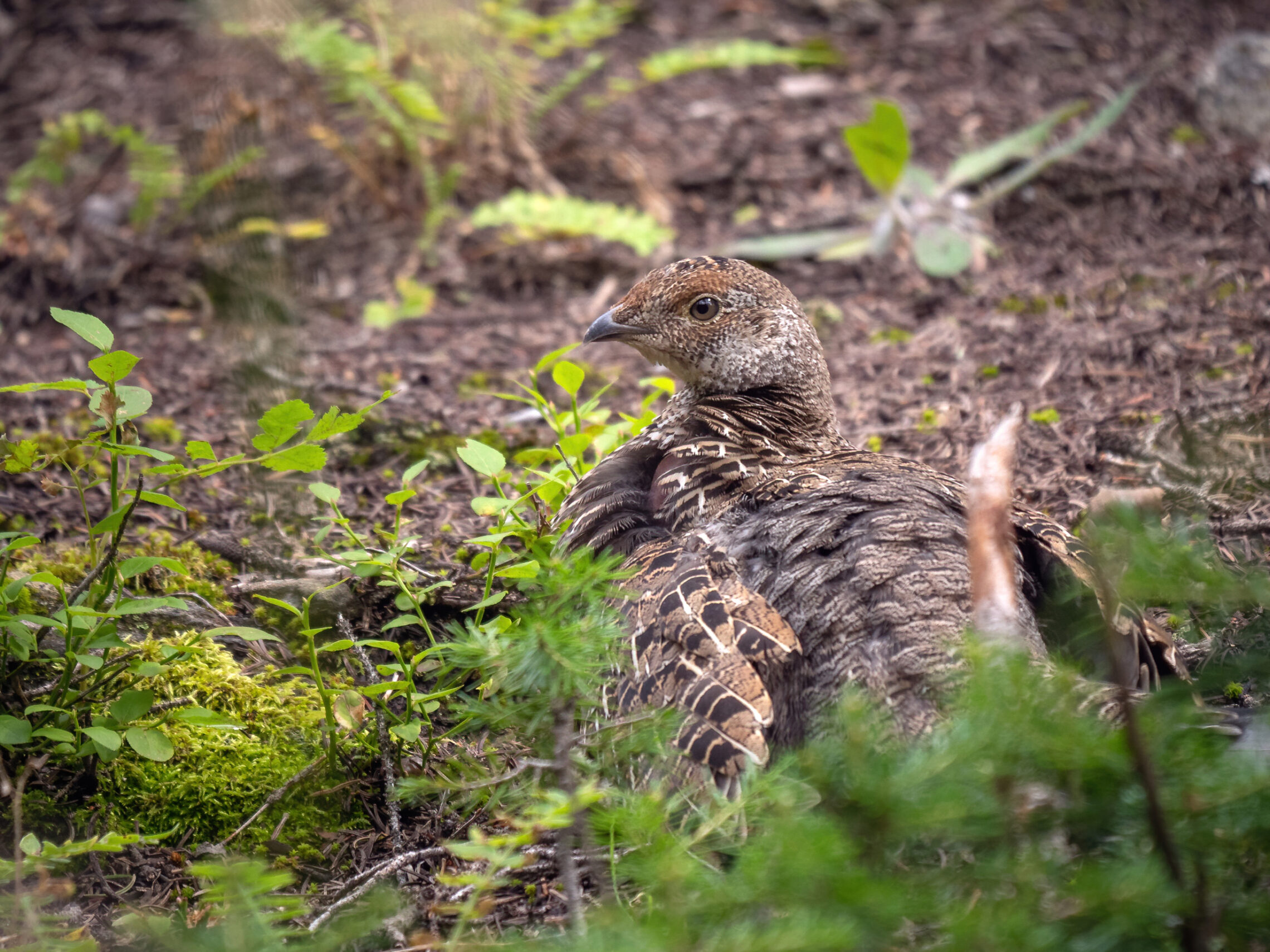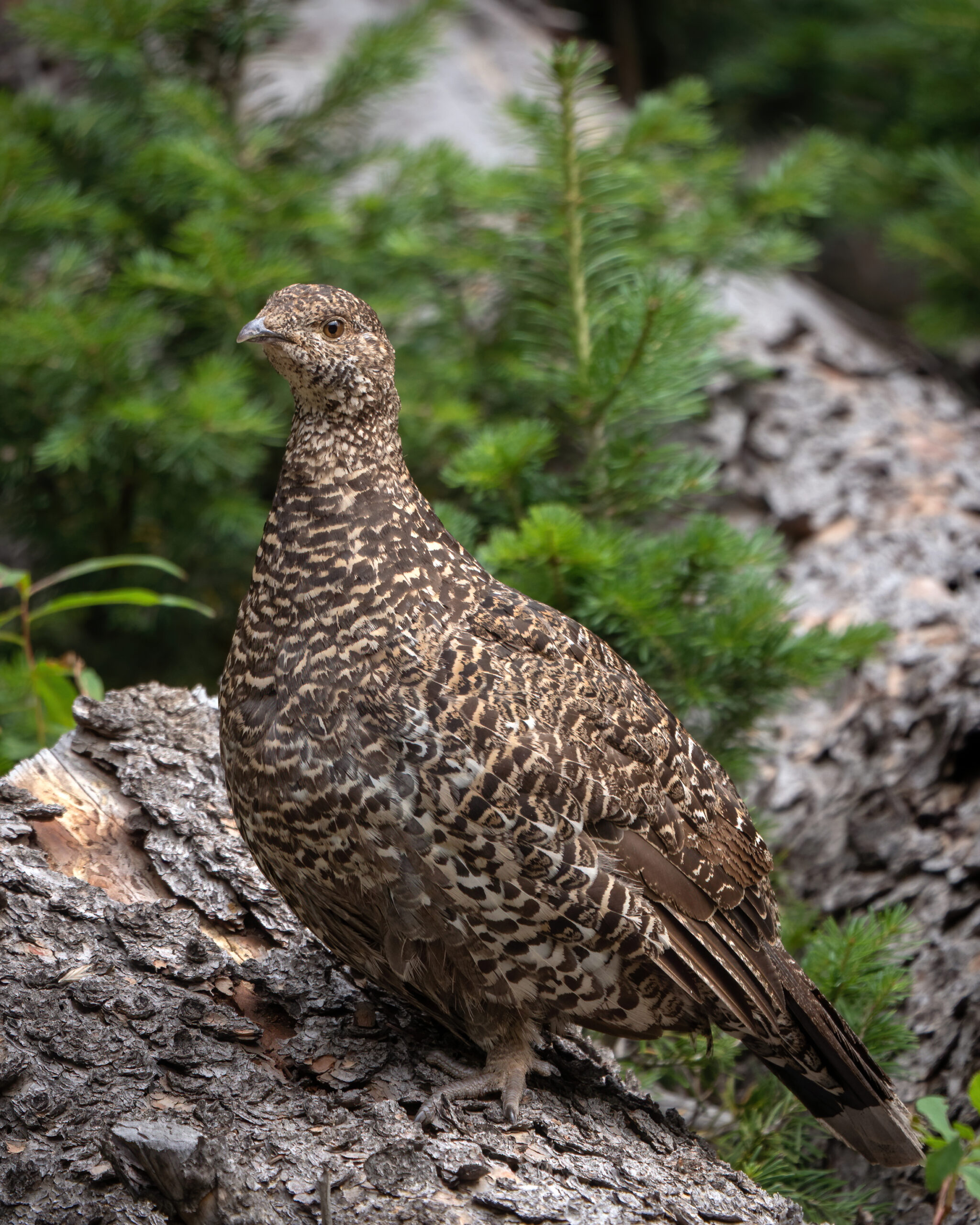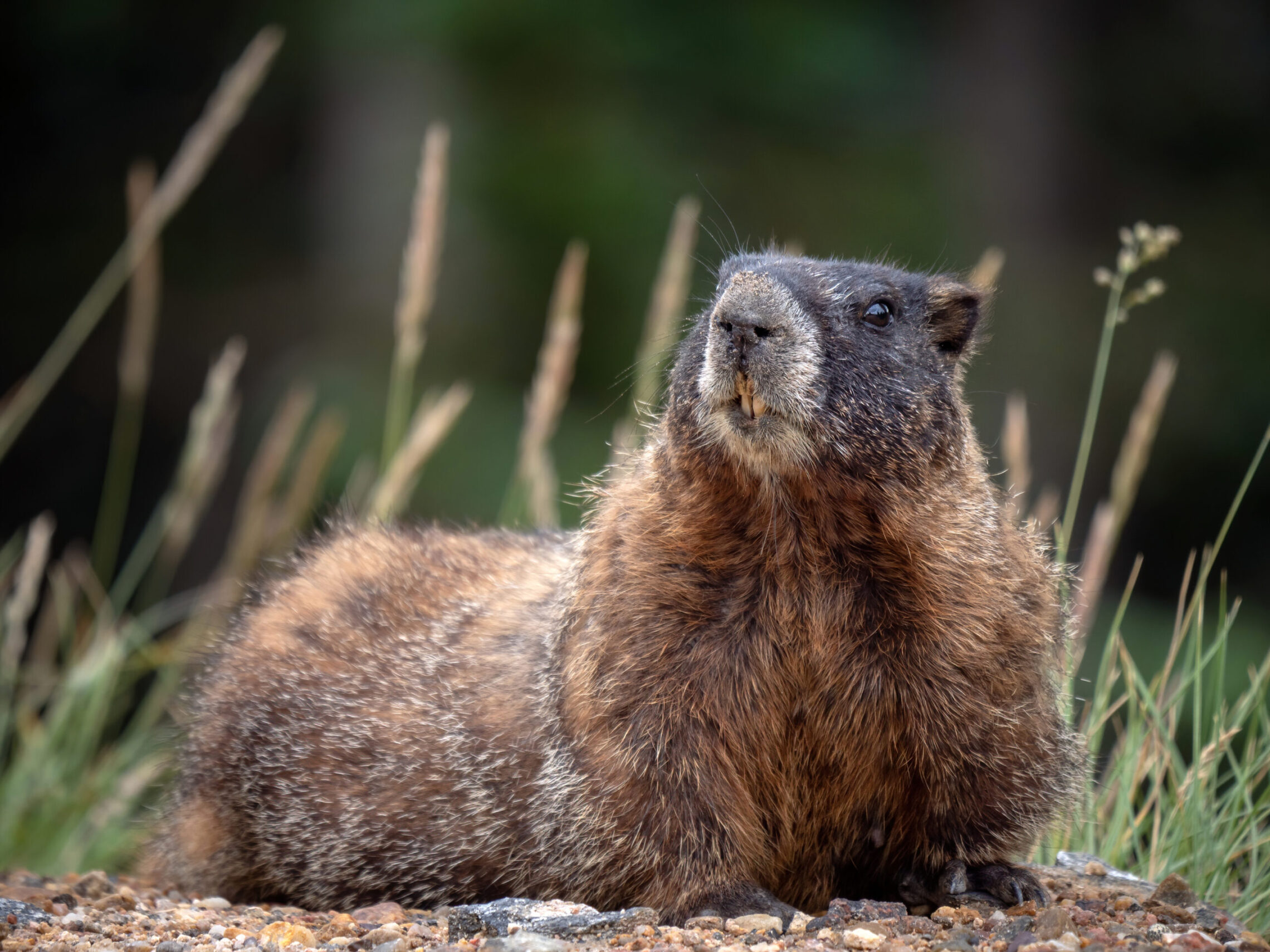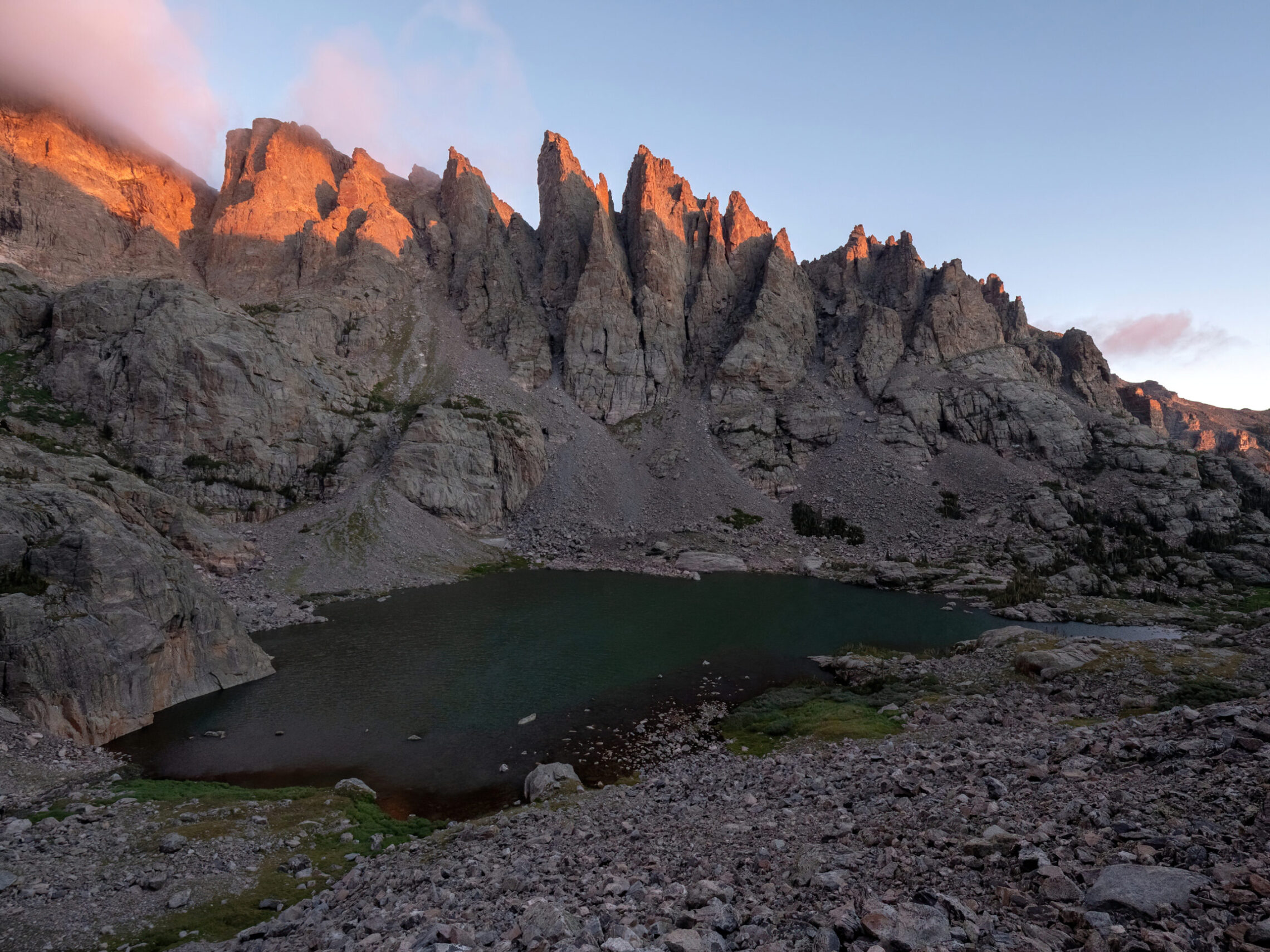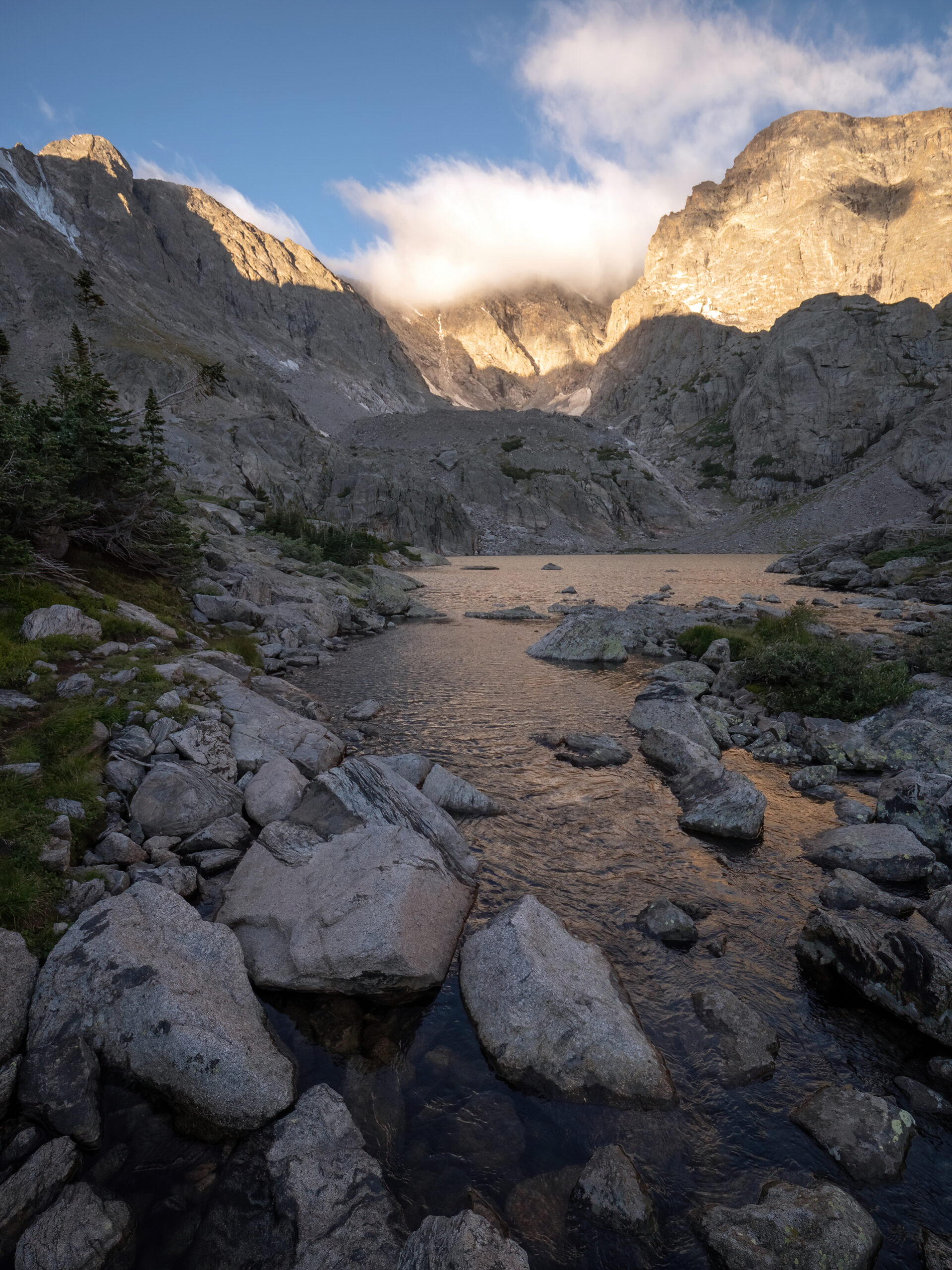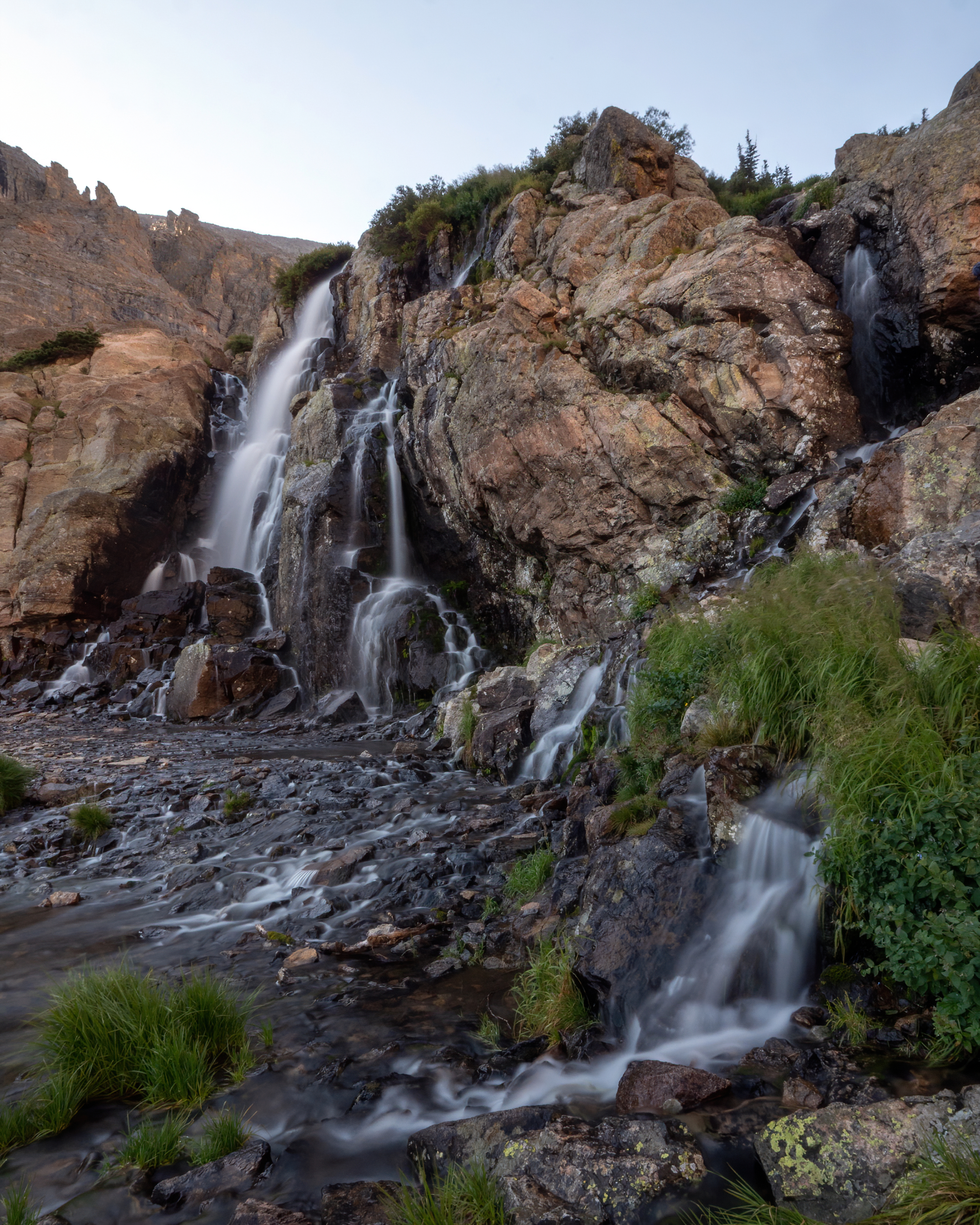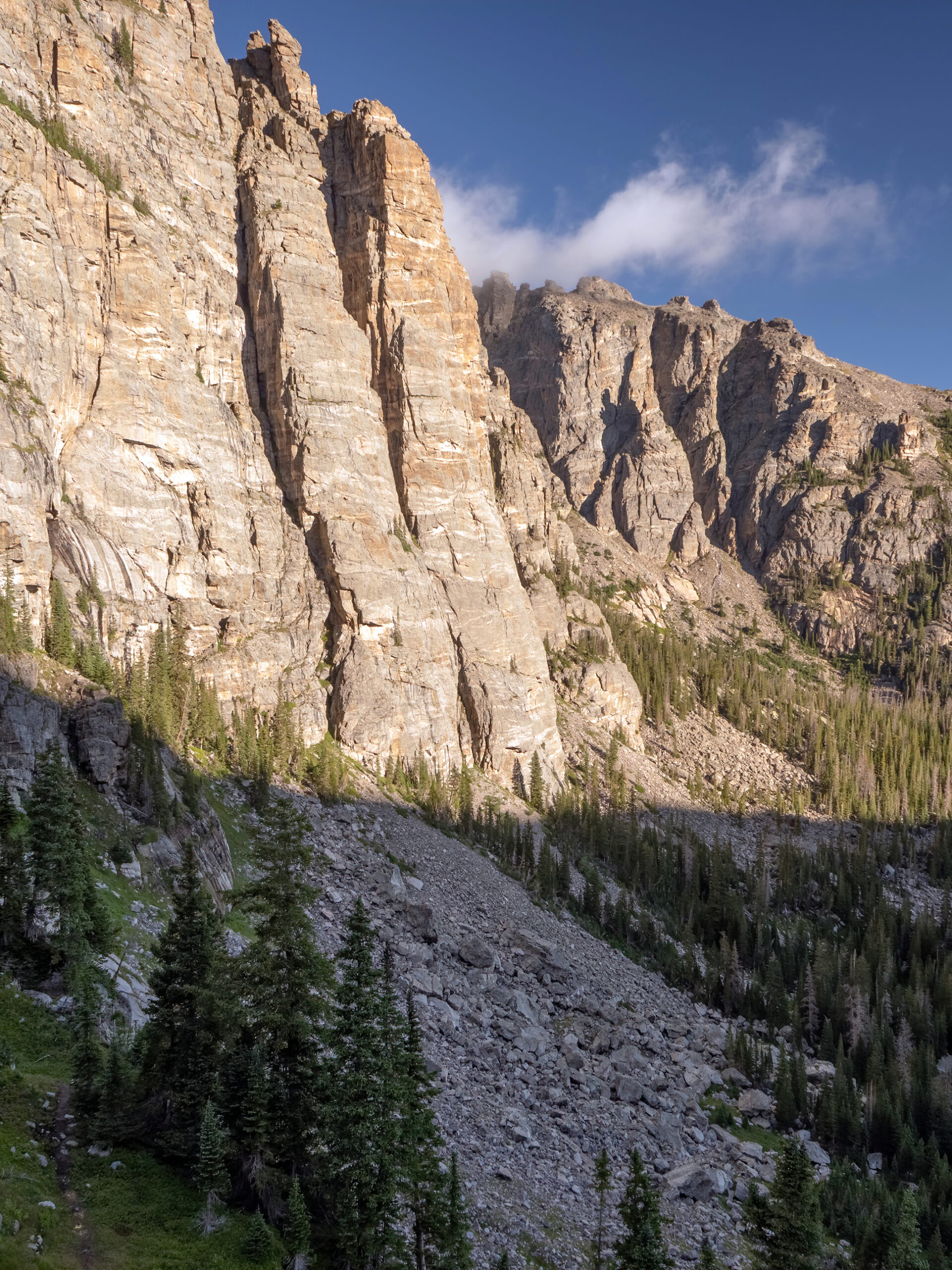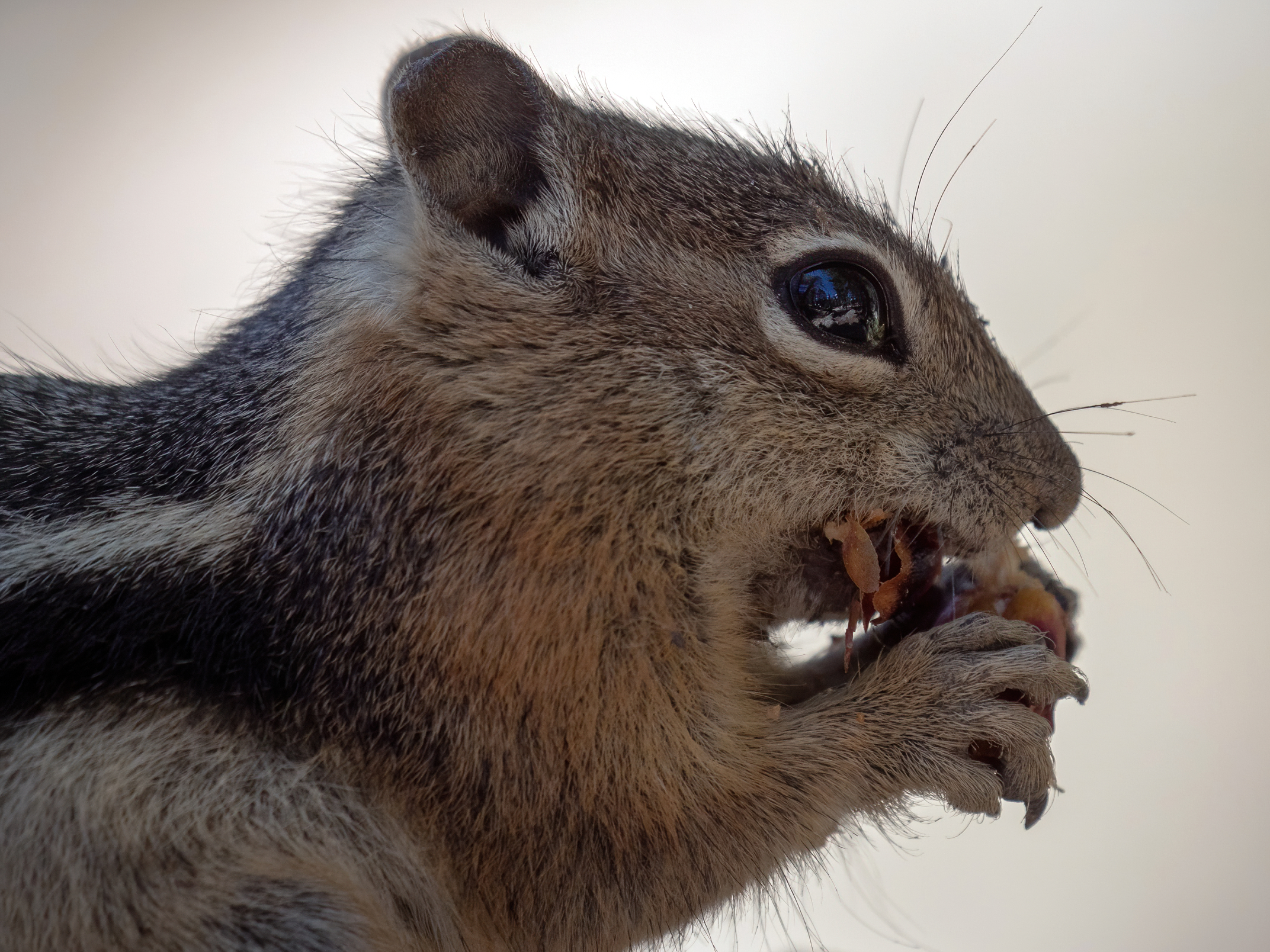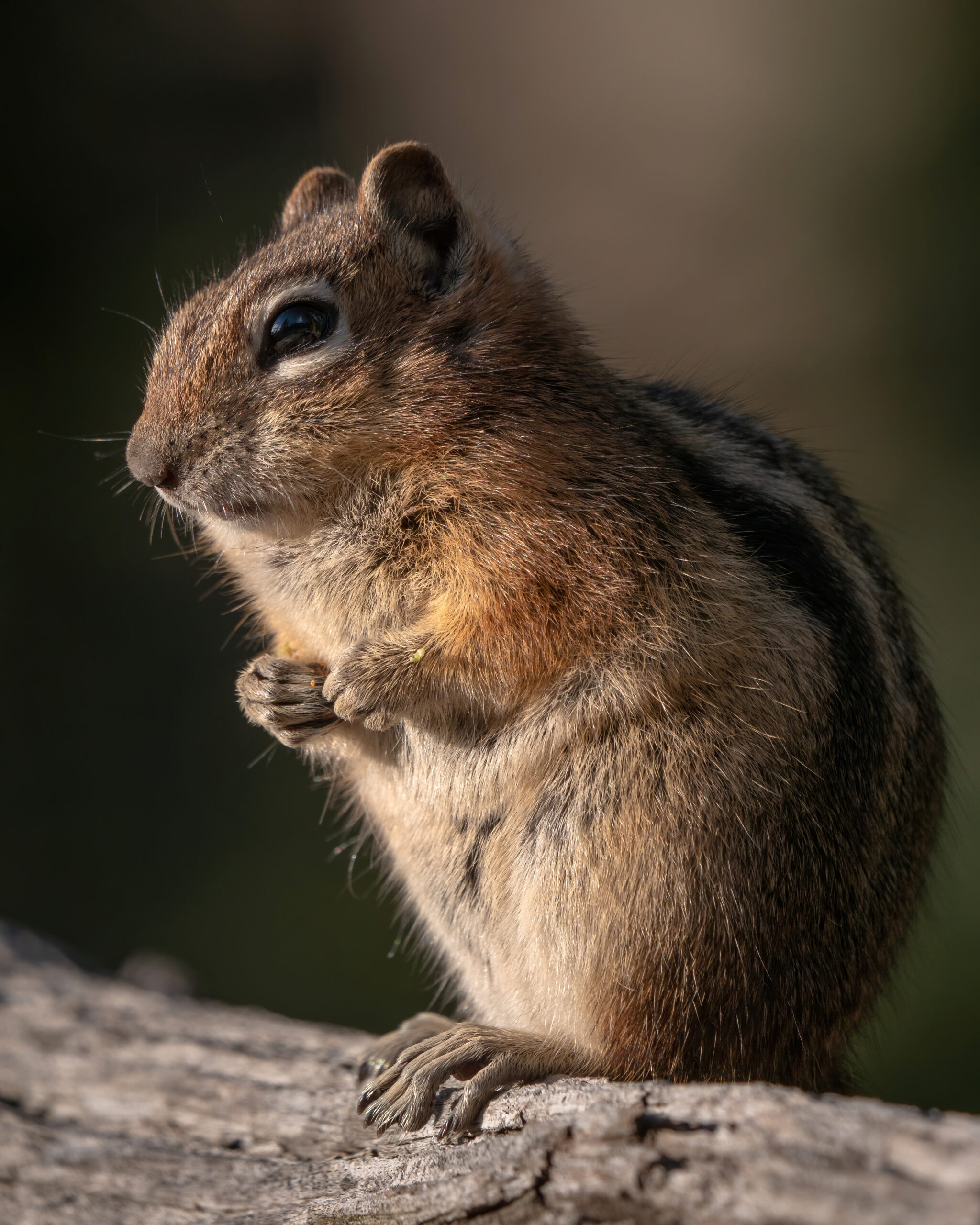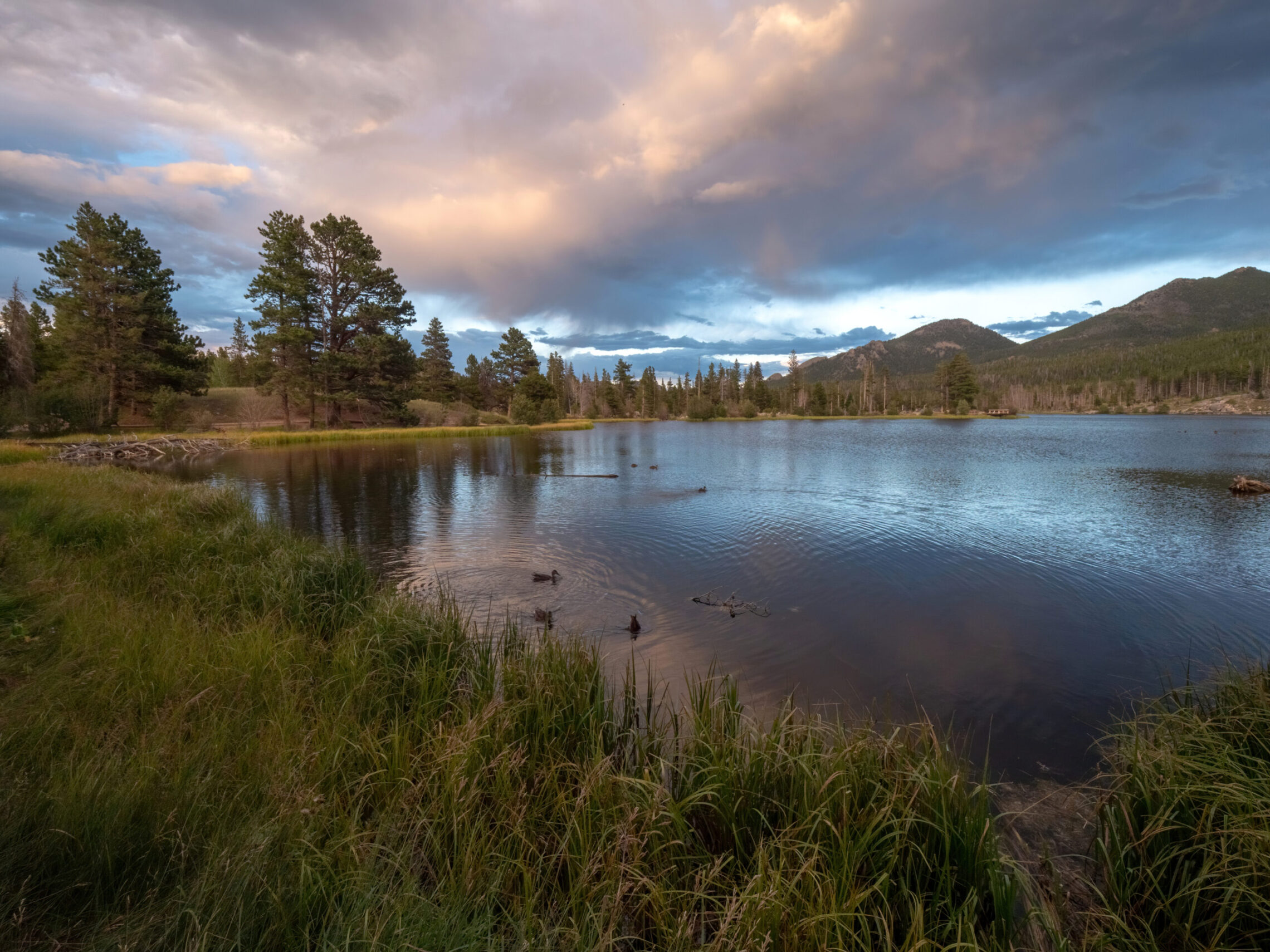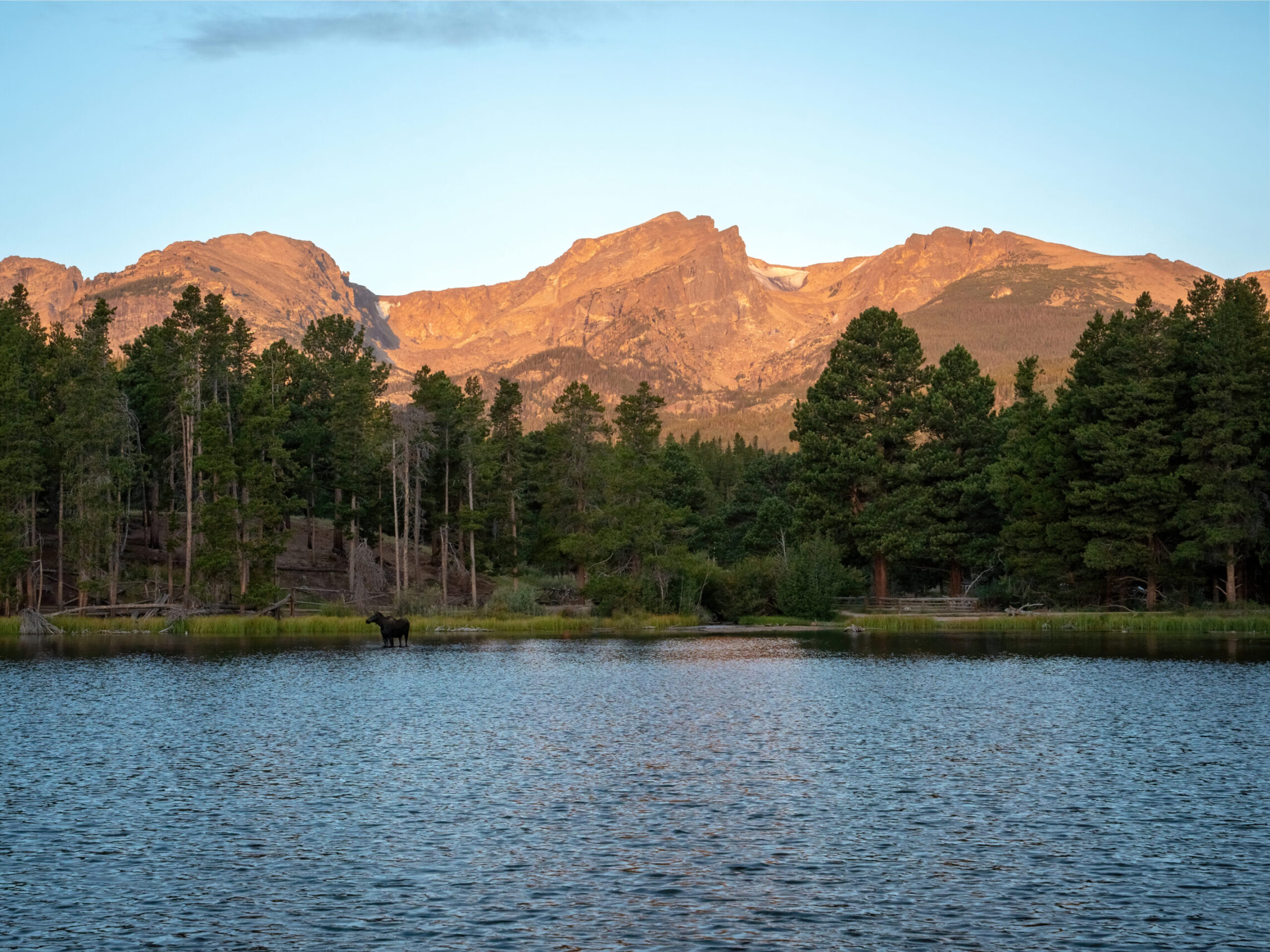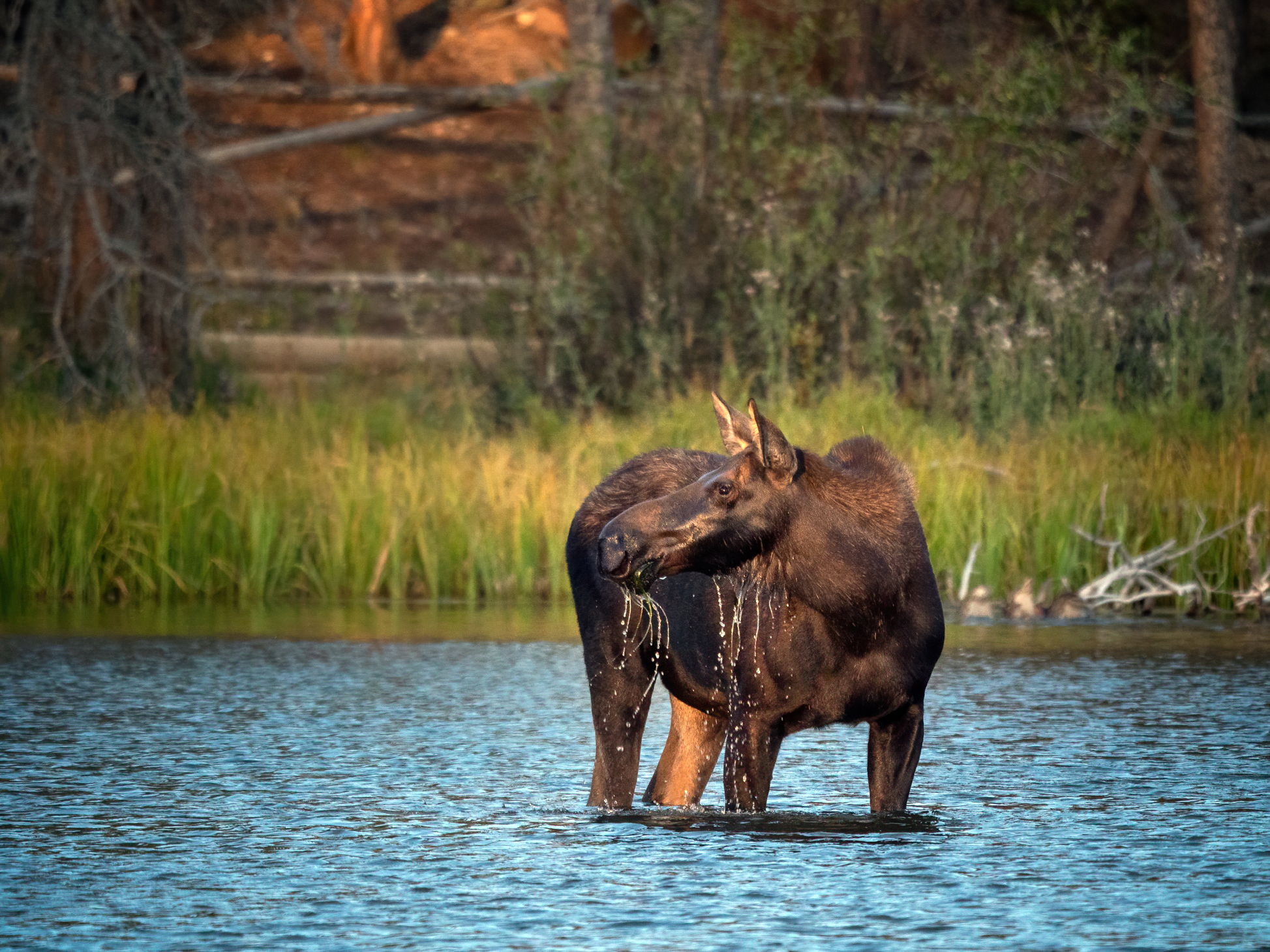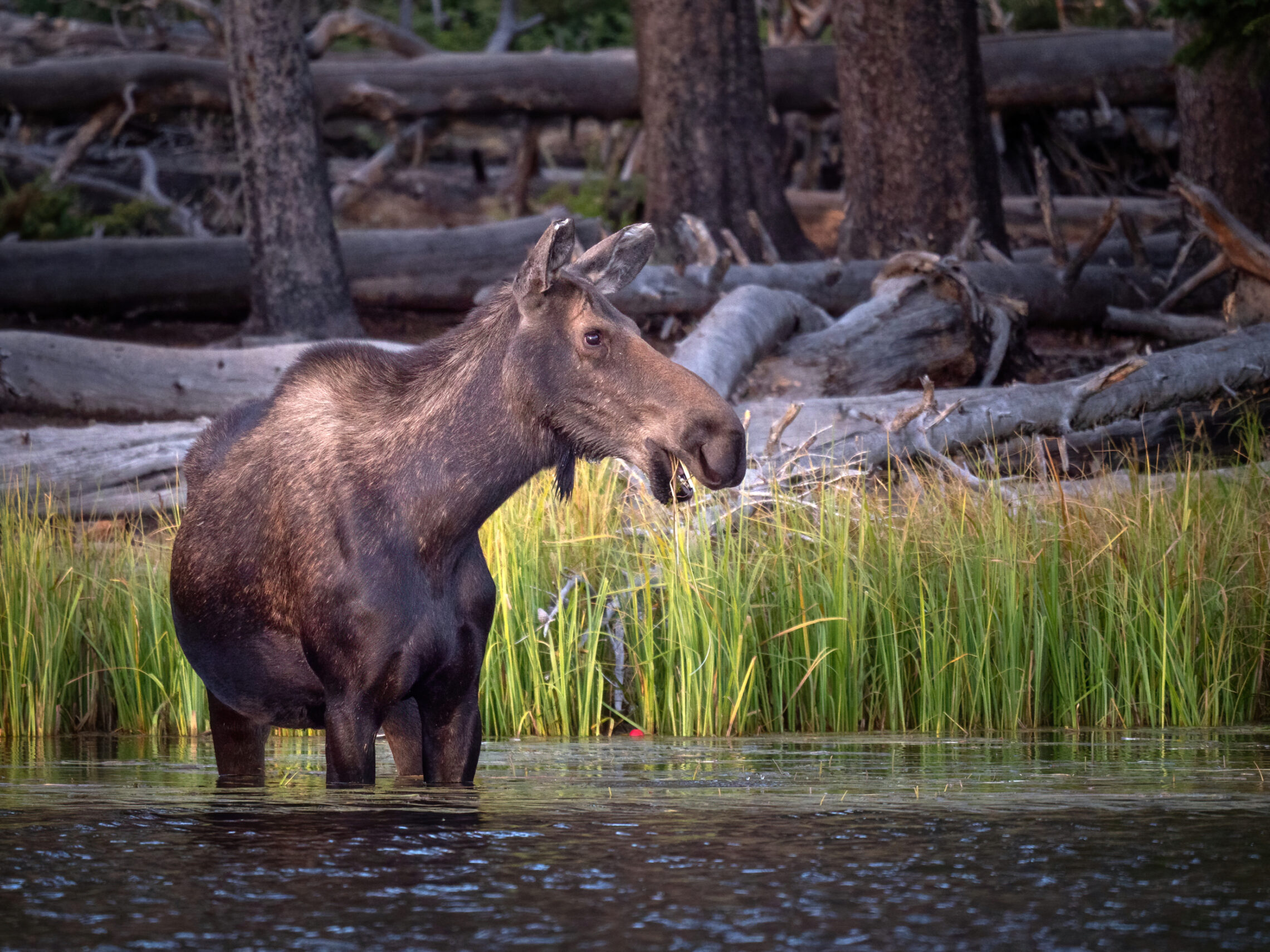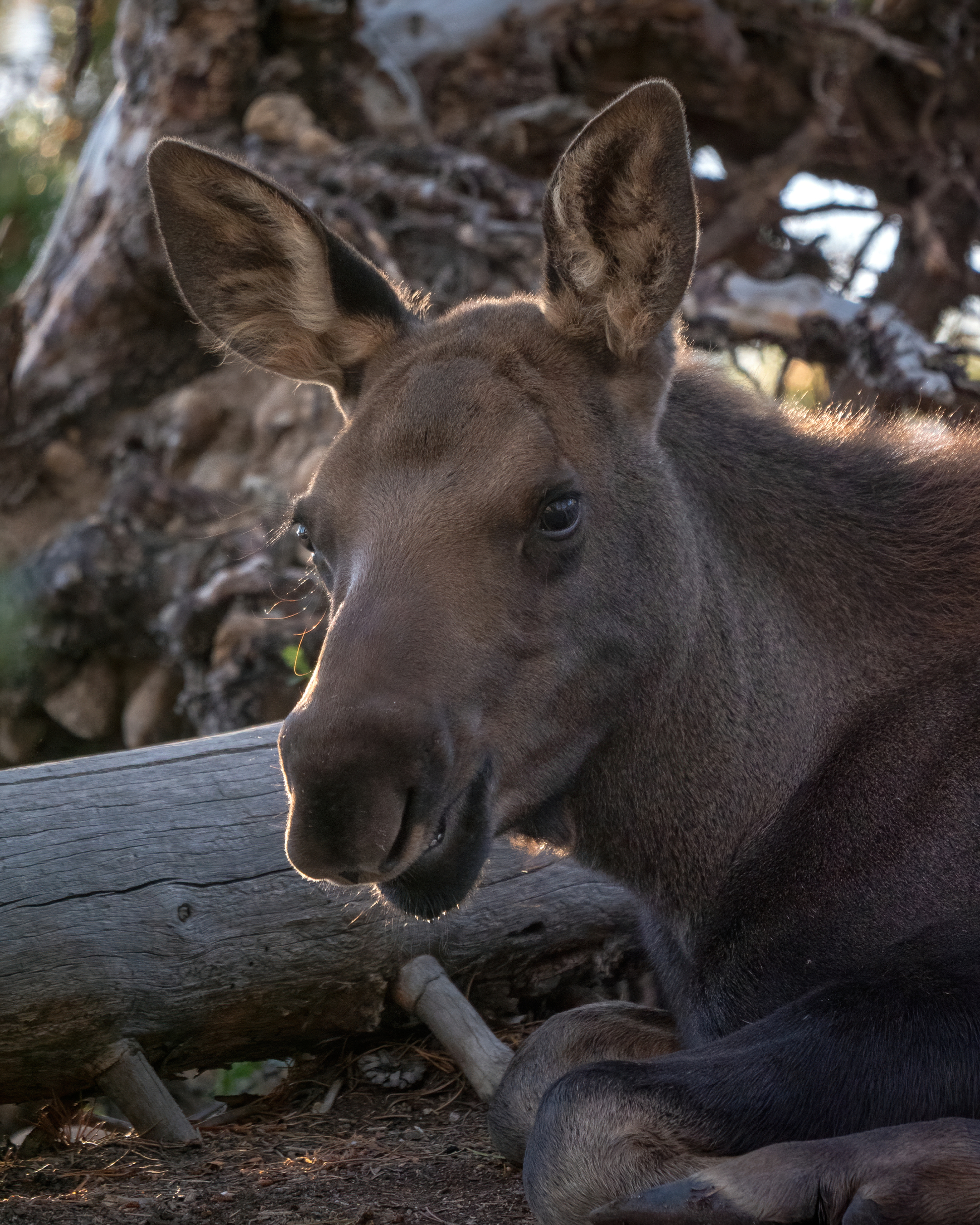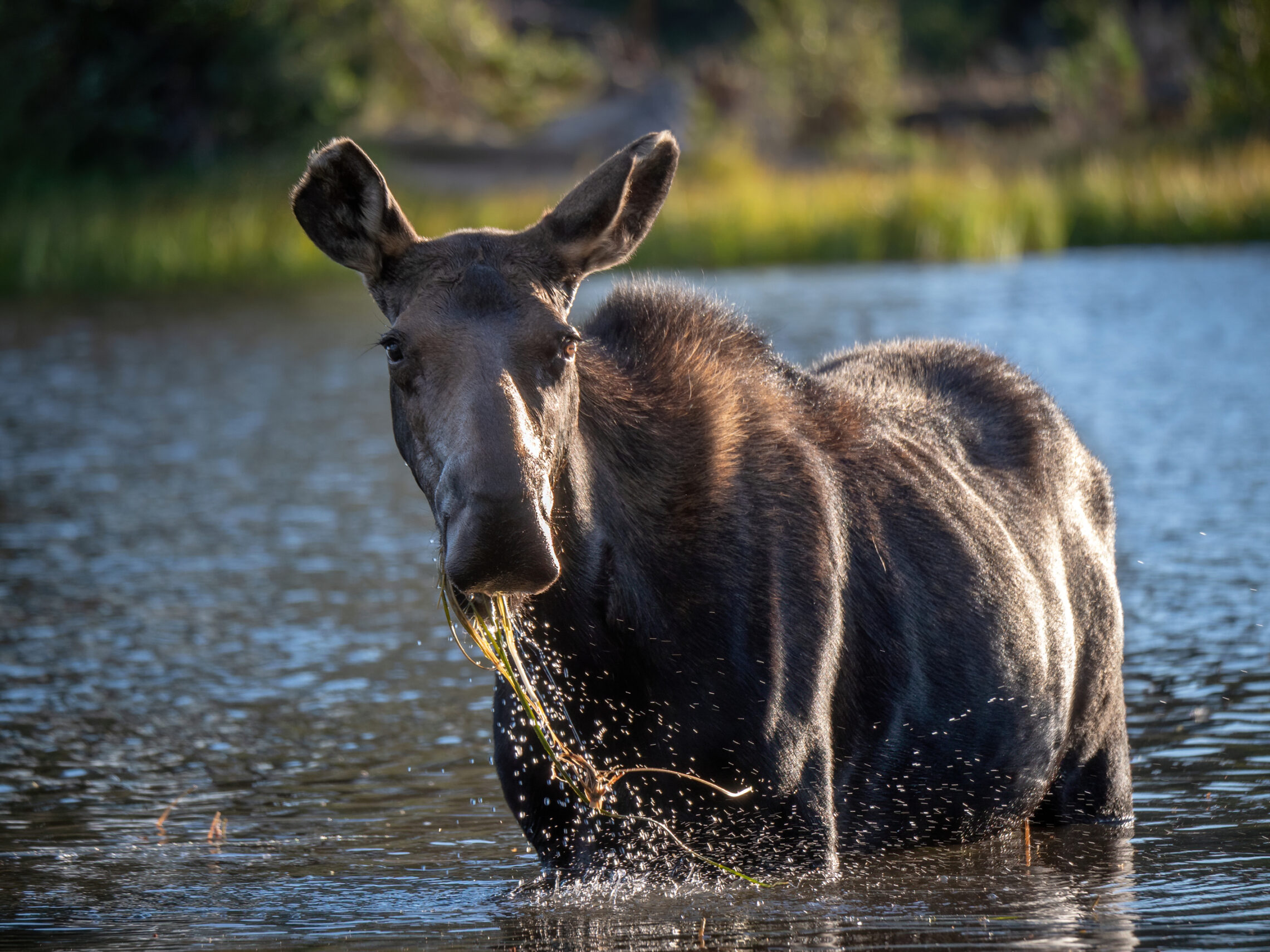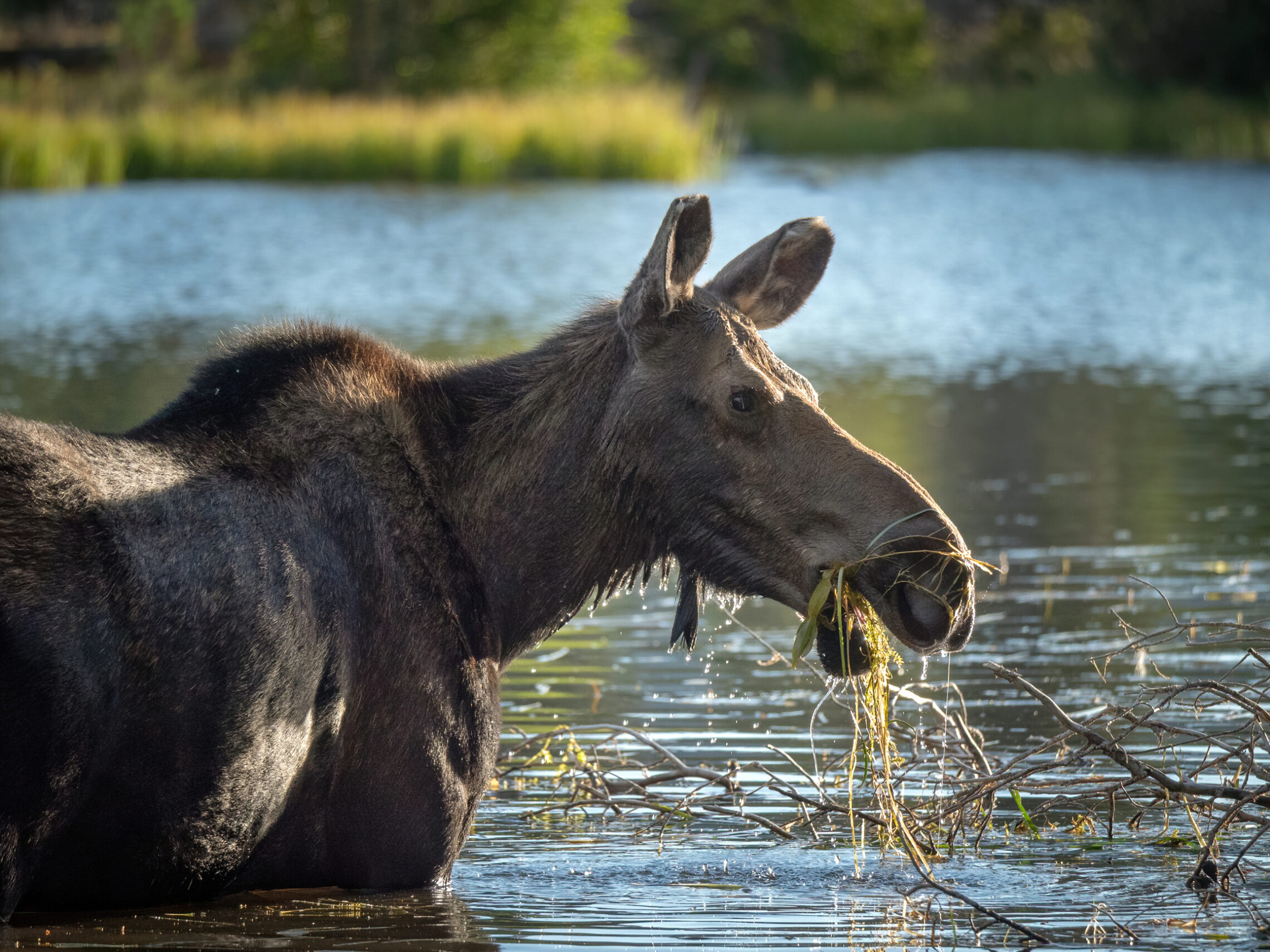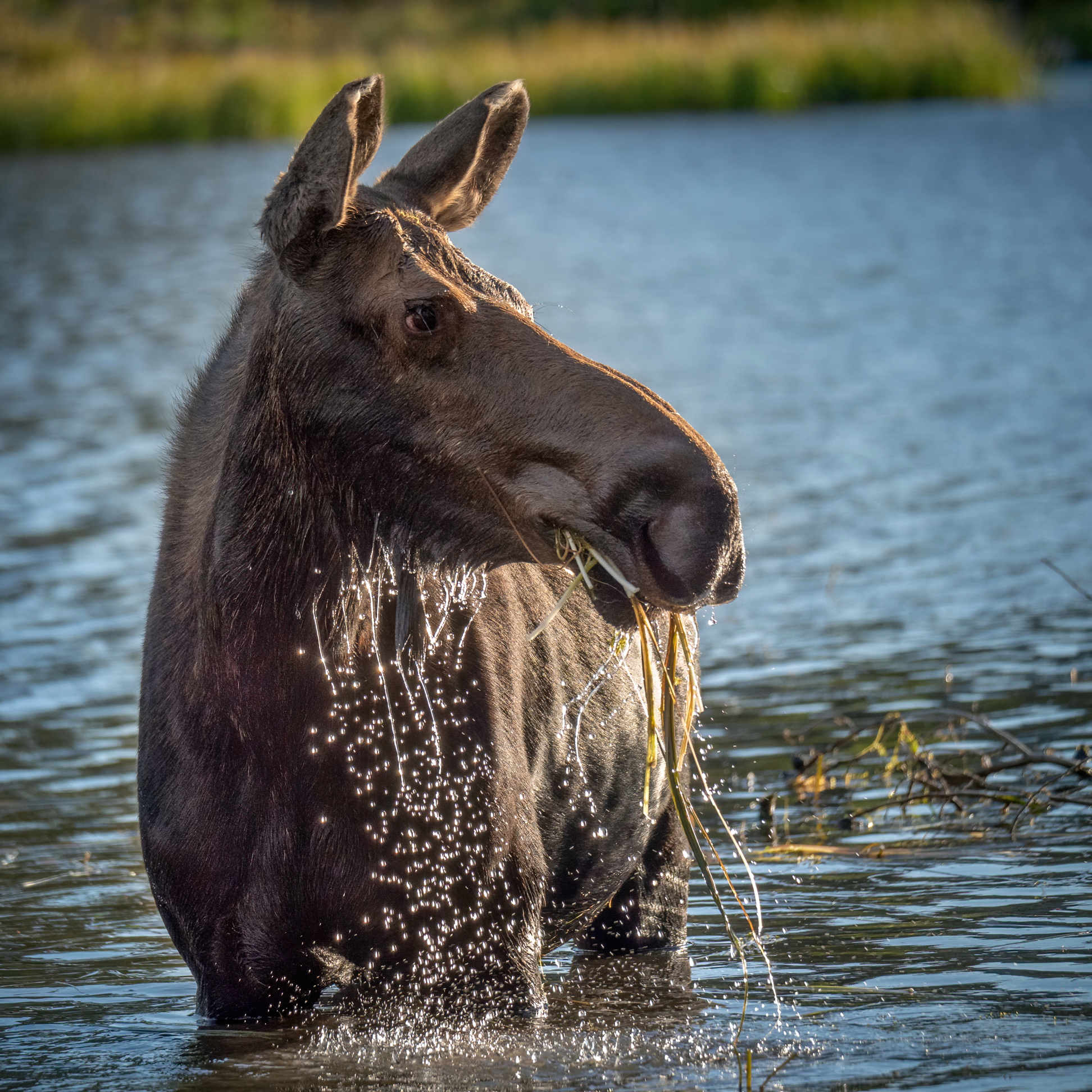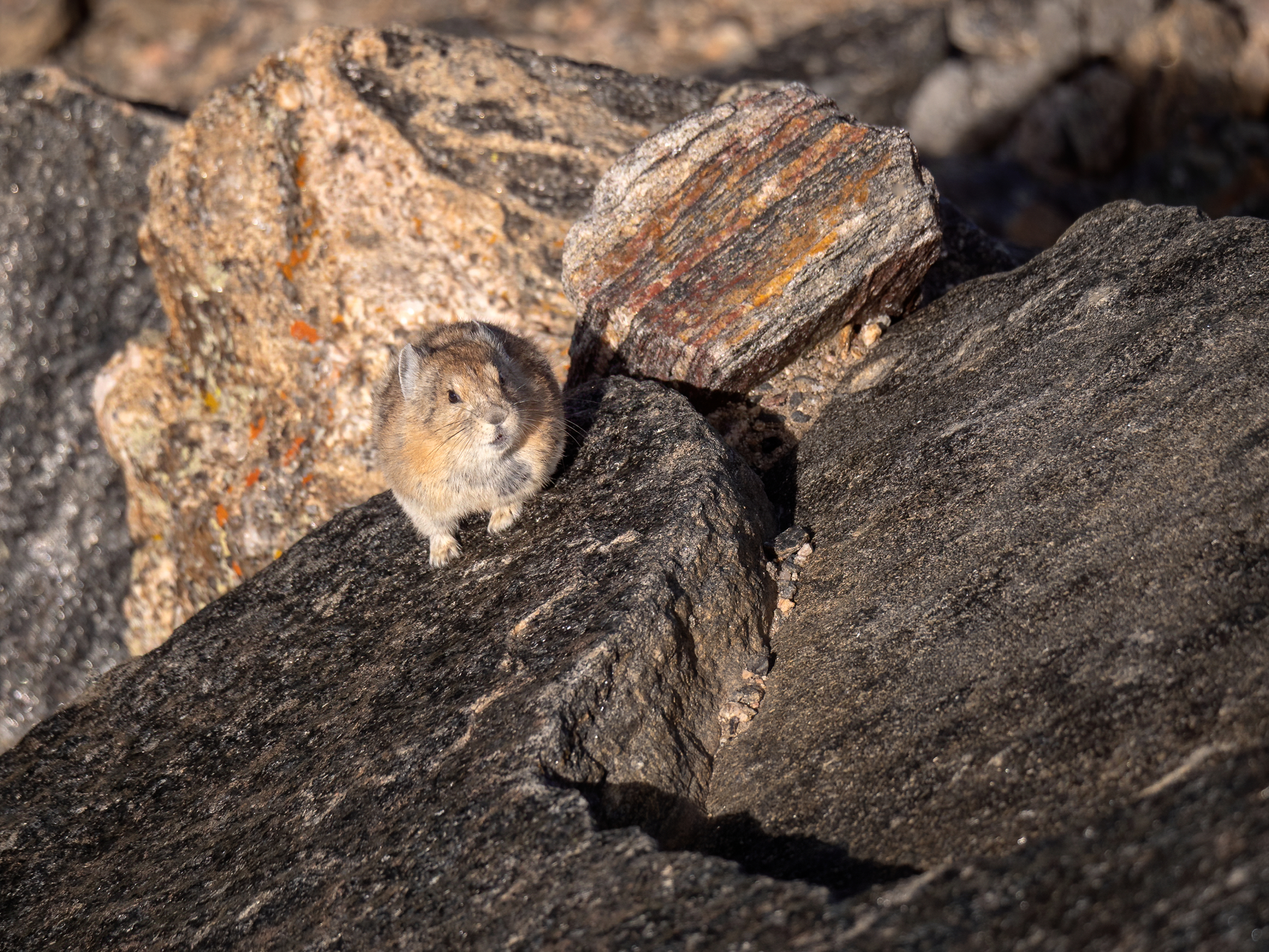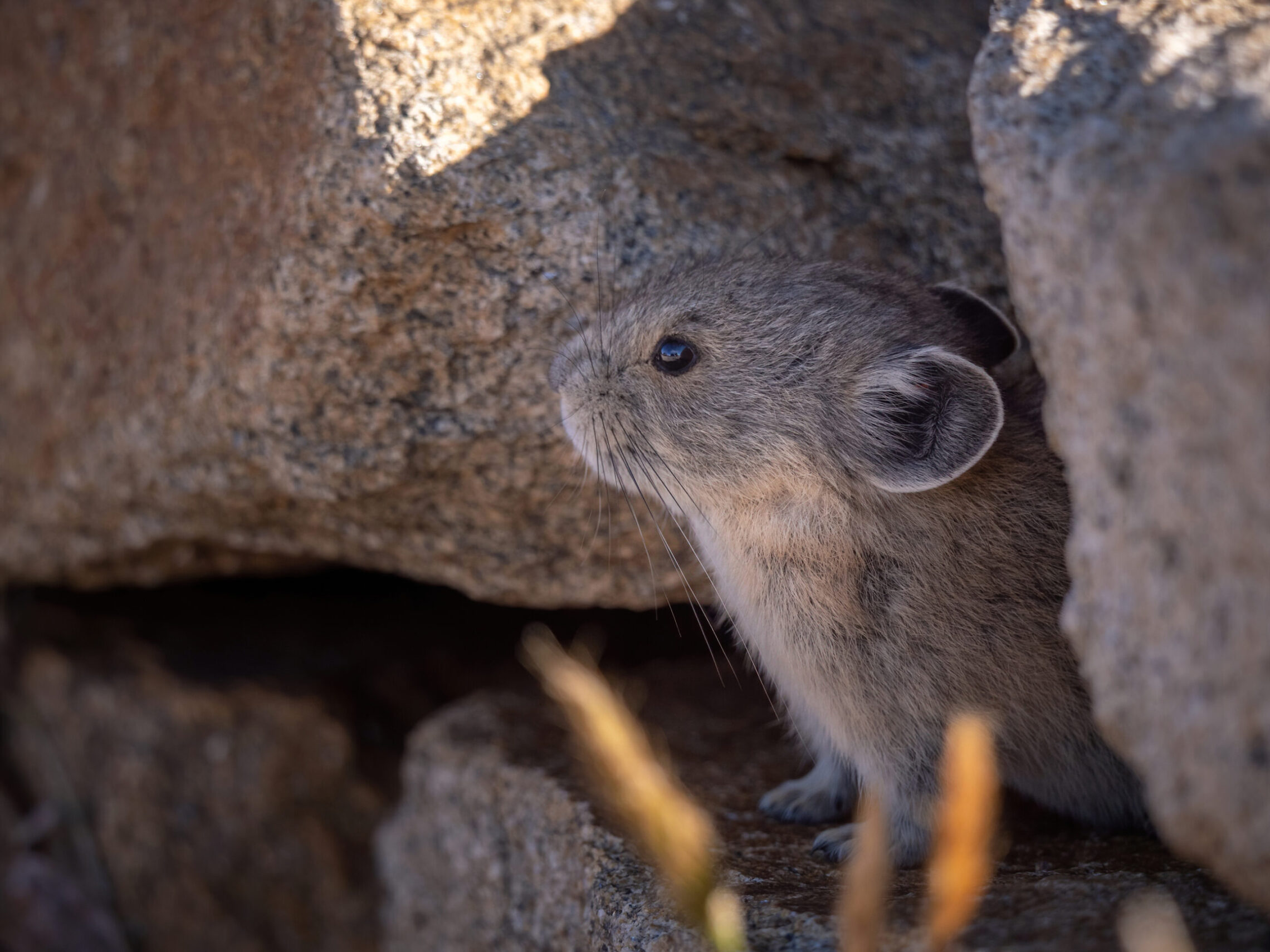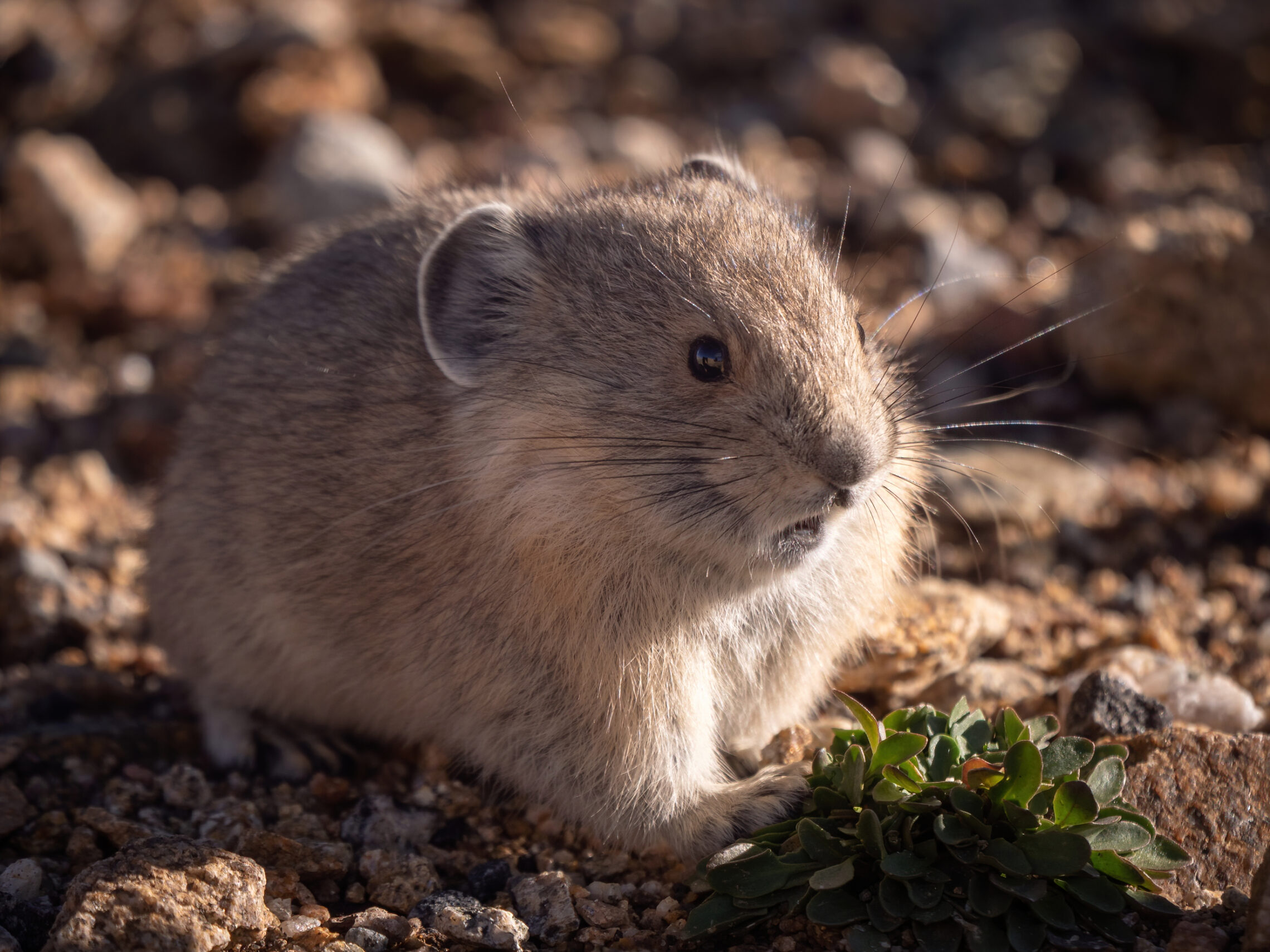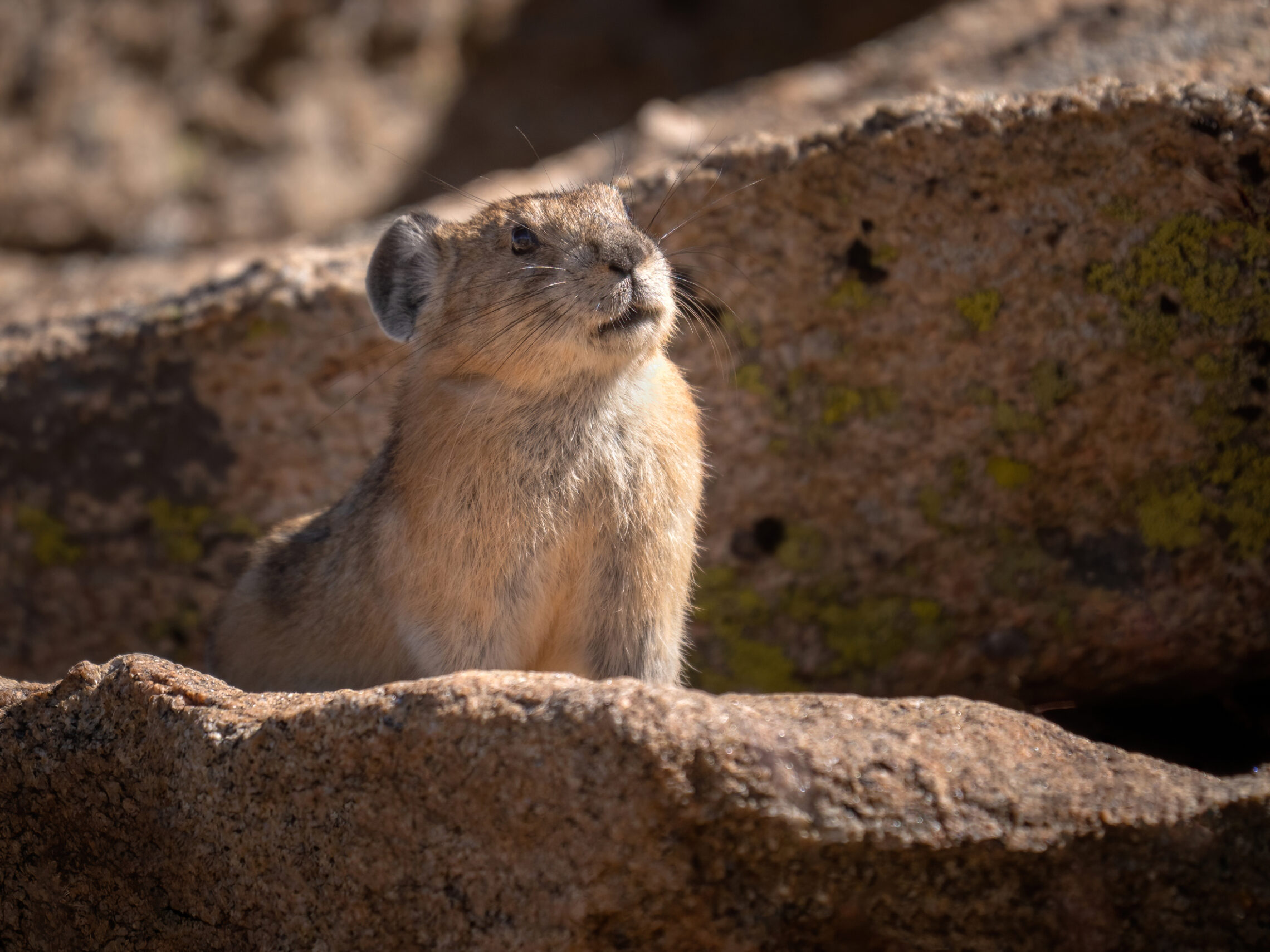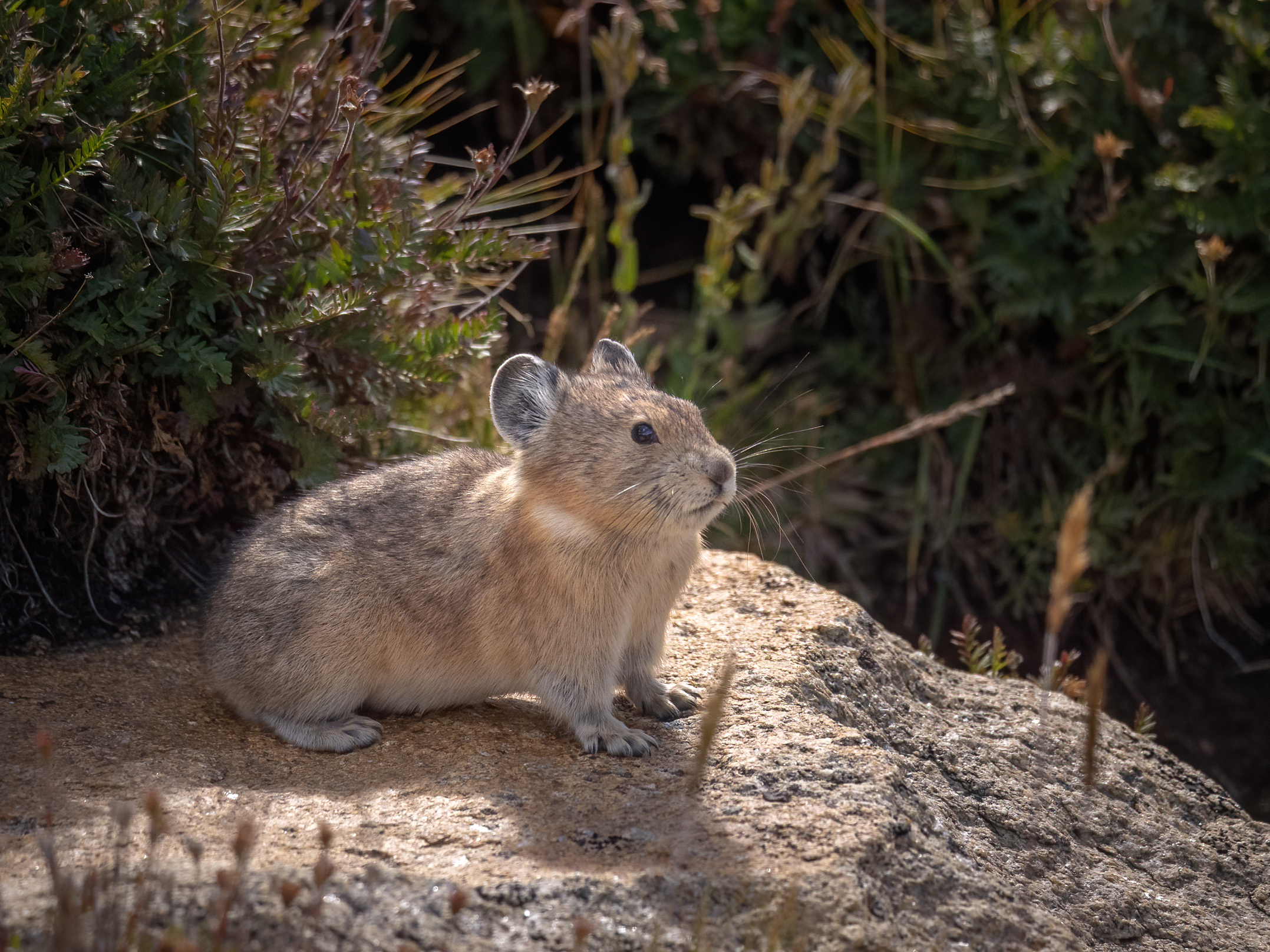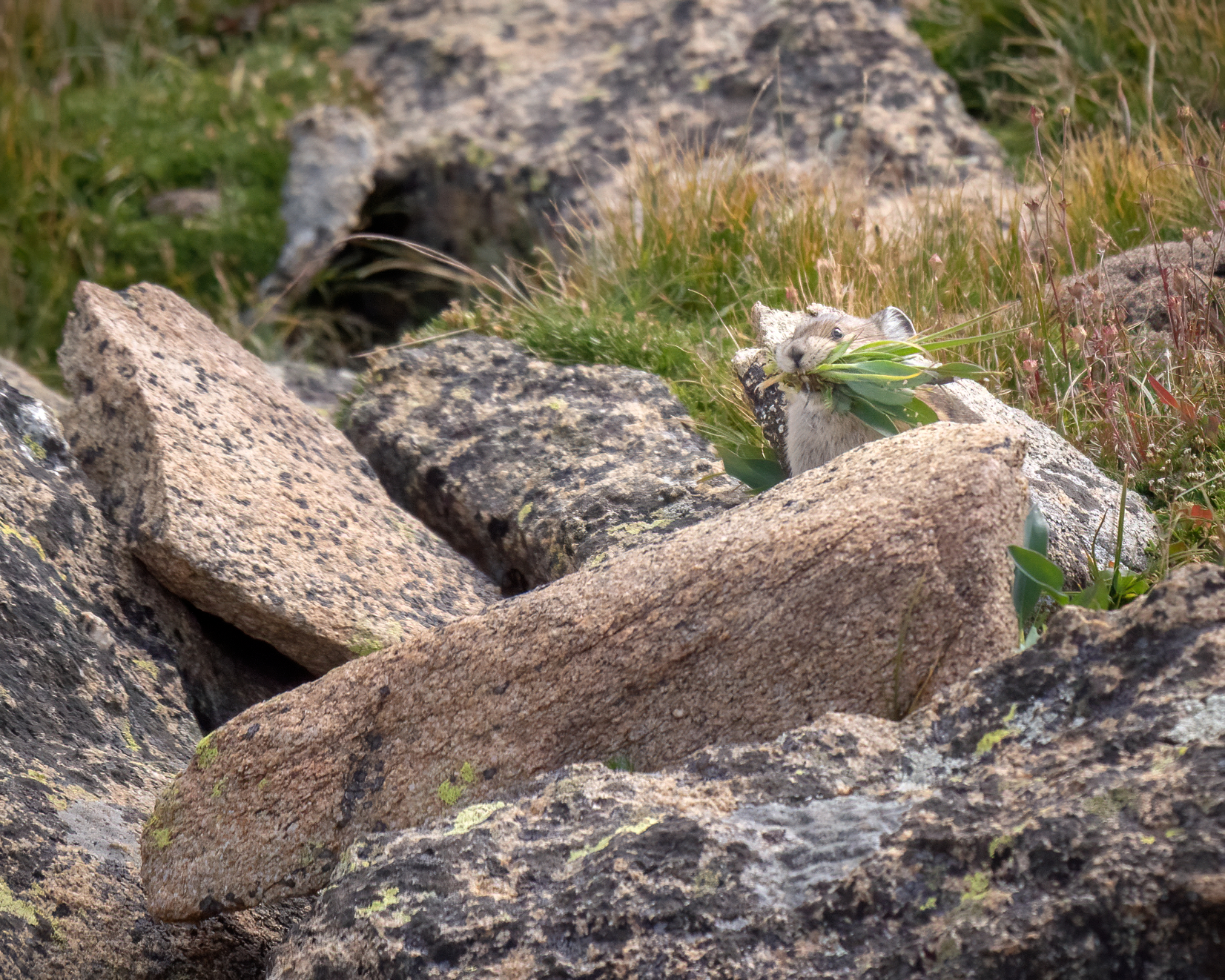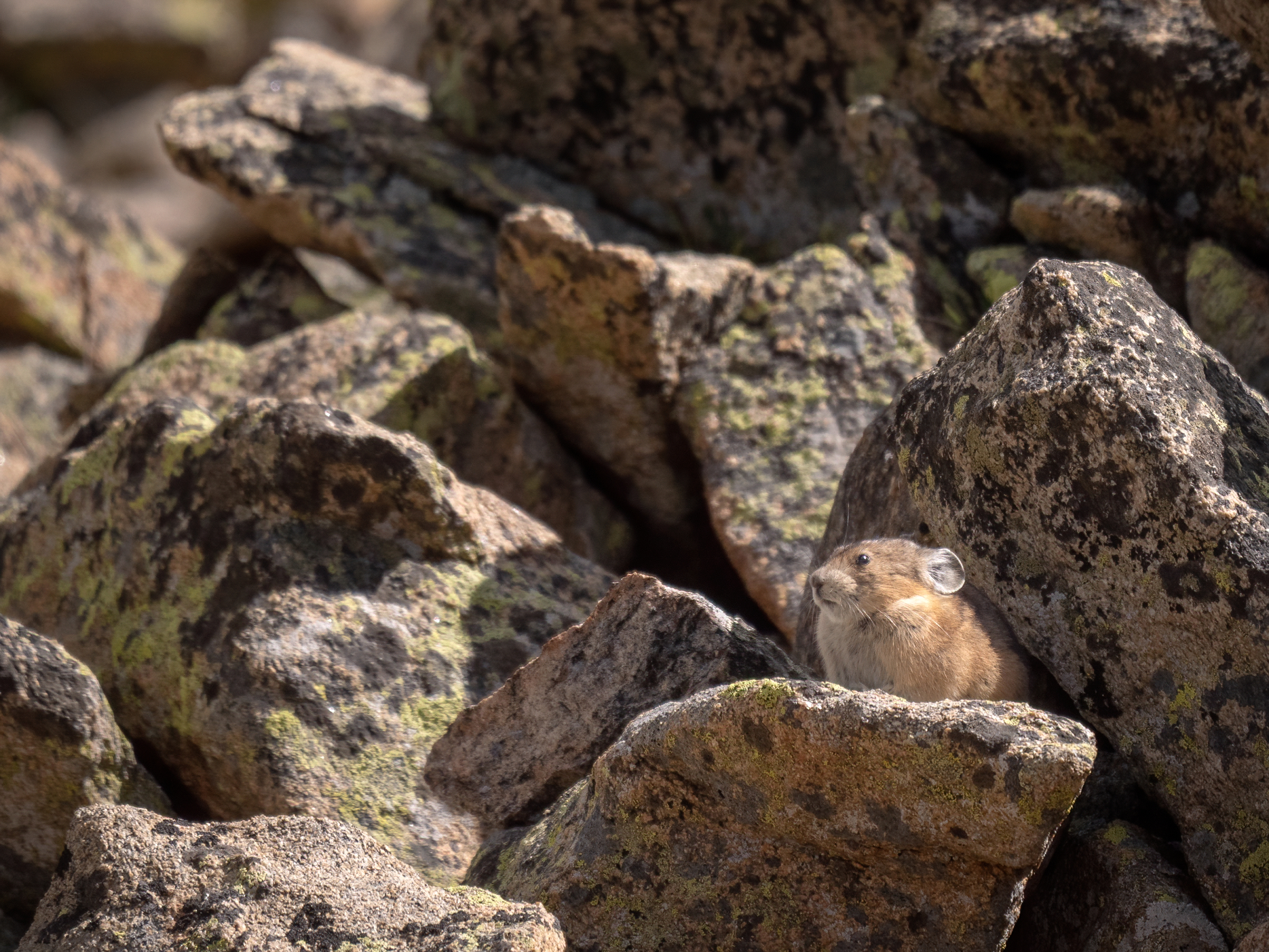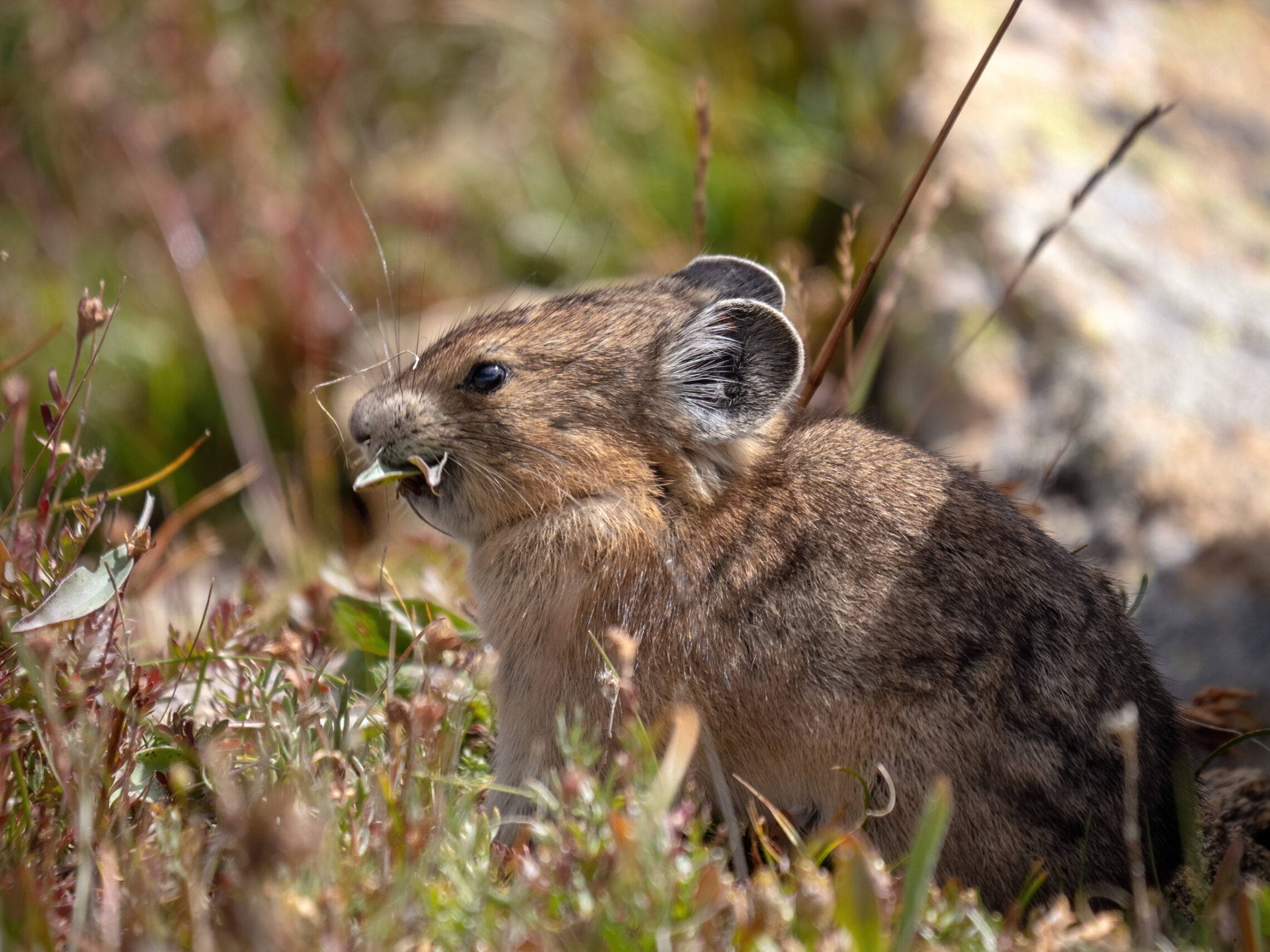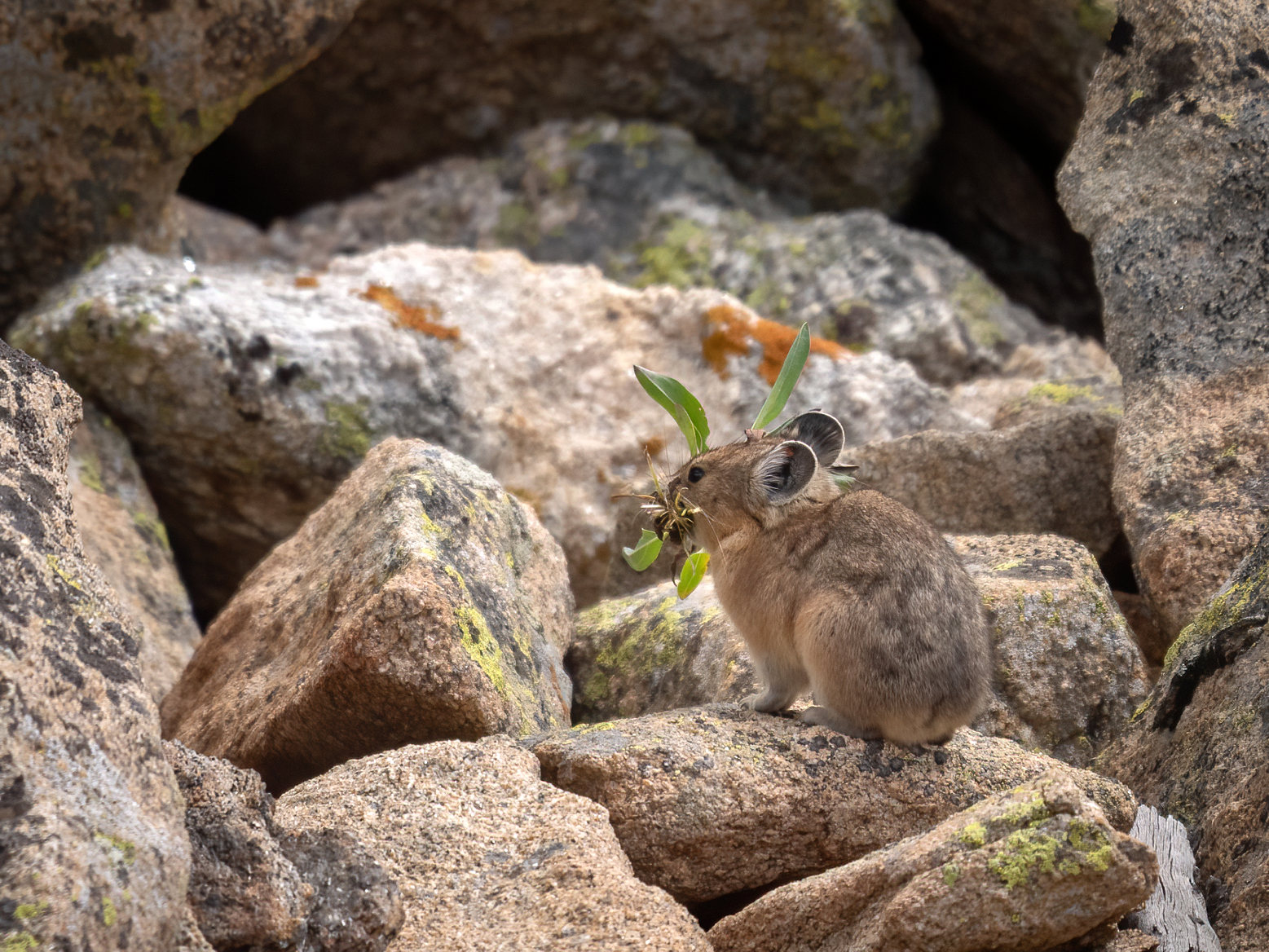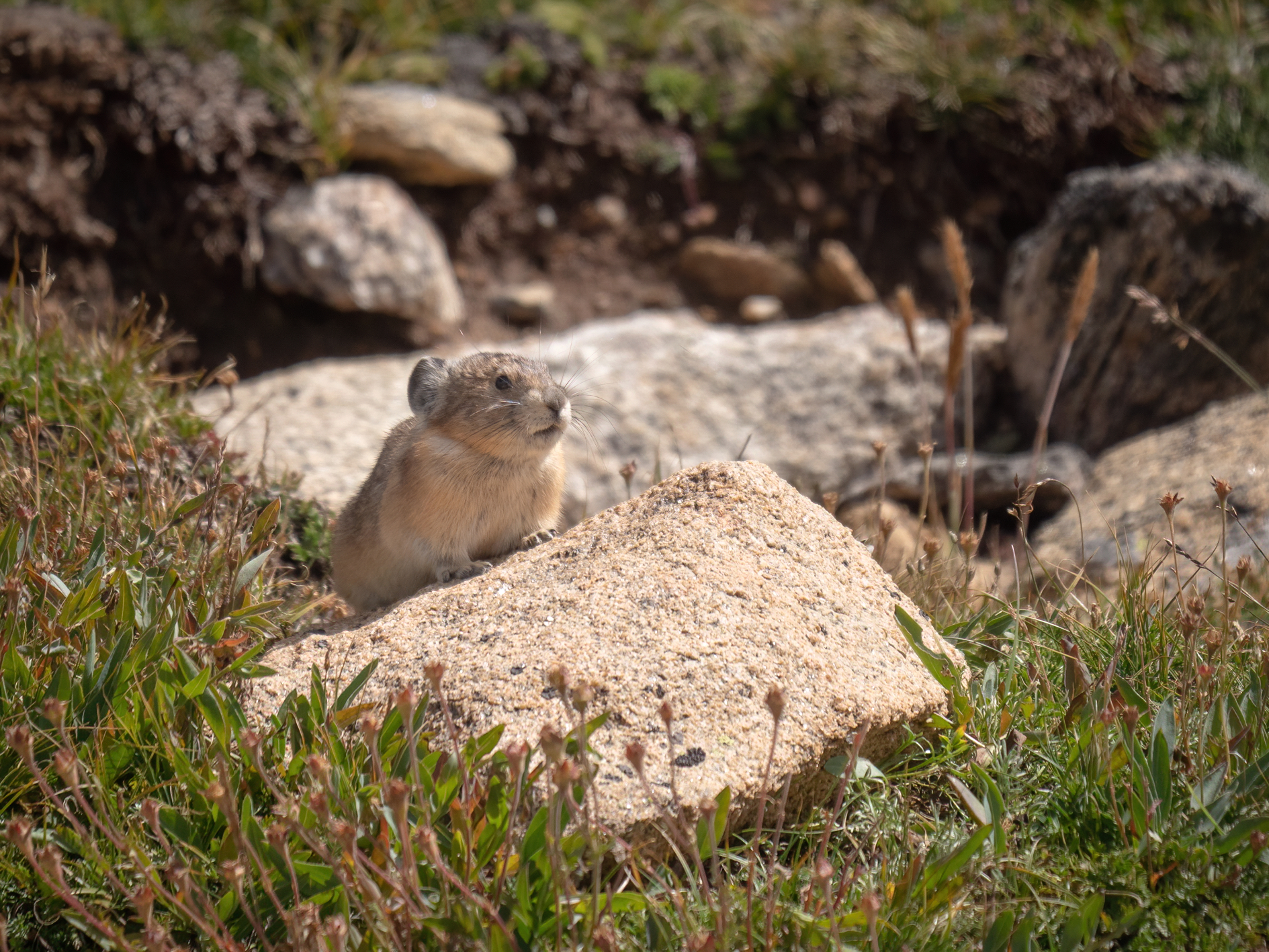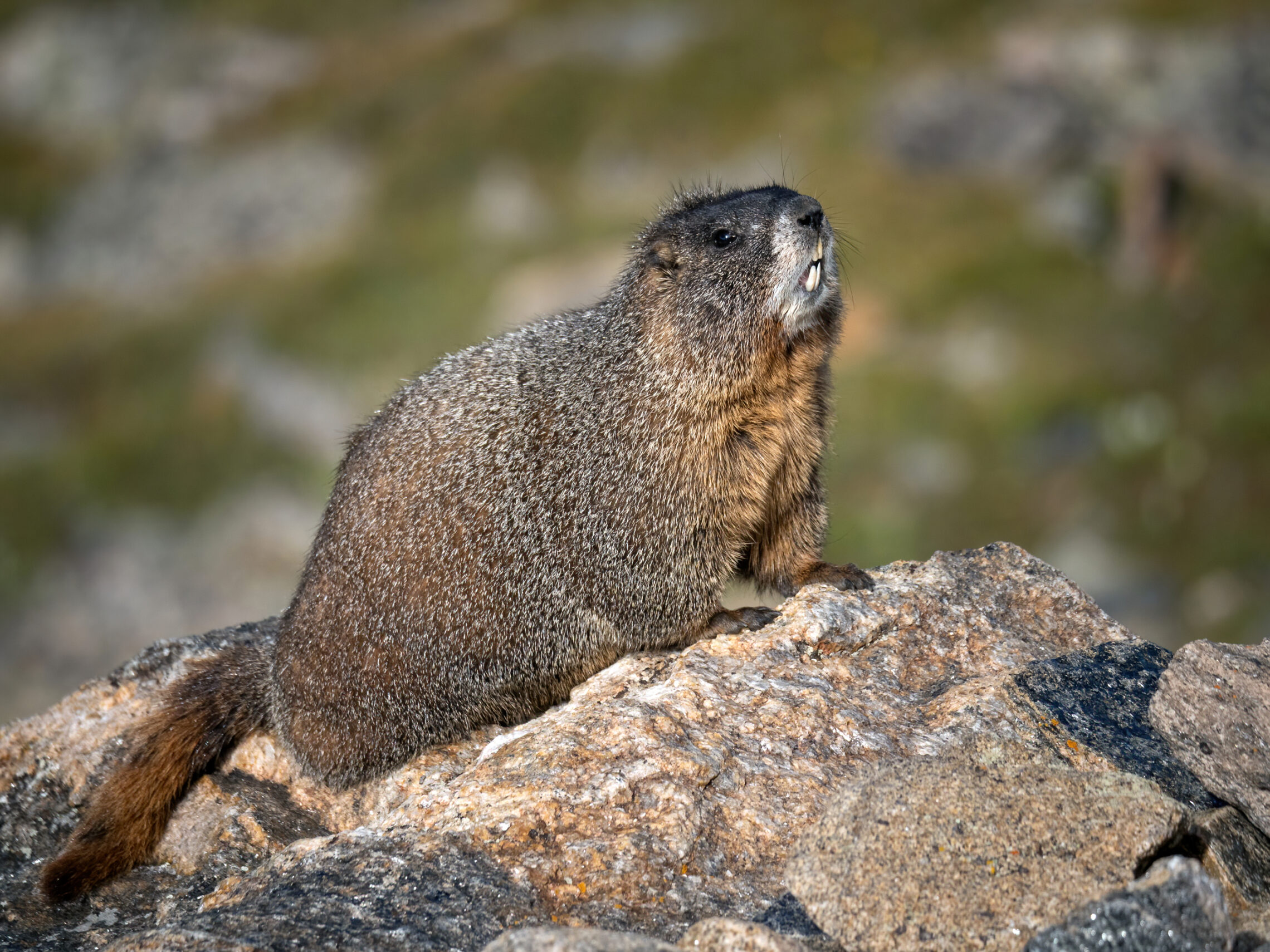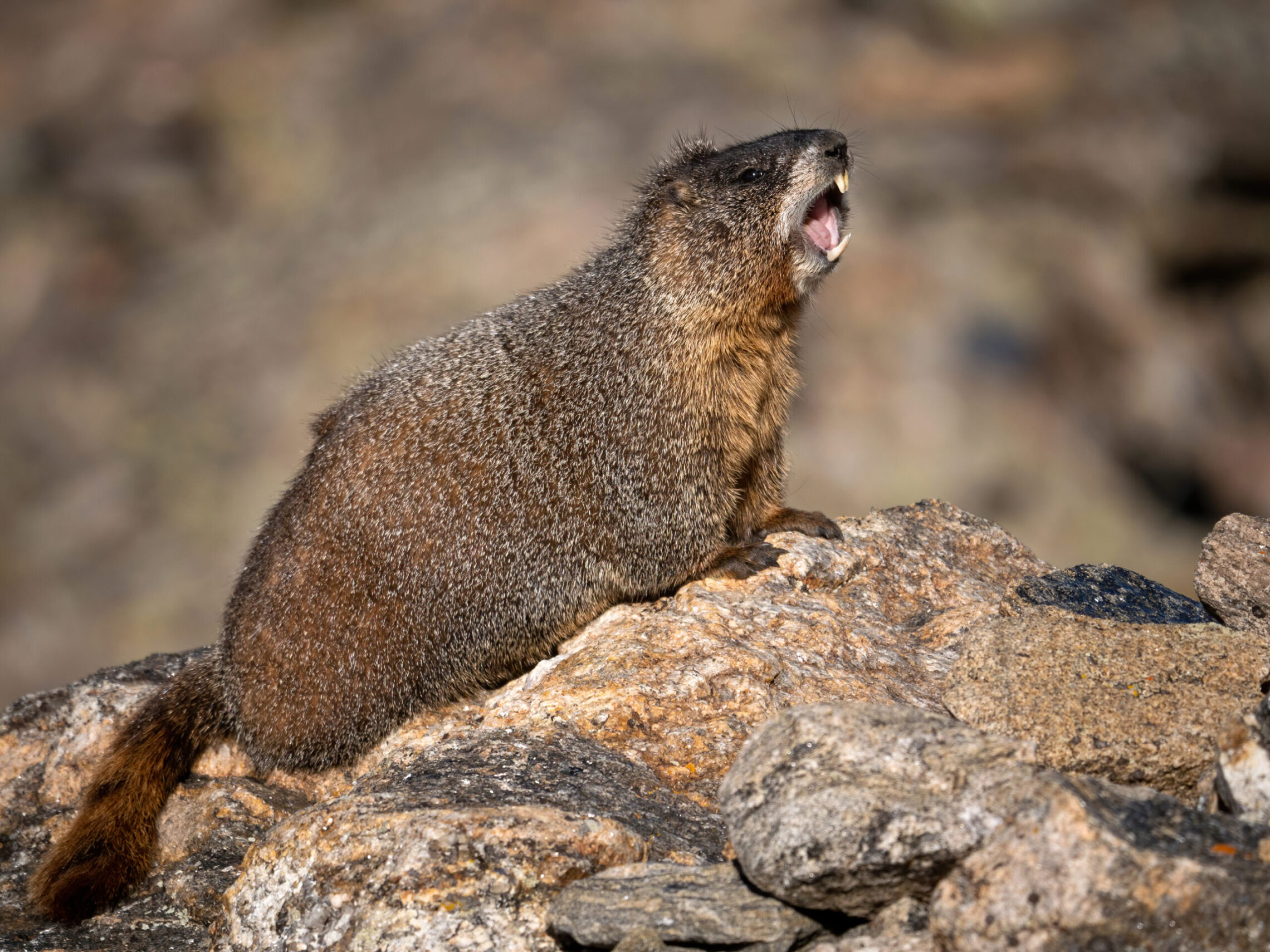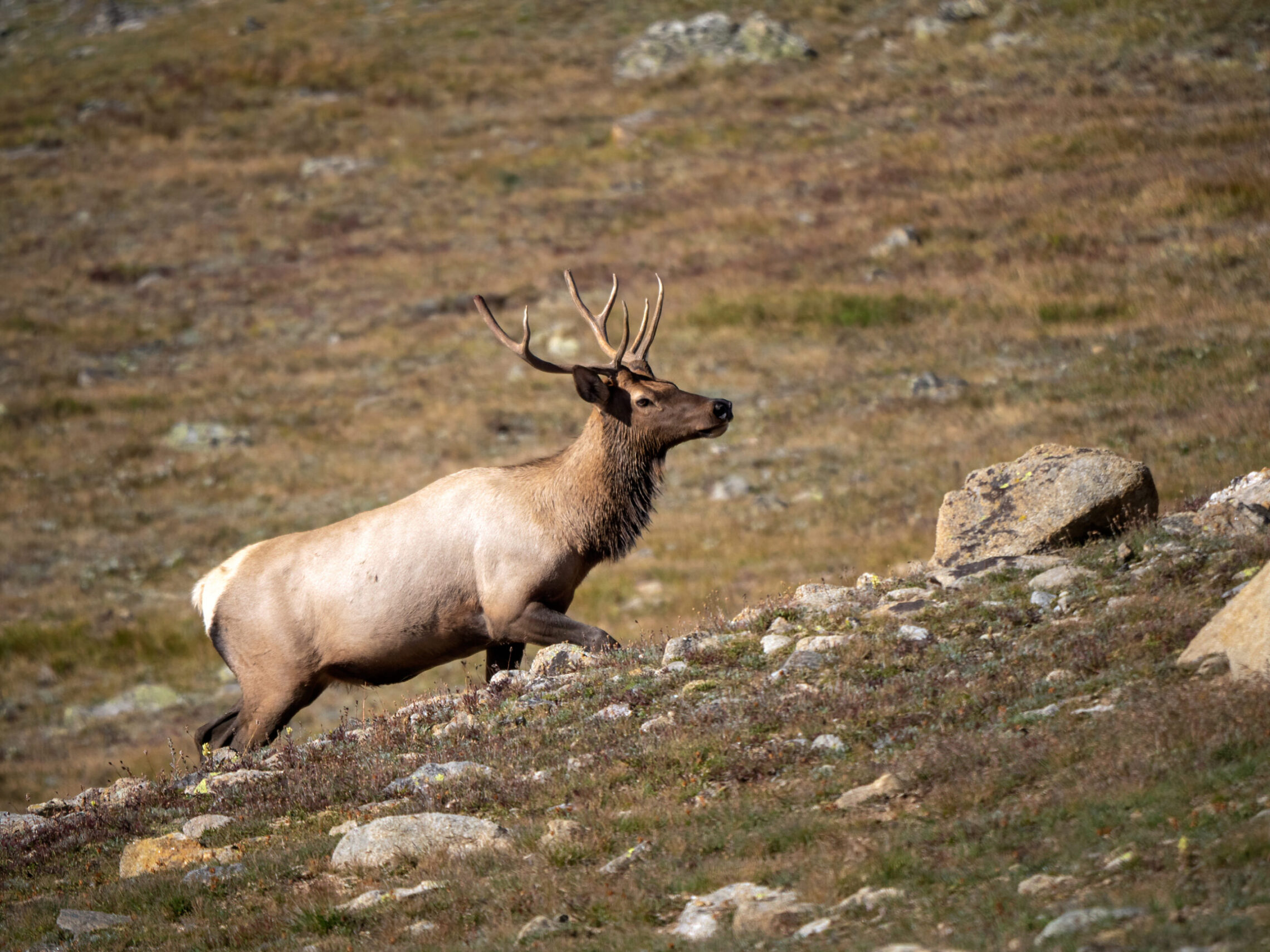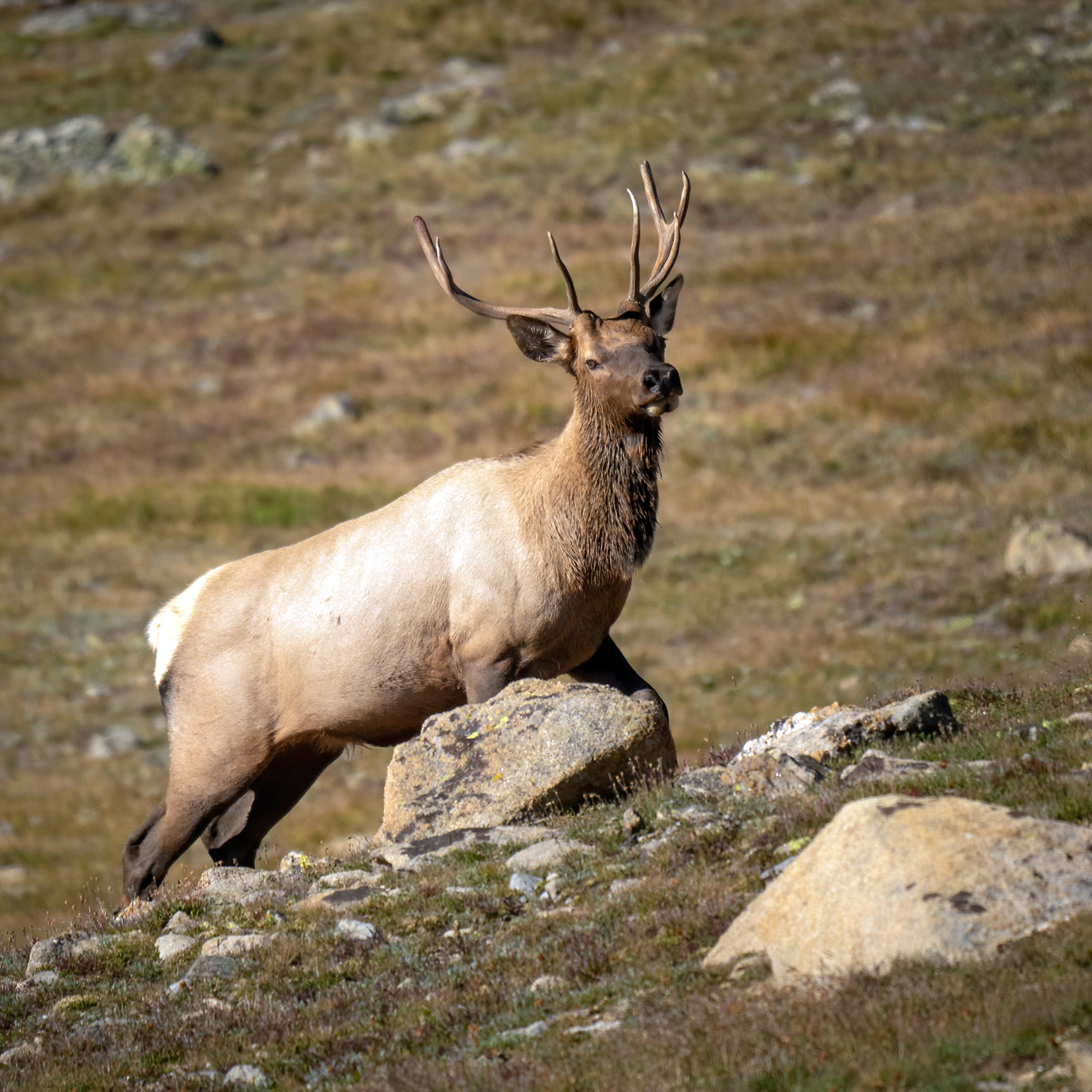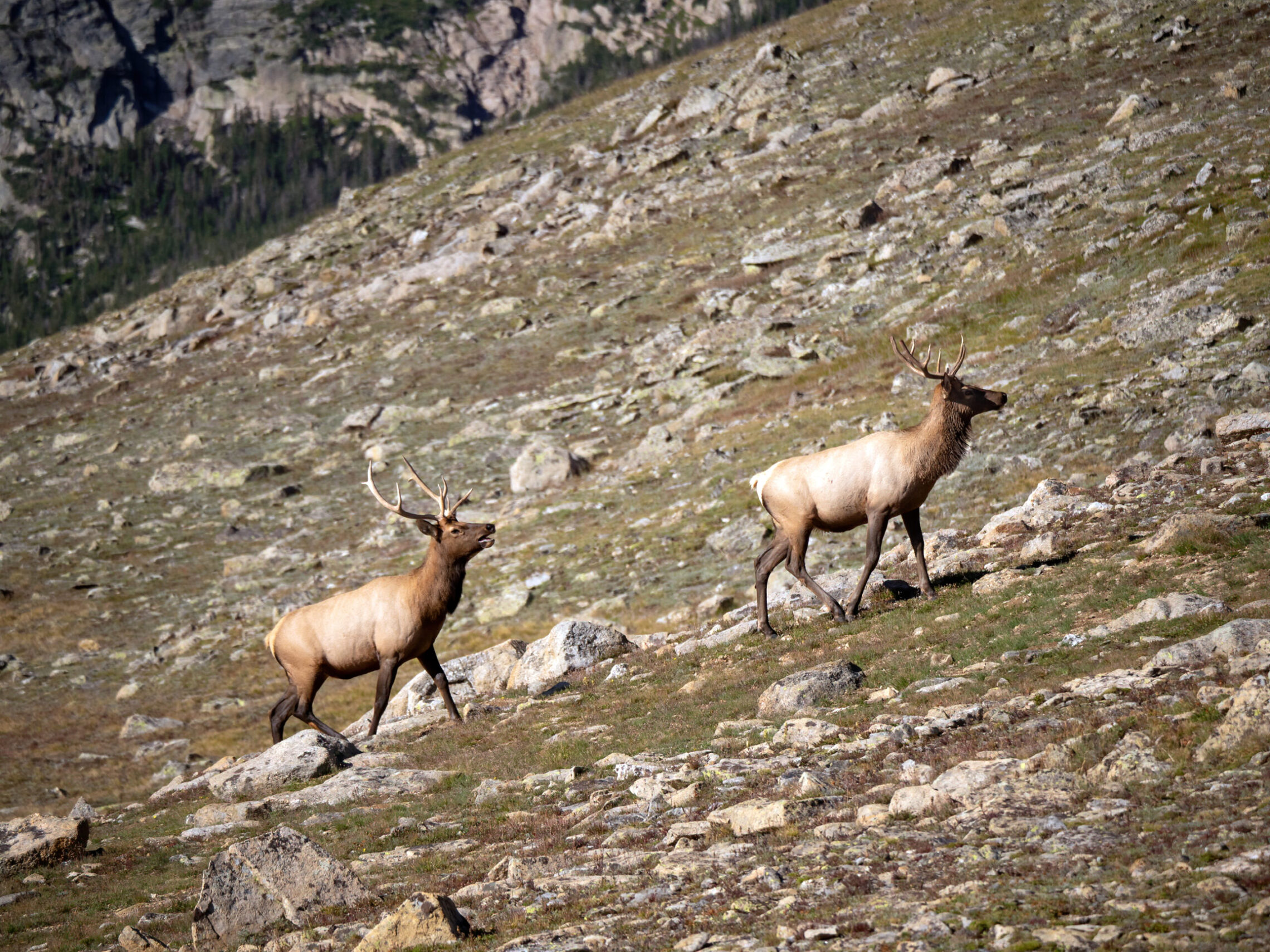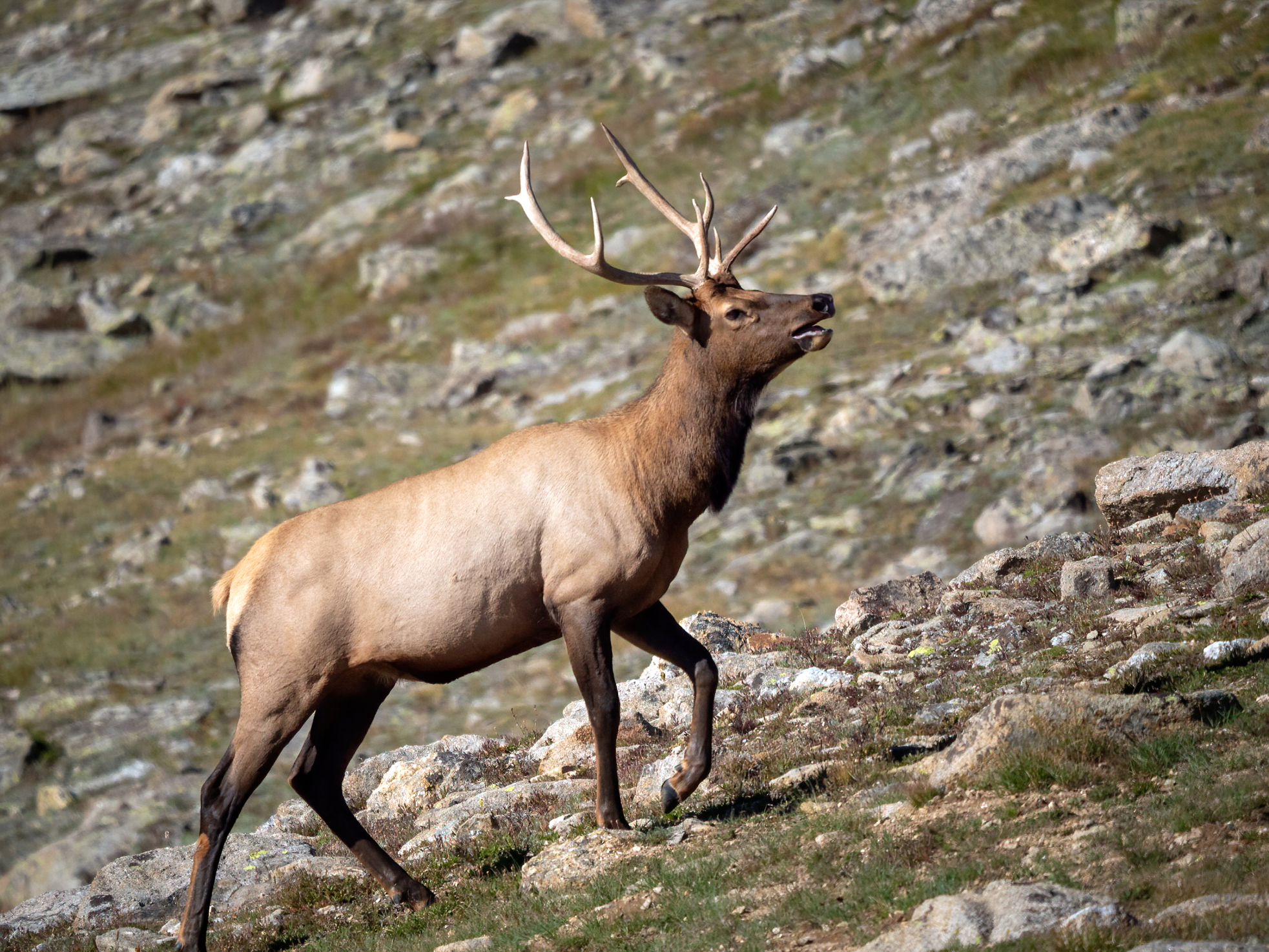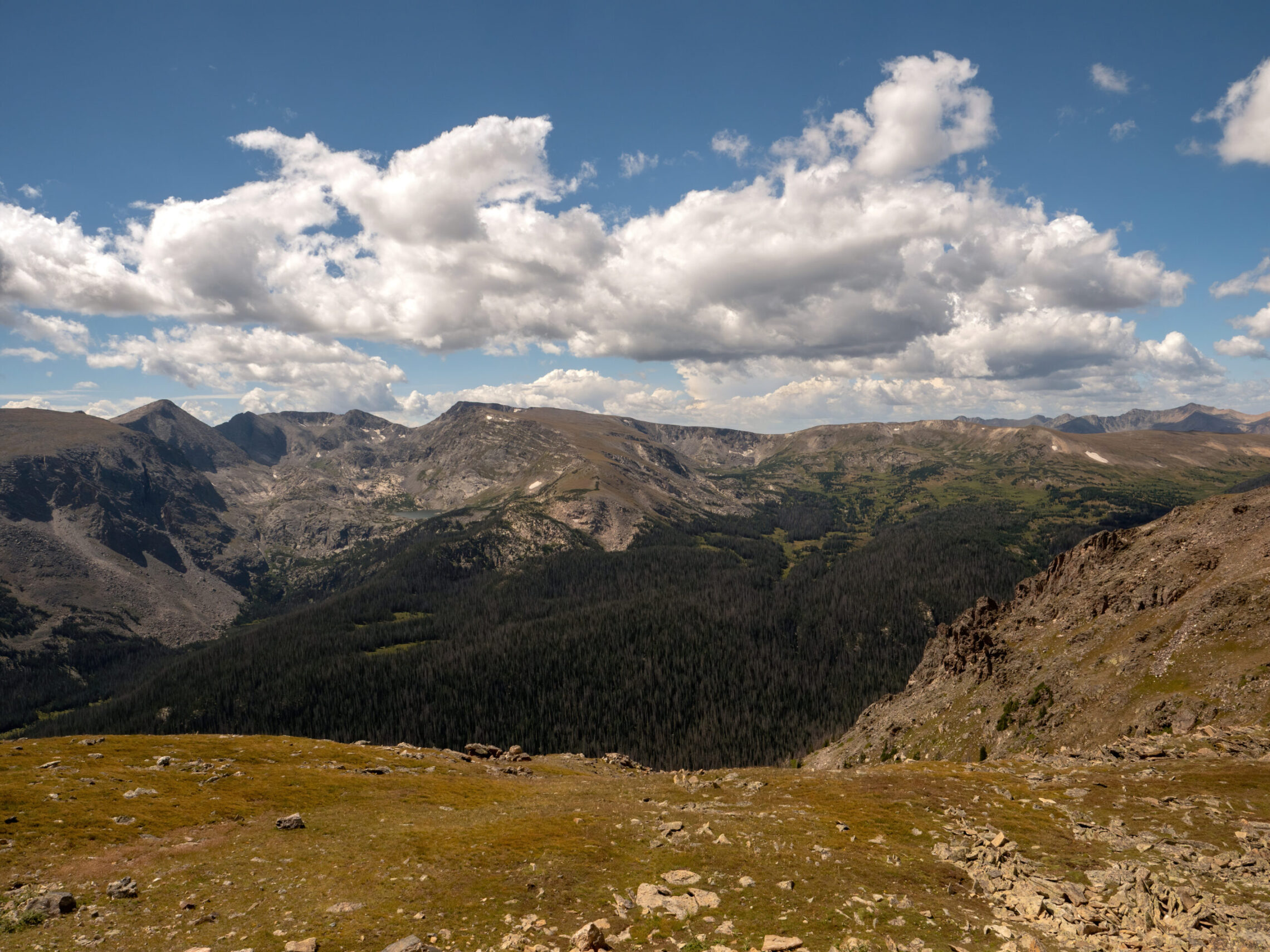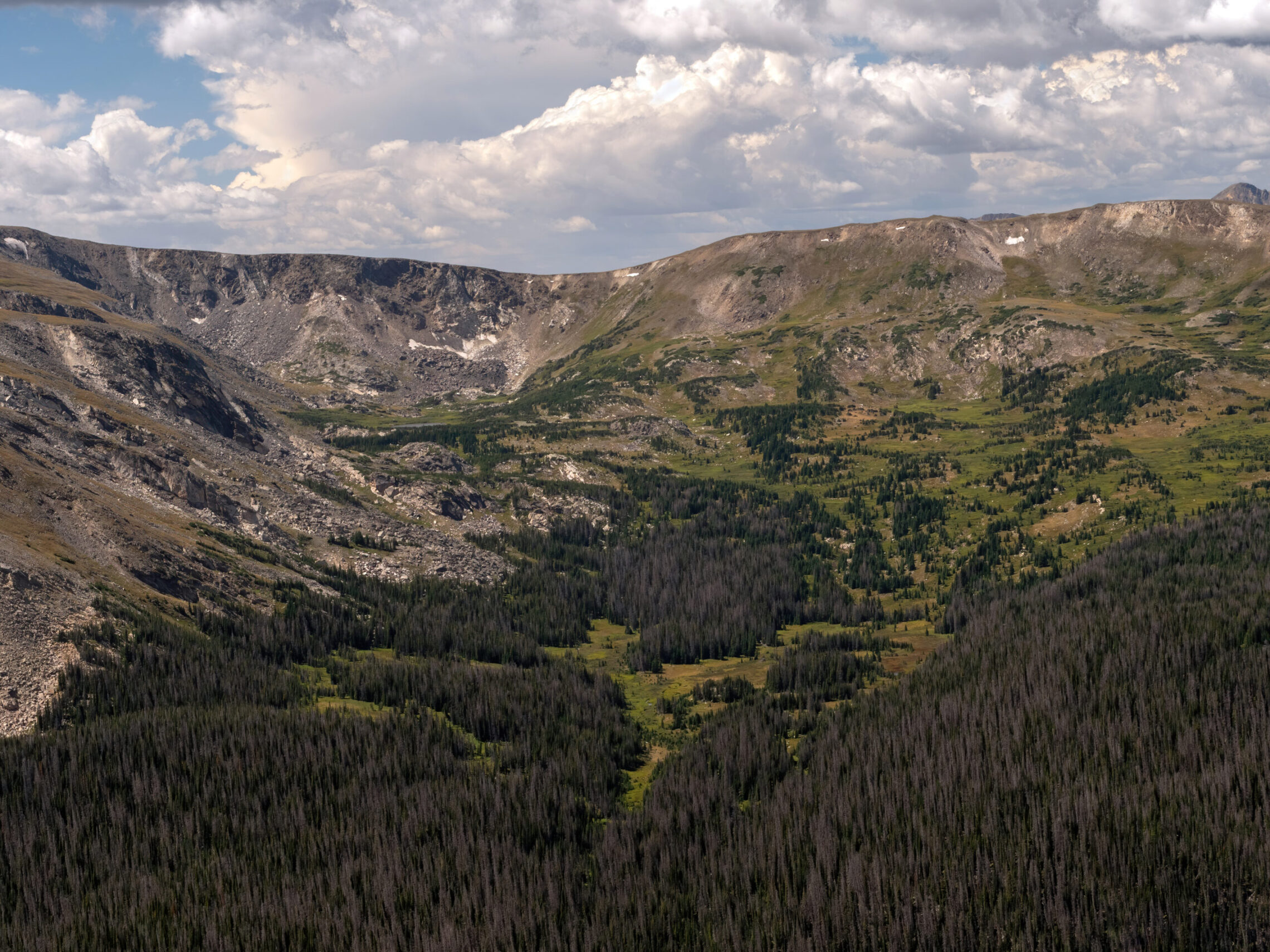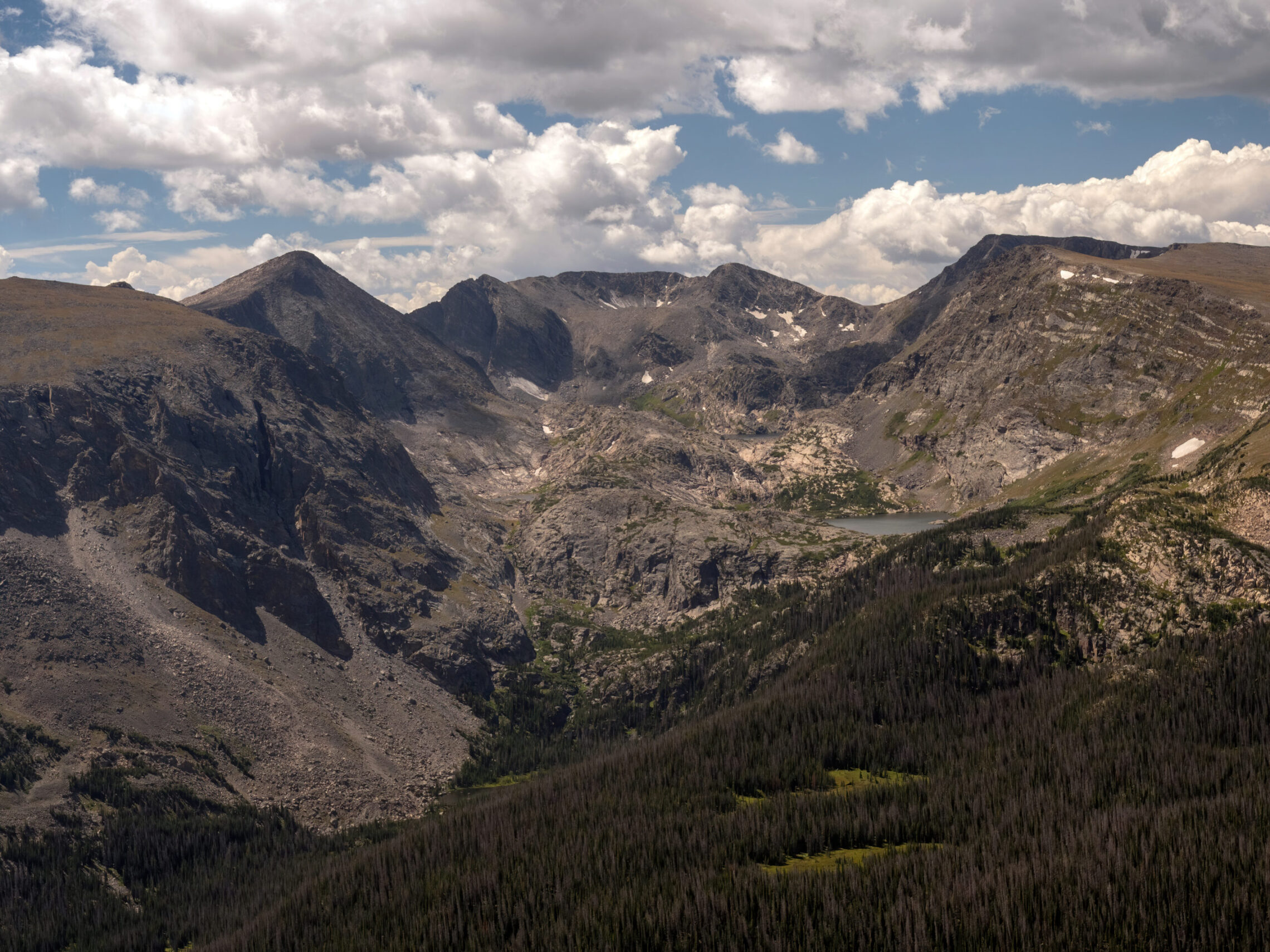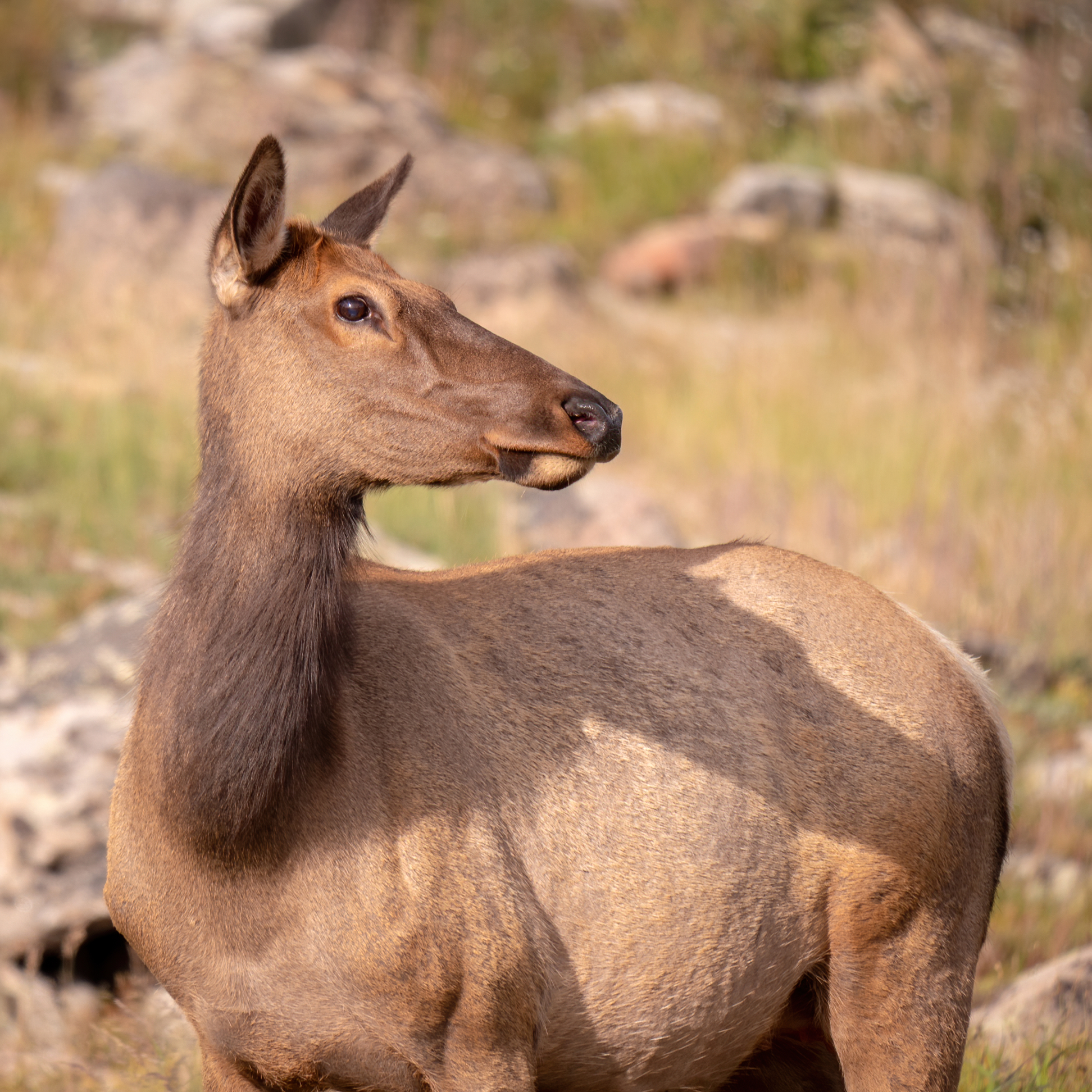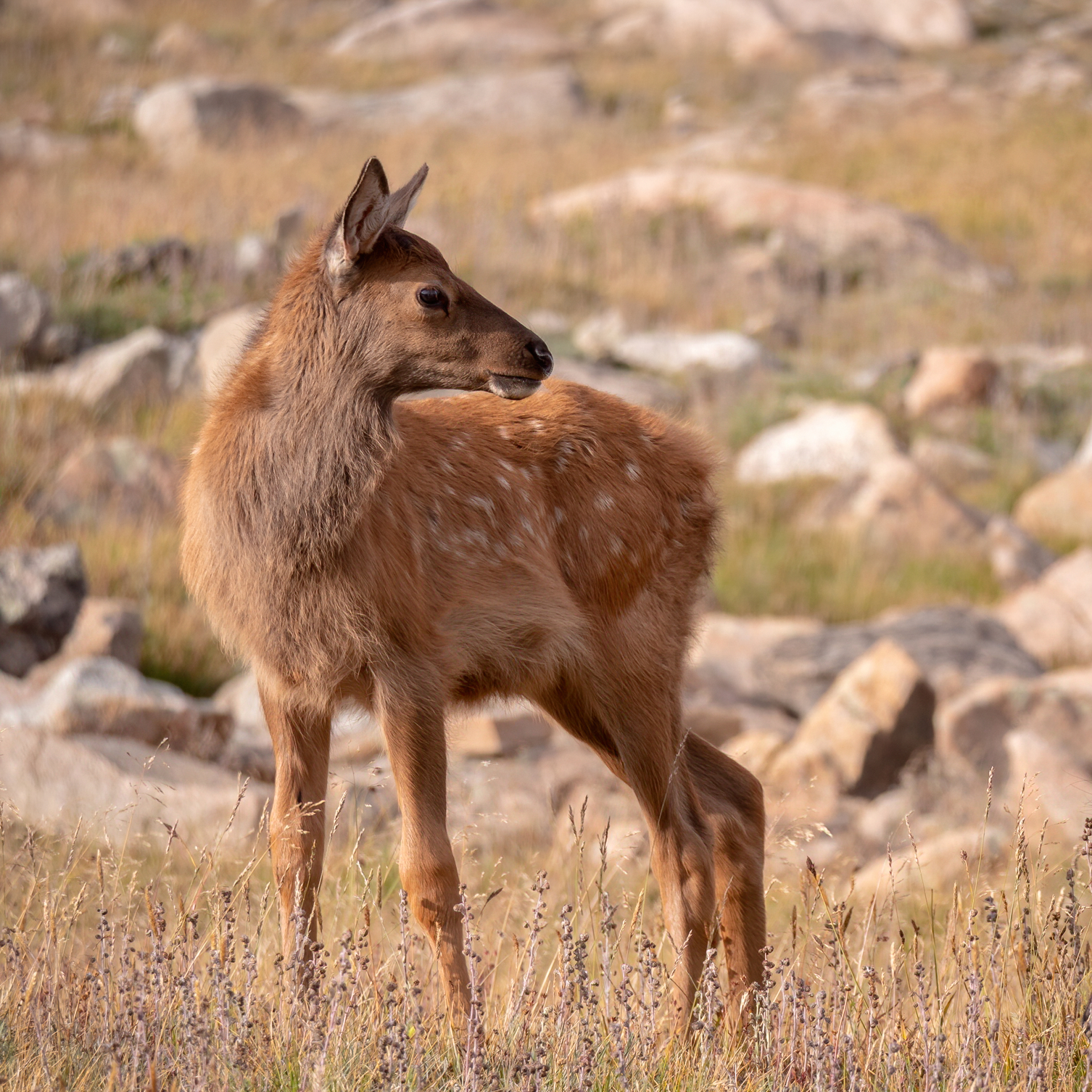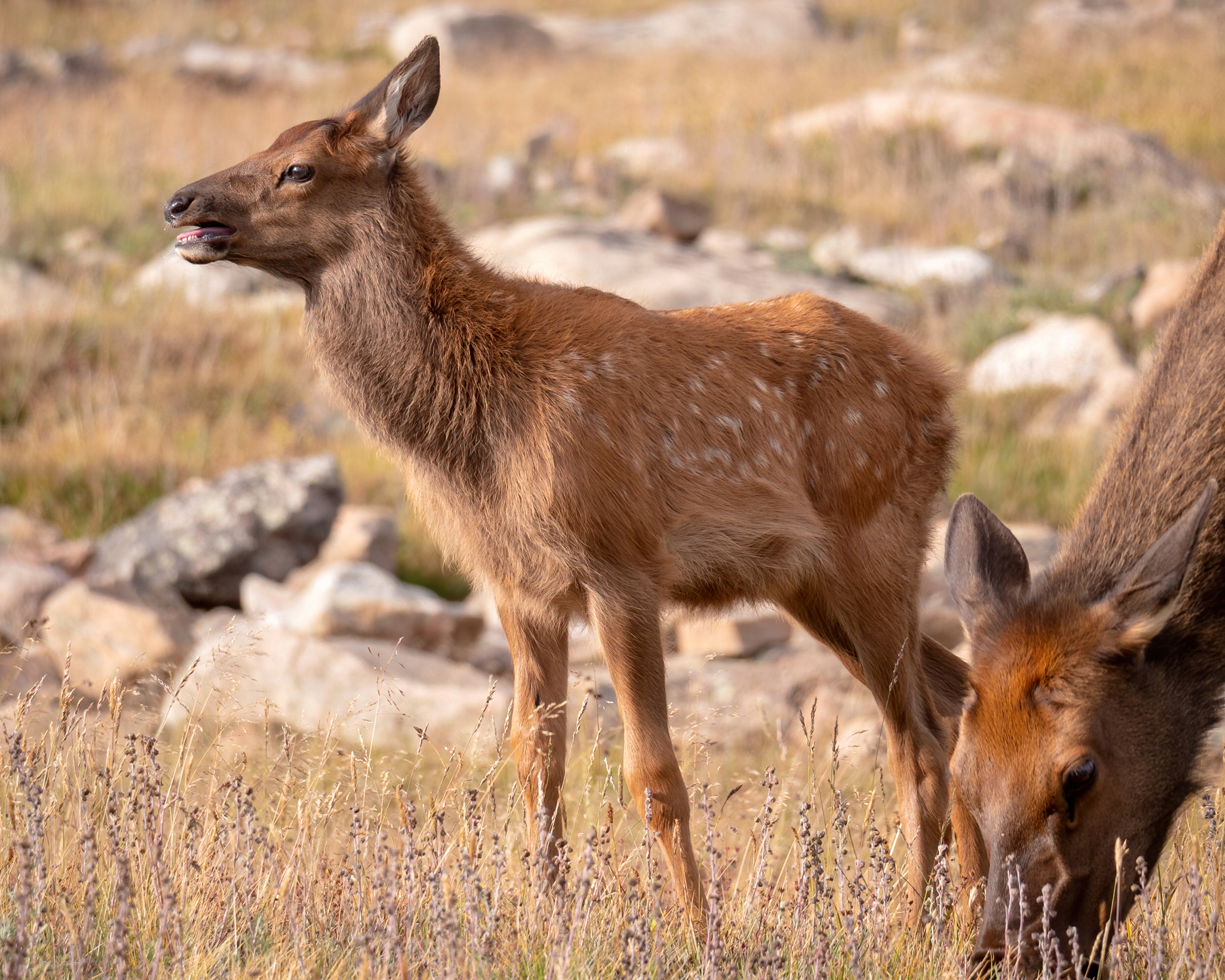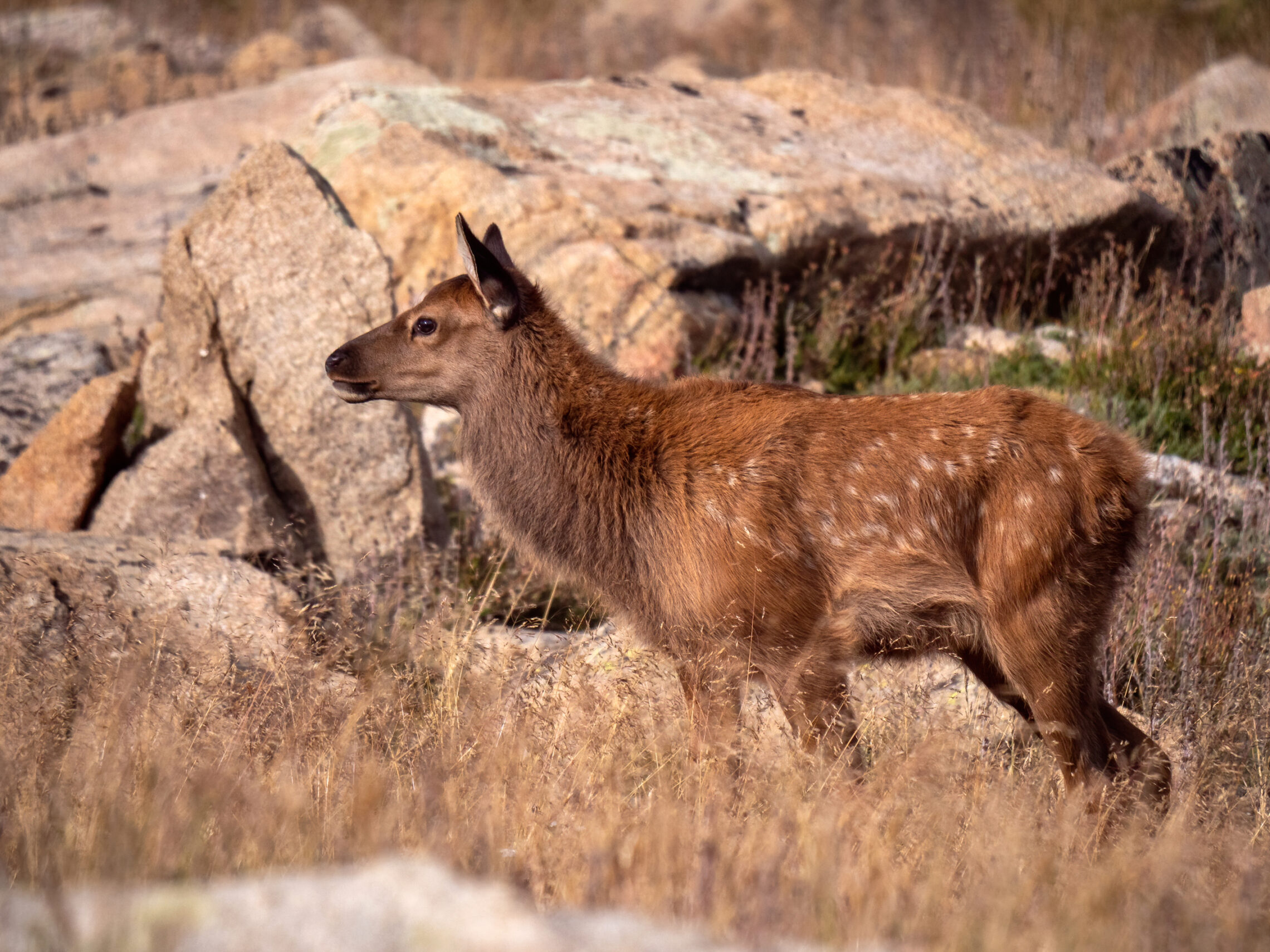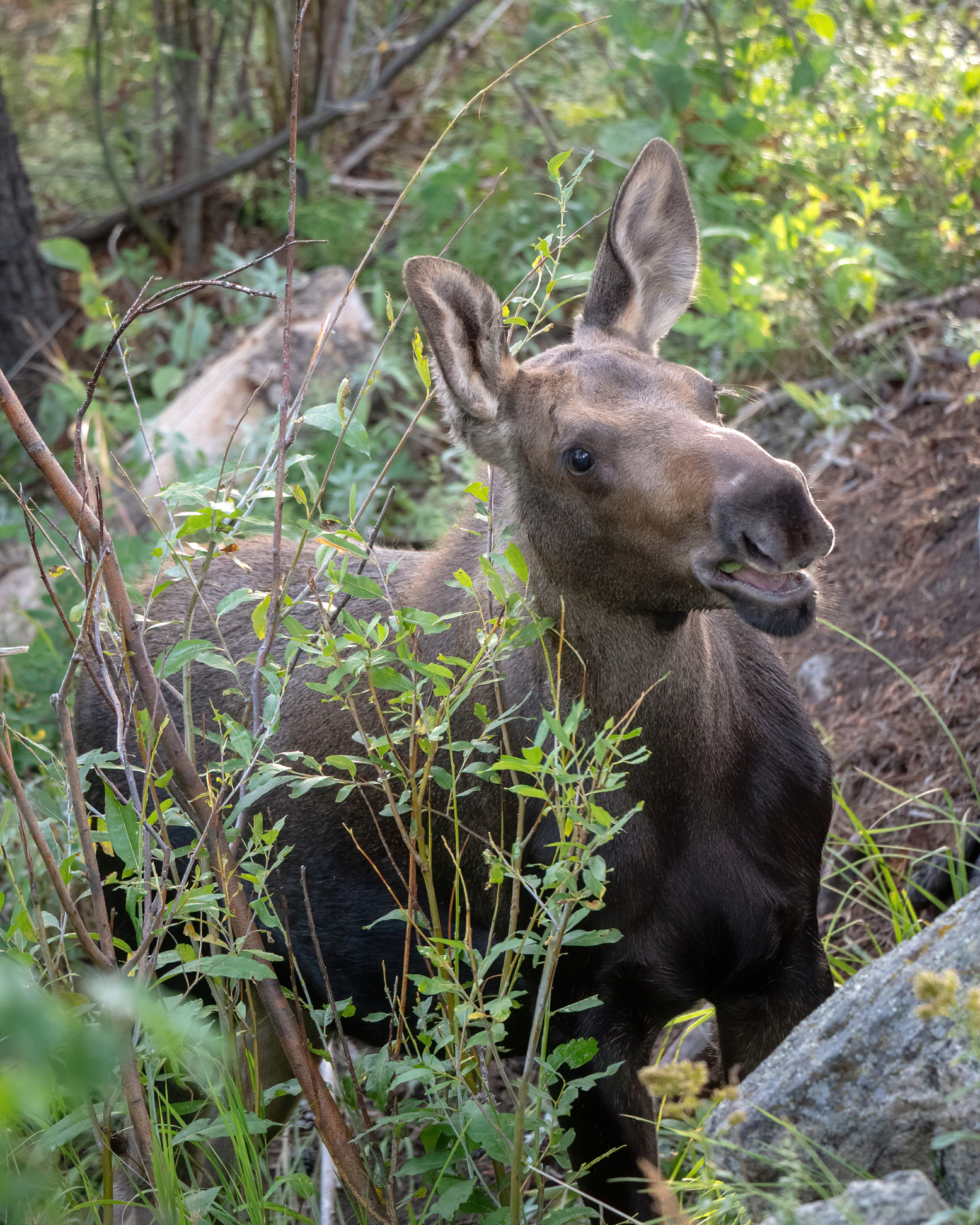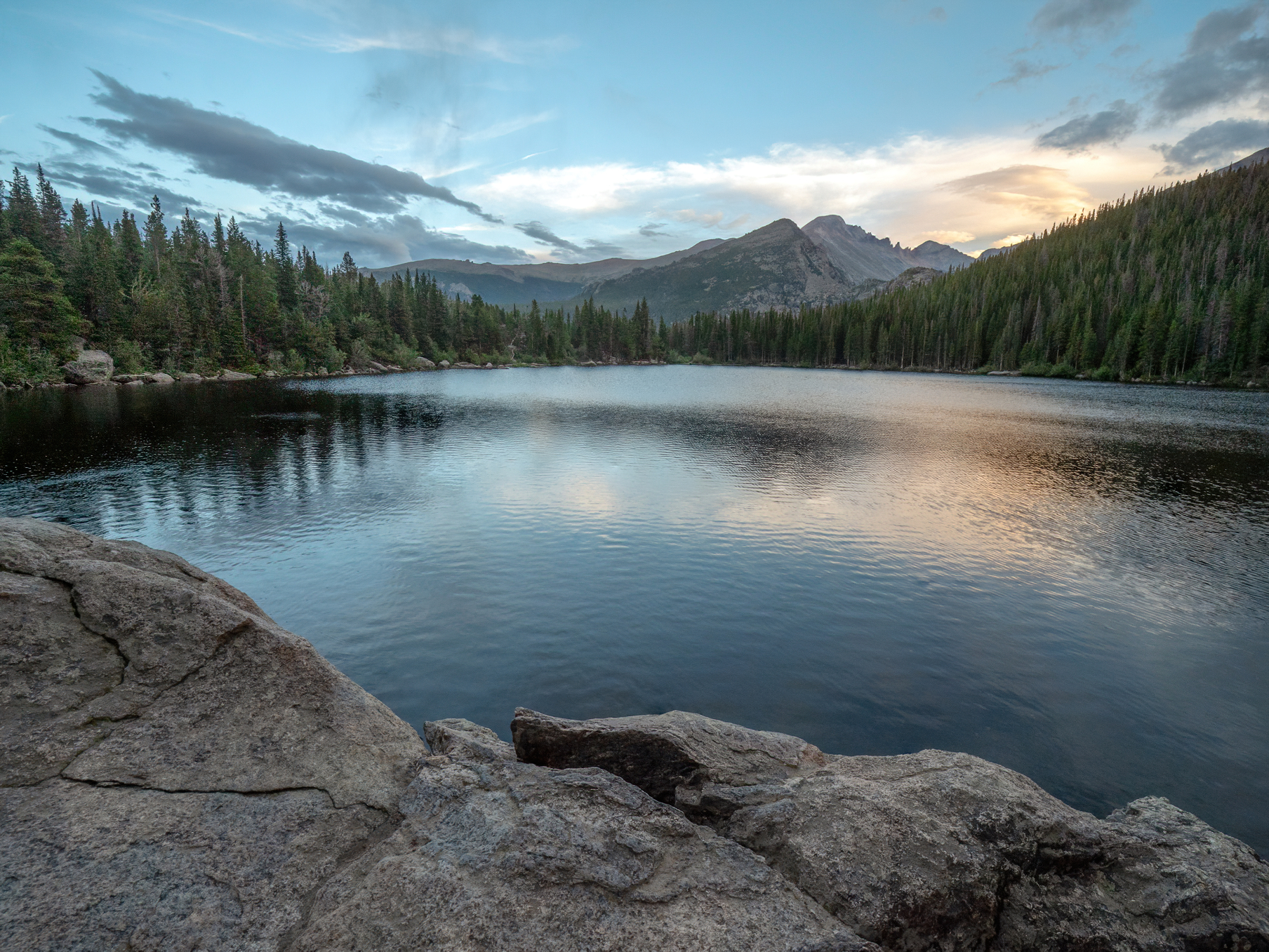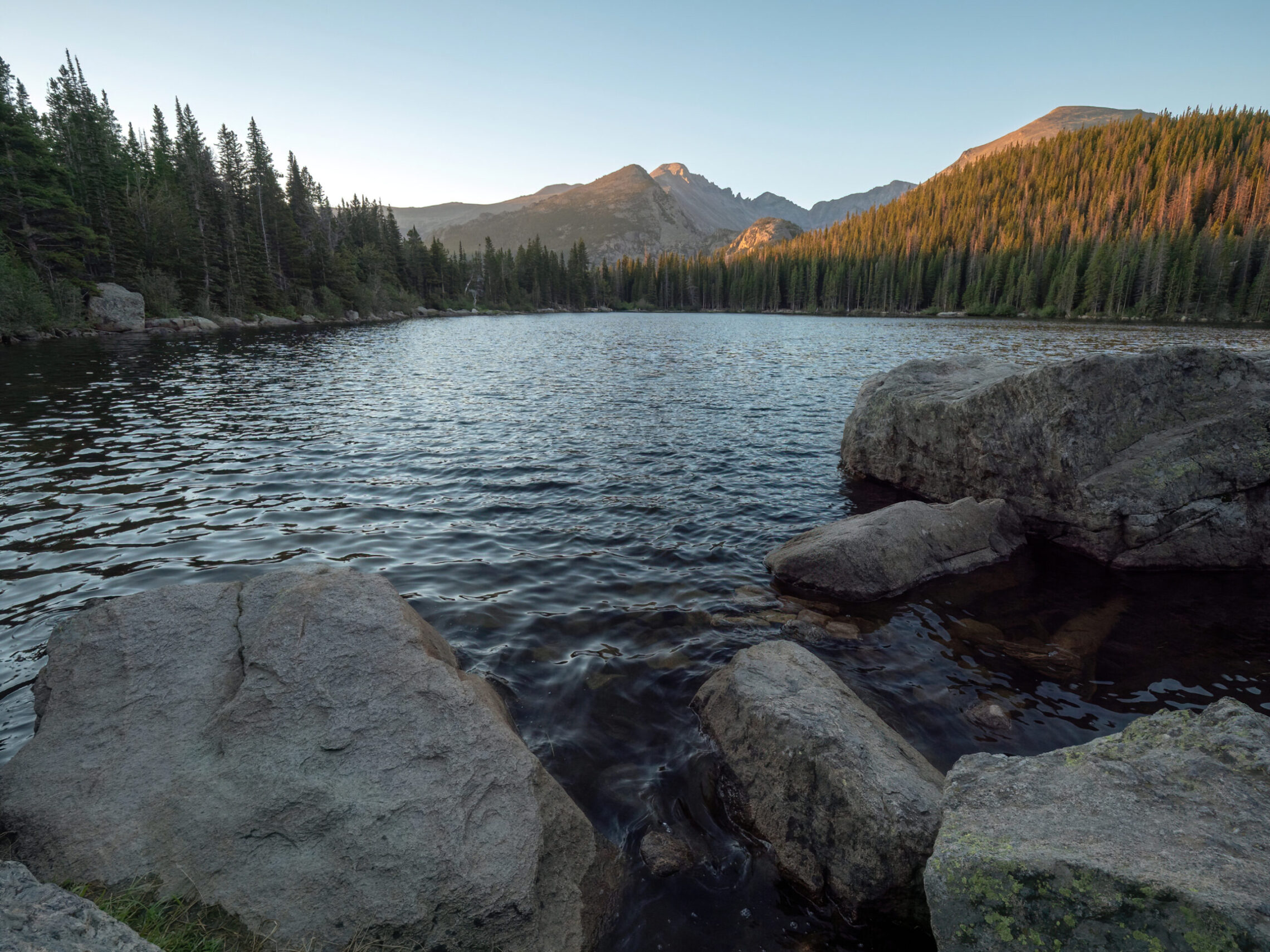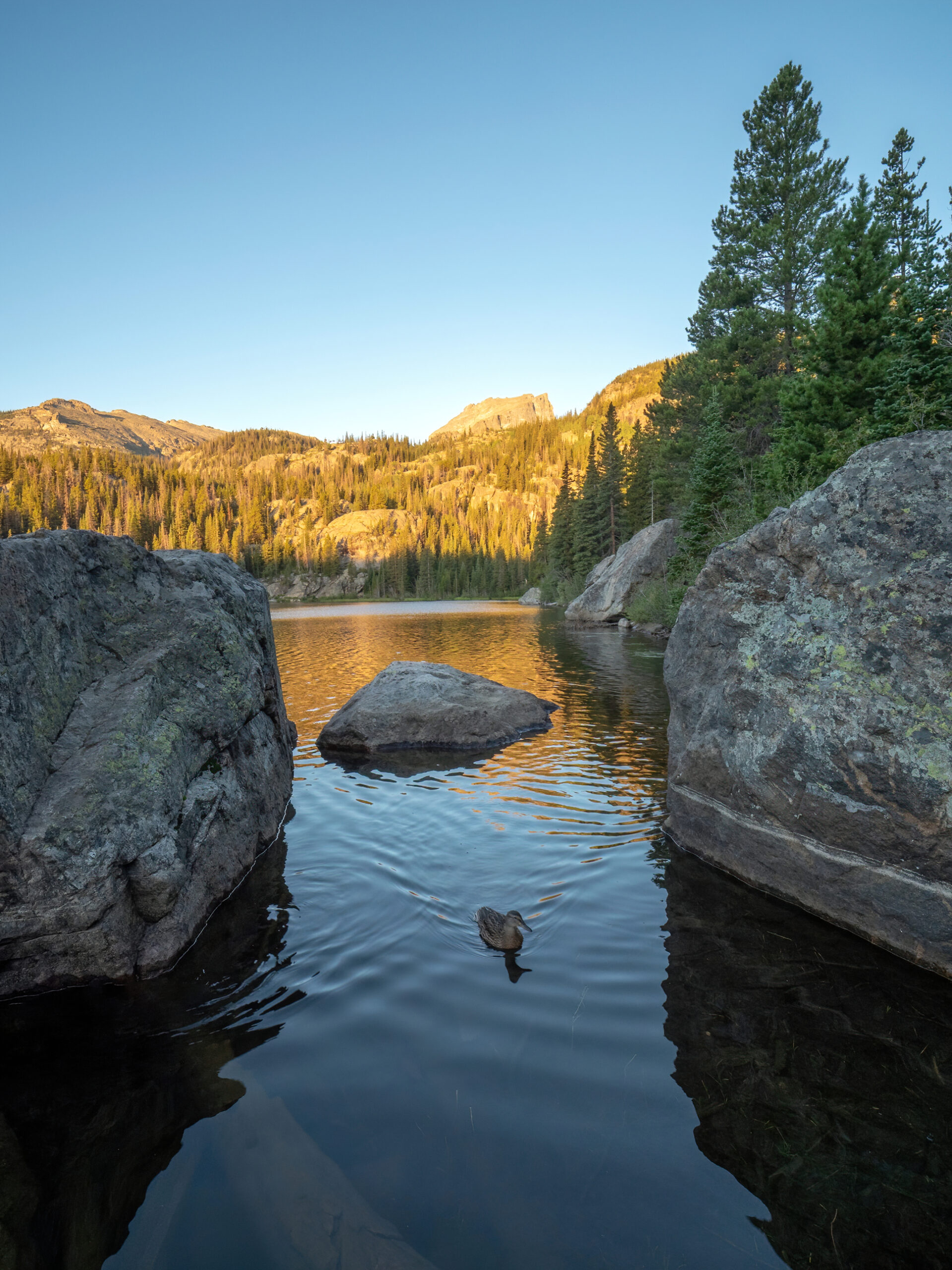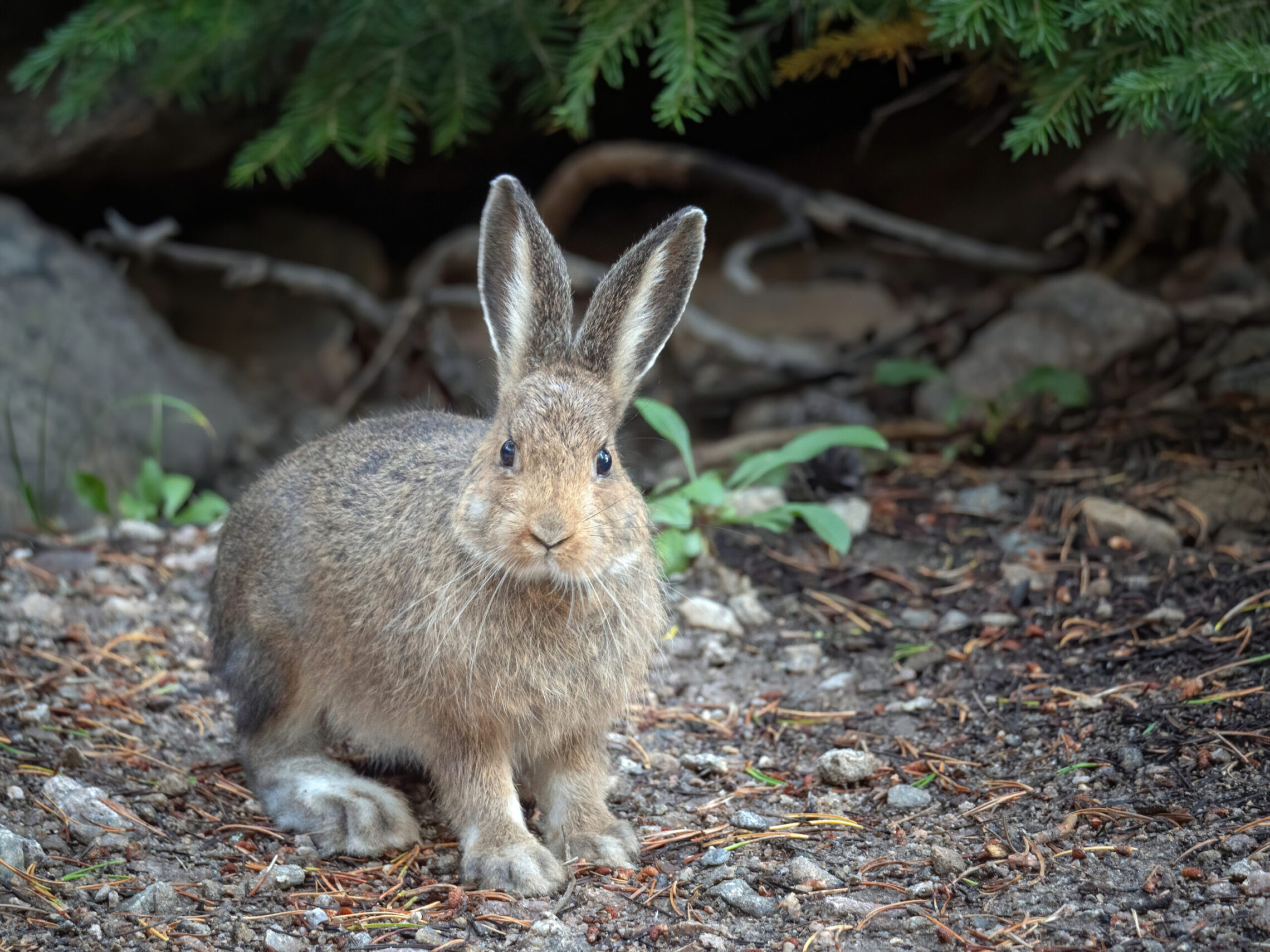At the end of August 2022, I spent 5 full days exploring and photographing inside of Rocky Mountain National Park, staying just outside its boundaries in Estes Park, Colorado. Estes Park is the main access point to the park, with the two most popular entrances just a short drive away, the Beaver Meadows entrance and the Fall River entrance. Estes is home to many lodges, campgrounds and hotels, but also home to an amazing diversity of wildlife and breathtaking landscapes. This was my home base during my trip, staying inside one of the many campgrounds, making the short drive to the park early each morning.
In addition to this post, the photos from my trip are also available in an album format, of just the photos themselves.
To see the the standard length album version of my Rocky Mountain National Park trip, containing 122 photos, click here.
To see the extended length album, featuring 220 photos, click here.
Extended length albums have some photos which may not be up to my normal standards of a decent-looking photograph, but paint a larger picture of my experience as a whole, and show extra versions of my encounters with different wildlife and locations.
Every photo featured on this post and in the albums can be viewed in full screen, and zoomed in to full resolution.
Day 1 was just a half day, as I arrived in Colorado in the afternoon, heading to Estes Park via rental van. I had just enough time to go somewhere for sunset, so once I was inside Rocky Mountain National Park, I drove up the Trail Ridge Road into the alpine section of the park, to the Rock Cut Overlook, at over 12,000 feet of elevation. I then took the Tundra Communities Trail, which is a little over 1 mile roundtrip, reaching upwards of 12,319 feet. With about 35% less oxygen than I was used to having at sea level, and only having just arrived into this ecosystem, this hike was something I took slowly and carefully, catching my breath often. I stayed up top for the sunset, then headed back down for the night.
Day 2 started with waking up early around 3:00 AM, then driving to the Bear Lake trailhead, taking the trail heading up to Dream Lake. Its about a 1-mile hike to arrive at Dream Lake, and at this point it was probably around 4:30 when I finally made it there. I setup my tripod on the side of the lake, watching the swarms of bats flying overhead anytime I turned my flashlight on. It was still dark so I was able to take some photos of the stars in the early-morning sky before photographing the rising sun’s light illuminating Hallet Peak, opposite Dream Lake.
After sunrise, I continued up the trail, following the path of the Tyndall Creek, which is a glacier fed creek originating from the Tyndall Glacier, which feeds into Emerald Lake, Dream Lake, then finding its way into Glacial Creek, continuing onward. My final destination on this trail was Emerald Lake, 10,110 feet elevation, enjoying the views for some time, before turning around.
On the way back down from Emerald Lake, I encountered some smaller wildlife along the way.
The whole hike was about 3.2 miles long, starting at 9,450 feet, rising to 10,127 before coming back down. This is a great introductory hike to the park, passing 3 high-elevation lakes along with endless amazing views of the surrounding mountains. It is also a good way to help acclimate your body to the higher elevations, as I was planning on doing a more strenuous hike in a couple of days, so this helped break me in. On the way back down I was able to enjoy the beautiful Nymph Lake, as when I passed it on the way up, it was still dark out.
In the afternoon of Day 2, I headed up Old Fall River Road, which is an 11 mile long winding gravel road that opened in 1920 as the first road providing access to the higher-altitude section of the mark. This road is narrow, features what feel like endless switchback, and has no guardrails, often right abutting large drop-offs. Here are a couple views from the road.
I pulled over at a few of the trails along the way, venturing in to see if I could find any wildlife off the trail. On one of the spots I stopped I ran into this mule deer munching on some evergreen branches.
As I continued up higher up the road, this snowshoe hare was off the side of the road, mid-transition into its white winter coat.
When I reached the top, the clouds continued to move in, often being at a lower elevation than I.
After driving around for a bit longer and enjoying the scenery, I came across a small herd of elk grazing on grass, near the edge of the mountain, with wide-open views behind them.
By this point the sky was so cloudy, that the setting sun could not be seen, but the views were still pretty good from the Forest Canyon Overlook.
On Day 3, my priority was to find some moose, so I woke up early and drove to the Sheep Lakes, arriving about a half hour before sunrise. The Sheep Lakes are two small lakes located in a large meadow inside the Horseshoe Park section of the park. These lakes are frequented by a variety of different wildlife, including: longhorn sheep, elk, moose, coyote, amongst many others.
As the sun came up, slowly in the distance two bull moose emerged from the tree line, and slowly headed towards these lakes for their breakfast. These moose were giant, as moose can be up to 1,500 lbs (680 kg), and they will generally eat around 40-60 lbs of food per day. I watched for about an hour as these moose dunked their heads in the lake’s water, munched for a bit, and then emerged to take a breath and finish chewing. They basically did this nonstop for the whole hour, before coming back to dry land, and heading off across the meadow and into the woods.
Keeping a safe and respectable distance, I followed into the woods as well, making sure to not actually head towards them, but just keeping up with their pace and direction they were heading, but from a distance away. After tracking for about 20 minutes, they slowed down to eat and I was able to crouch behind a large tree across the clearing from their position, watching them walk from one bush to another, eating as they went. They did this for the better part of a half hour, allowing me to get some good closer shots, before heading deeper into the woods, both they and I going on our separate ways.
On the afternoon of Day 3, I again took a drive up Old Fall River Road, as this is a great area to find wildlife, and the landscapes along the way are amazing as well. It is also unique because as you climb higher and higher, the ecosystems change along with the altitude.
Chasm Falls is a 25 foot waterfall where the Fall River funnels through a narrow gorge, and is a quick hiking detour off of Old Fall River Road, and is worth the quick trip to see.
As I continued upwards, a female dusky grouse walked across the road and into the forest, followed by a couple of her chicks.
Just before the subalpine region turned into the alpine, and I passed the tree line, I encountered this yellow-bellied marmot.
After reaching the top of Old Fall River Road, it was getting late in the afternoon, and I was to wake up very early the following morning, so I called it a day.
Day 4 started with waking up at 1:00 in the morning, as I had a long hike ahead of me, and a destination I intended to reach before sunrise. I arrived at the Glacier Gorge Trail for 2:00 AM, and then began the 5-mile hike up, climbing almost 2,000’ of elevation along the way, to reach the 10,900 foot elevation Sky Pond. With my headlight on I began the journey up, only encountering a few other people hiking at this hour along the way.
This photo in no way captures how incredibly beautiful this location was, especially with the fast-moving clouds touching the mountaintops. As the sun rose it touched the top of the spires in the distance, with the warm glow the first sunlight of the day provides. To my surprise I could see some people rock climbing way in the distance, at what was 6:30 in the morning. The Petit Grepon, the Sabre and Sharkstooth are the three prominent spires at the center of this photo, and are popular climbing routes. I thought waking up early and hiking to this pond was tough enough, so I could only imagine adding a strenuous rock climb on top of that.
After I made my way back down to pond level from my sunrise photography perch, I took this photo of Sky Pond from the front side.
On my way back down I was able to enjoy all the sights I missed out on while hiking up in darkness. In order to reach Sky Pond in the first place, I had to scramble up a 100 foot section of a waterfall, which was flowing quite heavily from recent rain and snow melt. The Timberline Falls lie between the Lake of Glass and Sky Pond, and both the climb up and down this waterfall can be quite tricky. I stopped to take a photo of both the Timberline Falls and the Lake of Glass before more people started to show up, as it was still fairly early in the morning.
Here are some more of the sights along the way back down.
Not to mention these two photogenic chipmunks along the way.
At the end of Day 4 I headed to Bear Lake and Sprague Lake area, with the intention of photographing Sprague Lake at sunset. As it does most afternoons in Rocky Mountain National Park in the summer, it rained for a few hours, and the sky was filled with some pretty dramatic clouds I hoped to capitalize on for a photograph. But, I had some time to kill so I walked on some of the shorter trails in the surrounding area, coming across a bull elk amongst some trees.
This elk was absolutely massive and downright magical to see in this type of intimate setting. Bull elk can weight up to 800 pounds, average around 5 feet tall and will reach about 9 feet high when you include their massive antlers. Of all the elk I saw during my time inside of Rocky Mountain National Park, this one was by far the biggest and the most impressive. It is quite possibly the largest elk I have ever seen up close in person. The average set of antlers on an elk are about 6 feet (1.8 m) wide, and these ones were gigantic. He makes those full-size pine trees look so small by comparison.
After spending some good time with this elk, I had just enough time to make it to Sprague Lake to catch the setting sun’s light reflecting off the different layers of clouds present in the sky from the storm which passed through earlier.
Day 5 started where Day 4 ended, at Sprague Lake. The sunrise was nice, but the highlight was two moose cows in the lake, as well as a moose calf about 20 feet off the shore, being carefully watched over by its mom in the water. I made my way around the lake, photographing the moose and the calf, while keeping a respectable distance at all times. The females were busy eating some aquatic plants in the lake, constantly dunking their head underwater and emerging with a mouthful of plants.
After observing the moose for well over an hour, I made my back up top to the alpine region of the park, via the Trail Ridge Road.
For the second half of Day 5, I had one target in sight, pika. For the next few hours I focused solely on photographing these unique creatures, which can quite the difficult task. They rarely stay still for long, scurry about incredibly fast, and will just briefly appear from beneath the rocks to gather some plants, quickly retreating back to safety. Not to mention how small they are (6-8 inches long), so you need to be fairly close to them to get a good photo. On top of that you must stay on the trail at all times in this section of the park due to the very sensitive plant life which grows there, really limiting where you can take a photograph from. So, it is really a bit of a game to be able to photograph them.
Nearby where the Pika were, I also had a great opportunity to photograph a yellow-bellied marmot that I could hear chirping in the distance.
While walking the trail where I was photographing the pike, two bull elk were making their way up the mountainside in the distance.
The expansive views from the top are impressive, showing where the subalpine meets the alpine, high-altitude lakes, and patches of remaining snow yet to fully melt, surrounded by the beautiful Rockies.
As I made my way back down the Trail Ridge Road, heading towards Bear Lake for sunset, I had another opportunity to photograph some elk, including a calf, just off the side of the road.
And also a bonus moose calf, eating some leaves off a plant, on the side of a river with its mother close by.
I ended my day with going to western side of Bear Lake, to watch and photograph the setting sun’s light illuminating the clouds above this beautiful lake, with Longs Peak in the distance.
Day 6 was short, as I needed to get to the airport for early afternoon. So I really only had time to do a couple small things. I started with sunrise at Bear Lake.
Afterwards I walked the trail that goes around the perimeter of Bear Lake, when this snowshoe hare hopped across the path ahead of me and made its way up a hill, stopping under an evergreen tree about 25 feet away from me, looking back. I was able to grab a few photographs in that moment before it hopped deeper into the forest and I walked back. As I continued on to leave the park to head to the airport and eventually back home, this felt like a satisfying goodbye, with this hare stopping for a brief moment to check me out, before we both departed.
Thank you for joining me on this trip to Rocky Mountain National Park. Here are the links again to the album versions.
To see the the standard length album version, click here.
To see the extended length album, click here.






